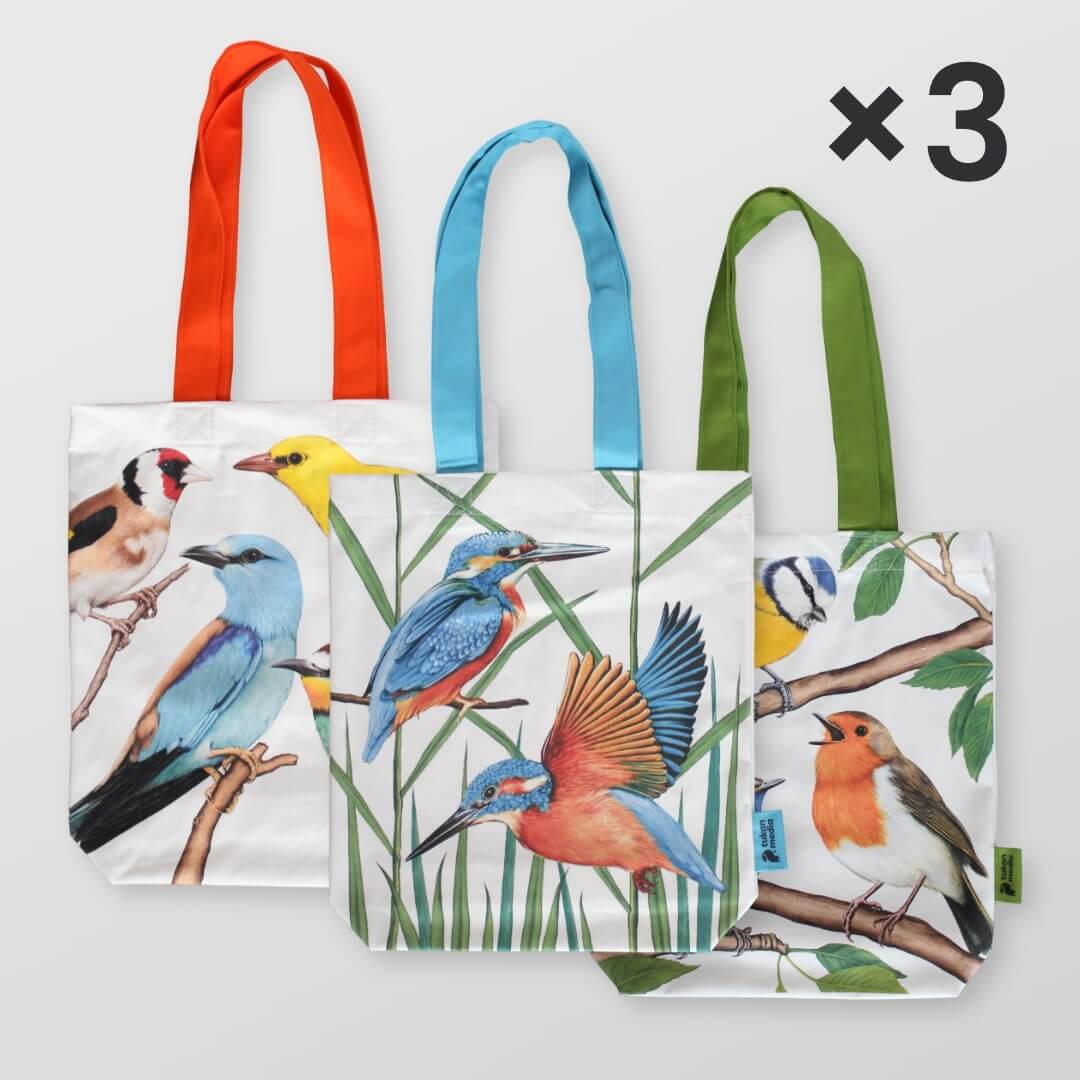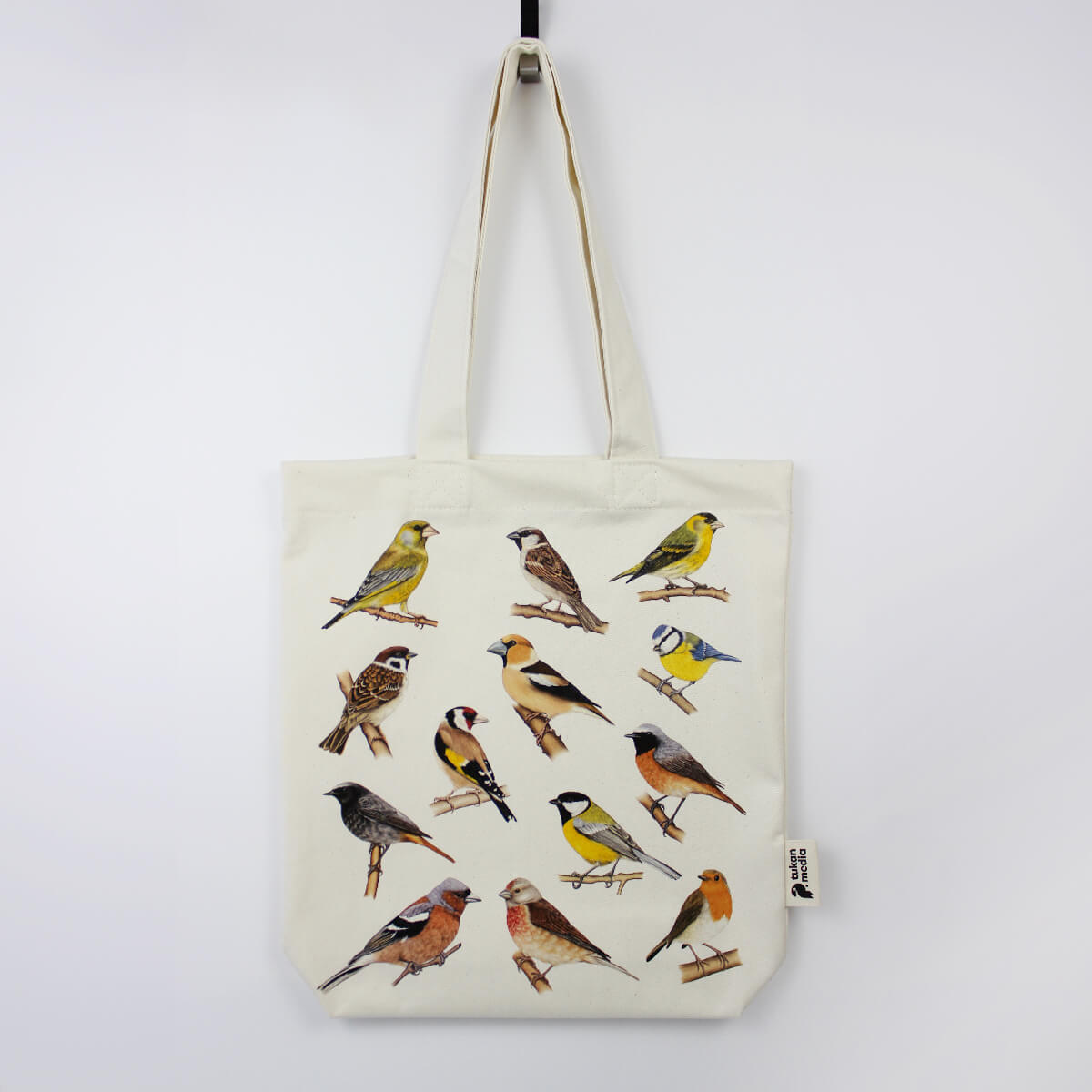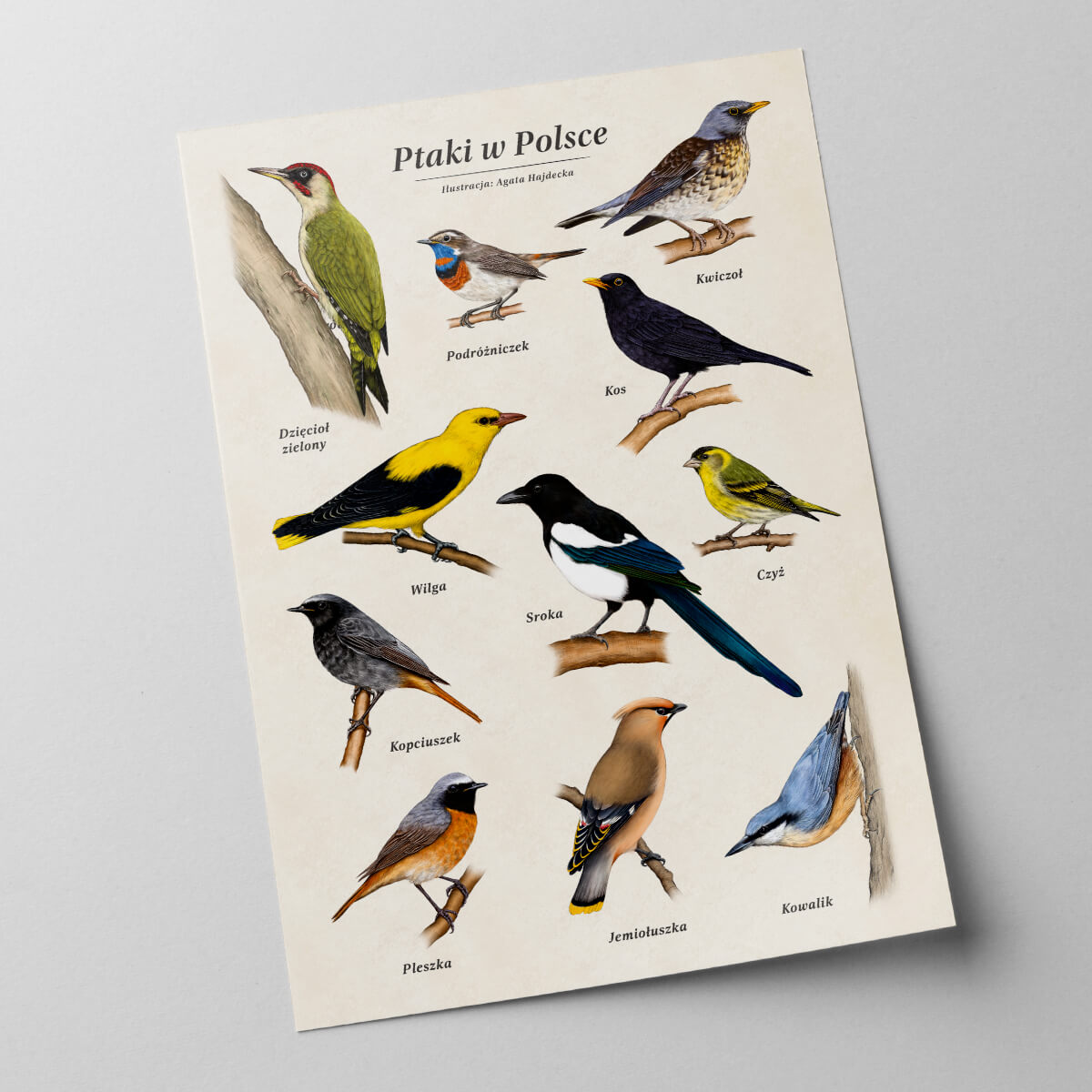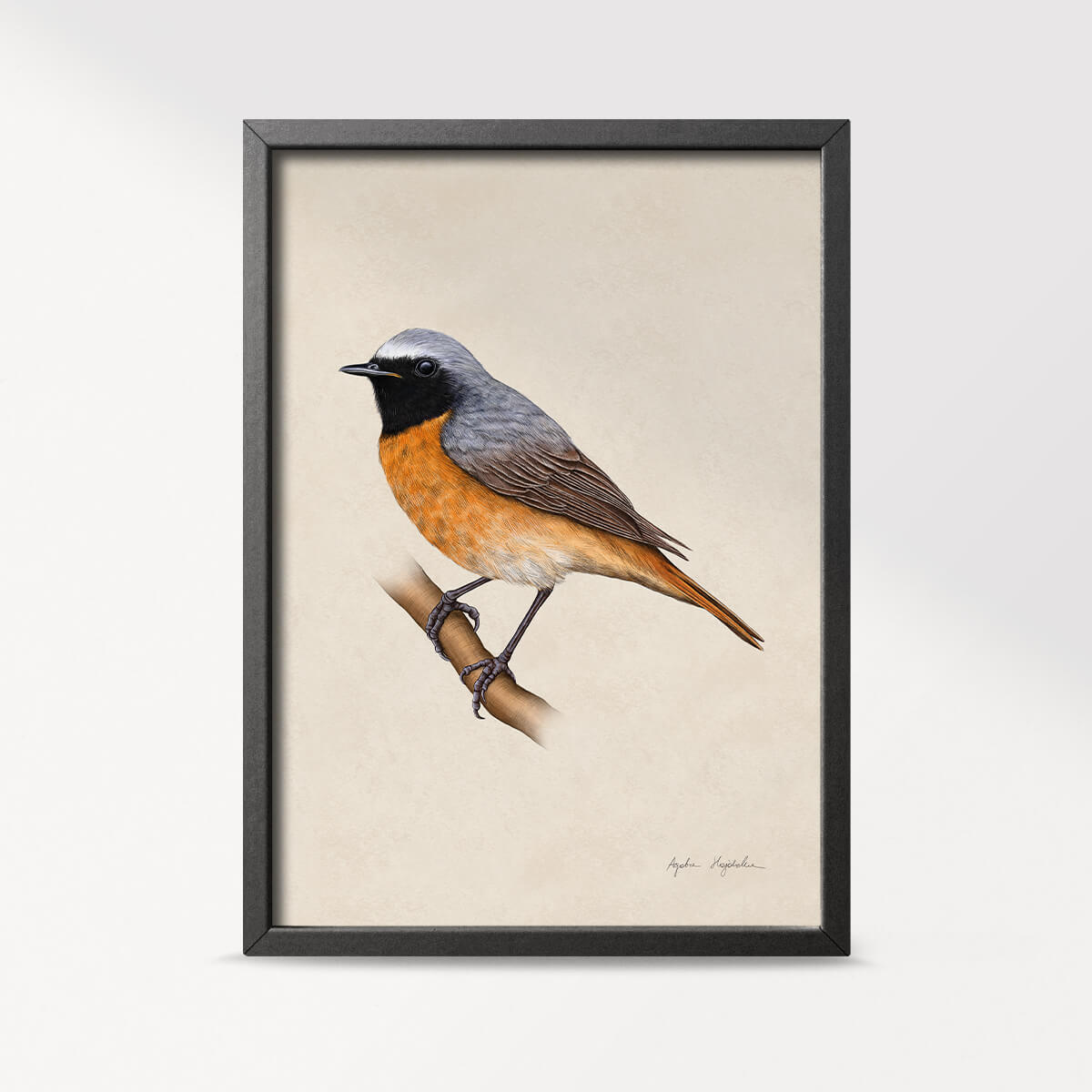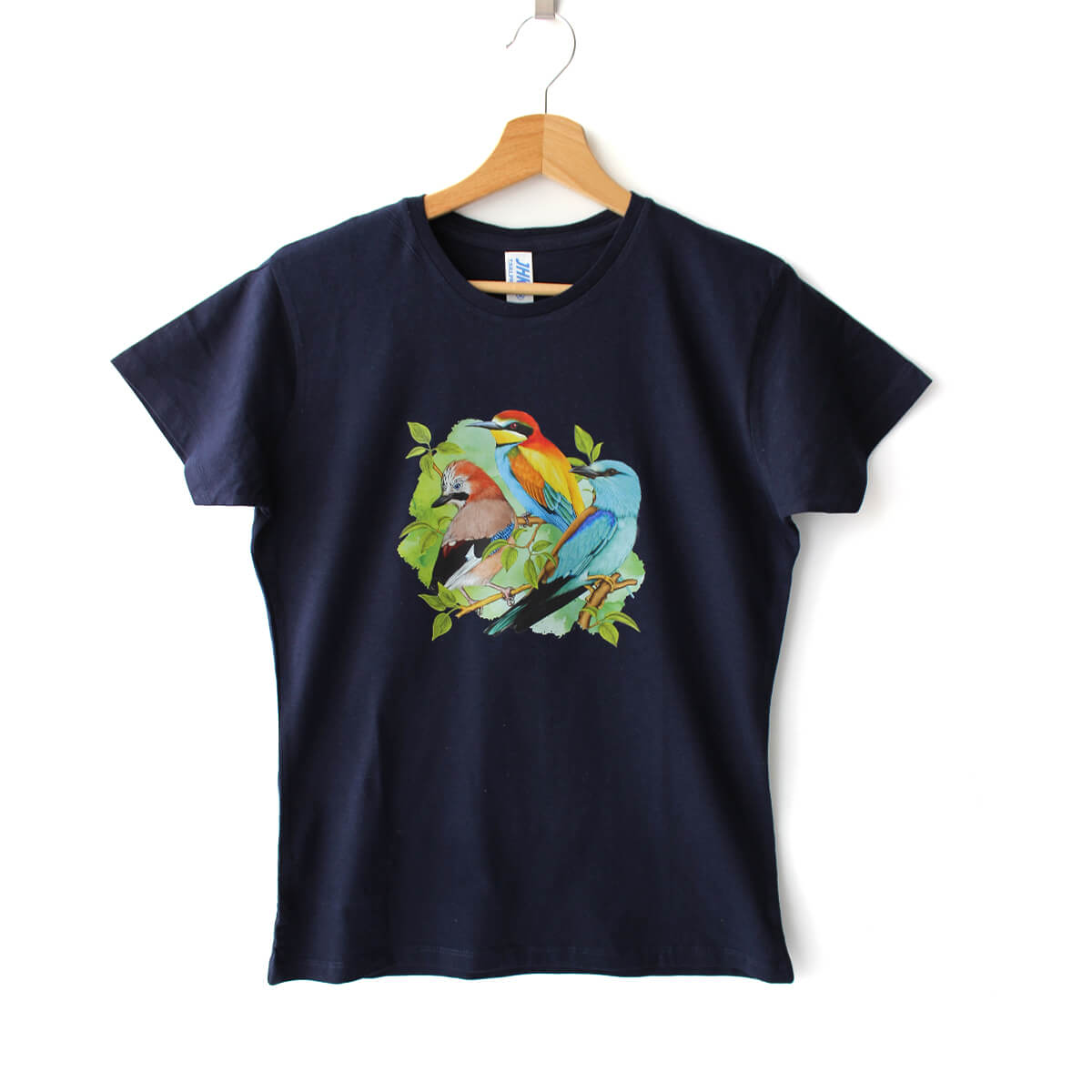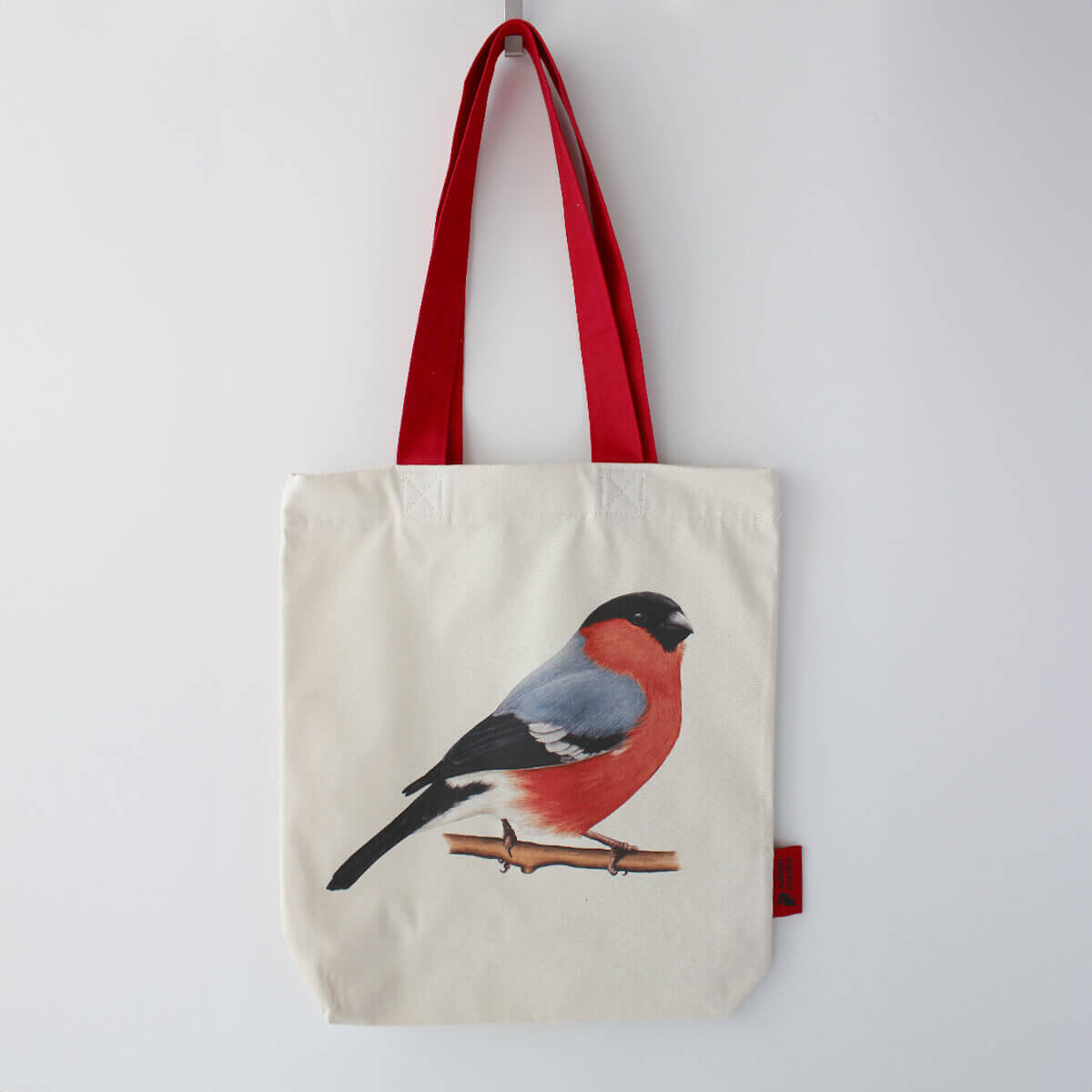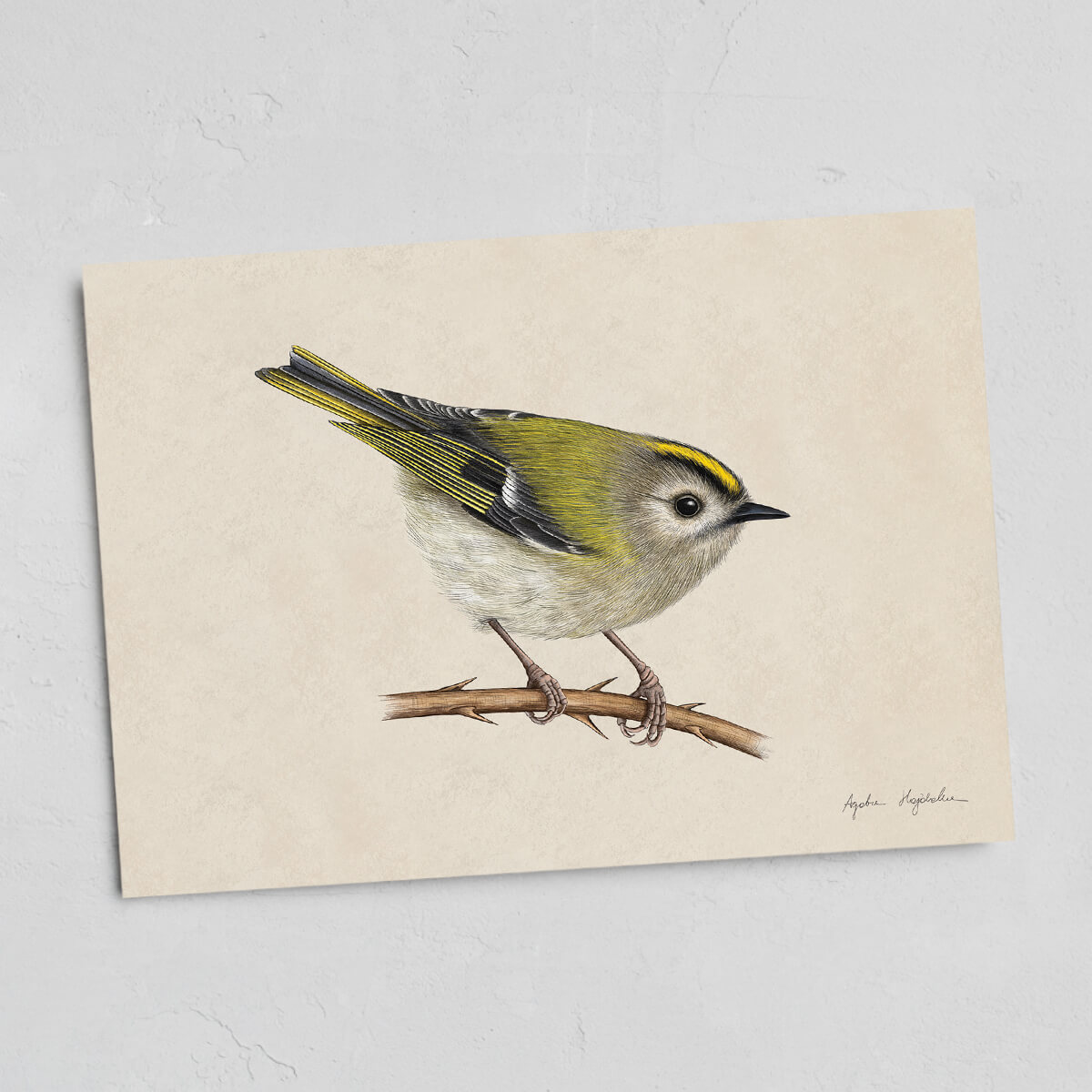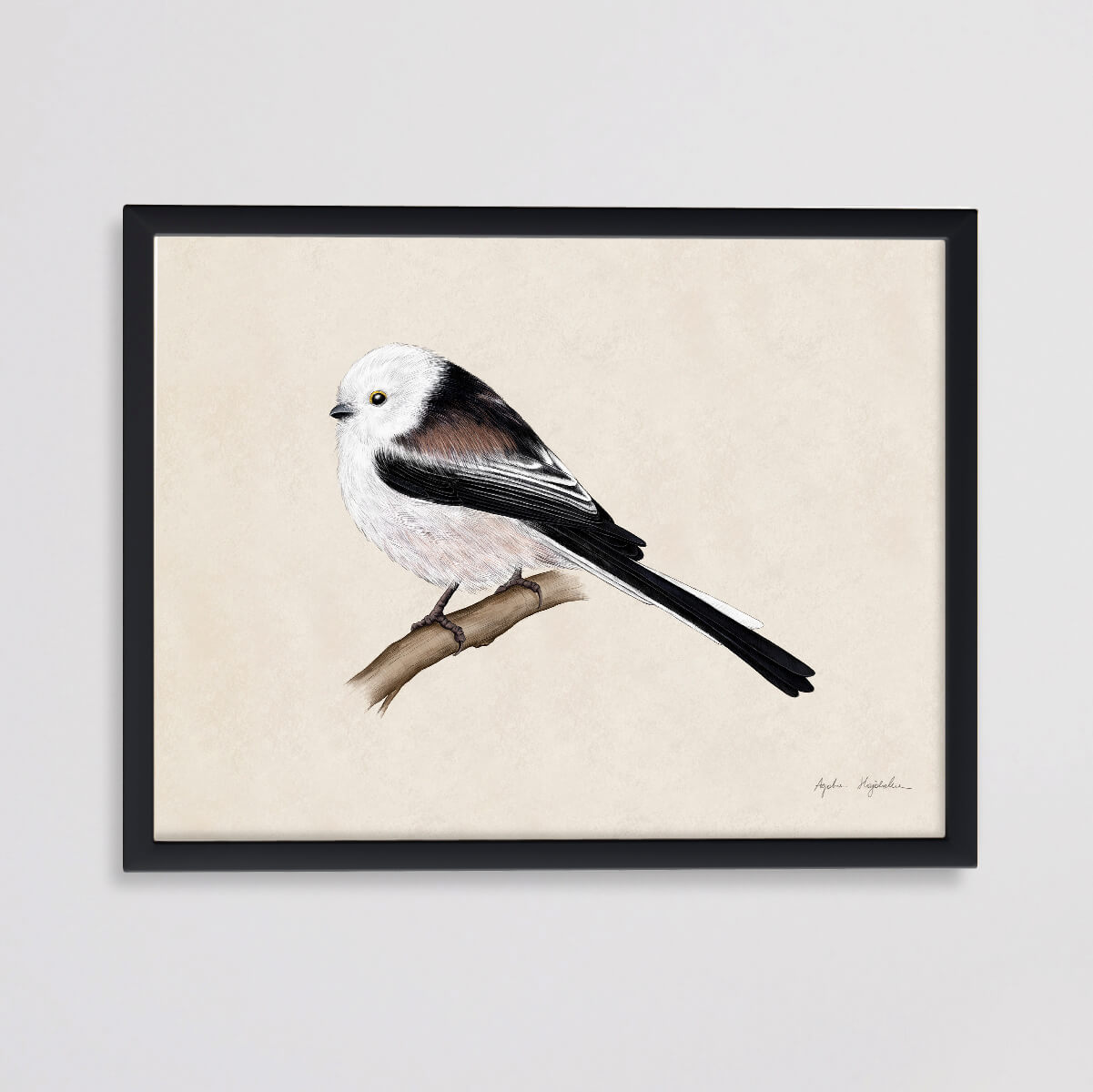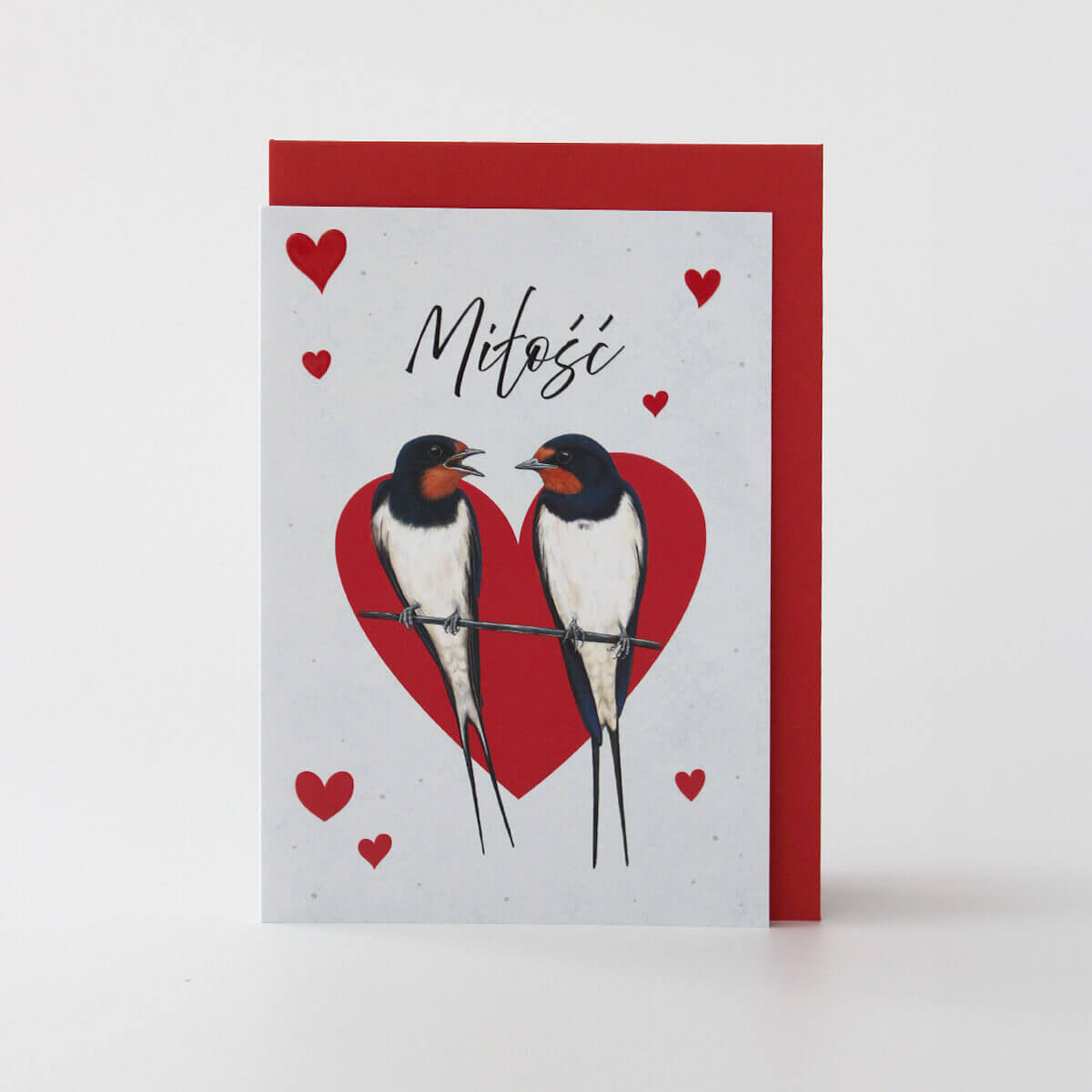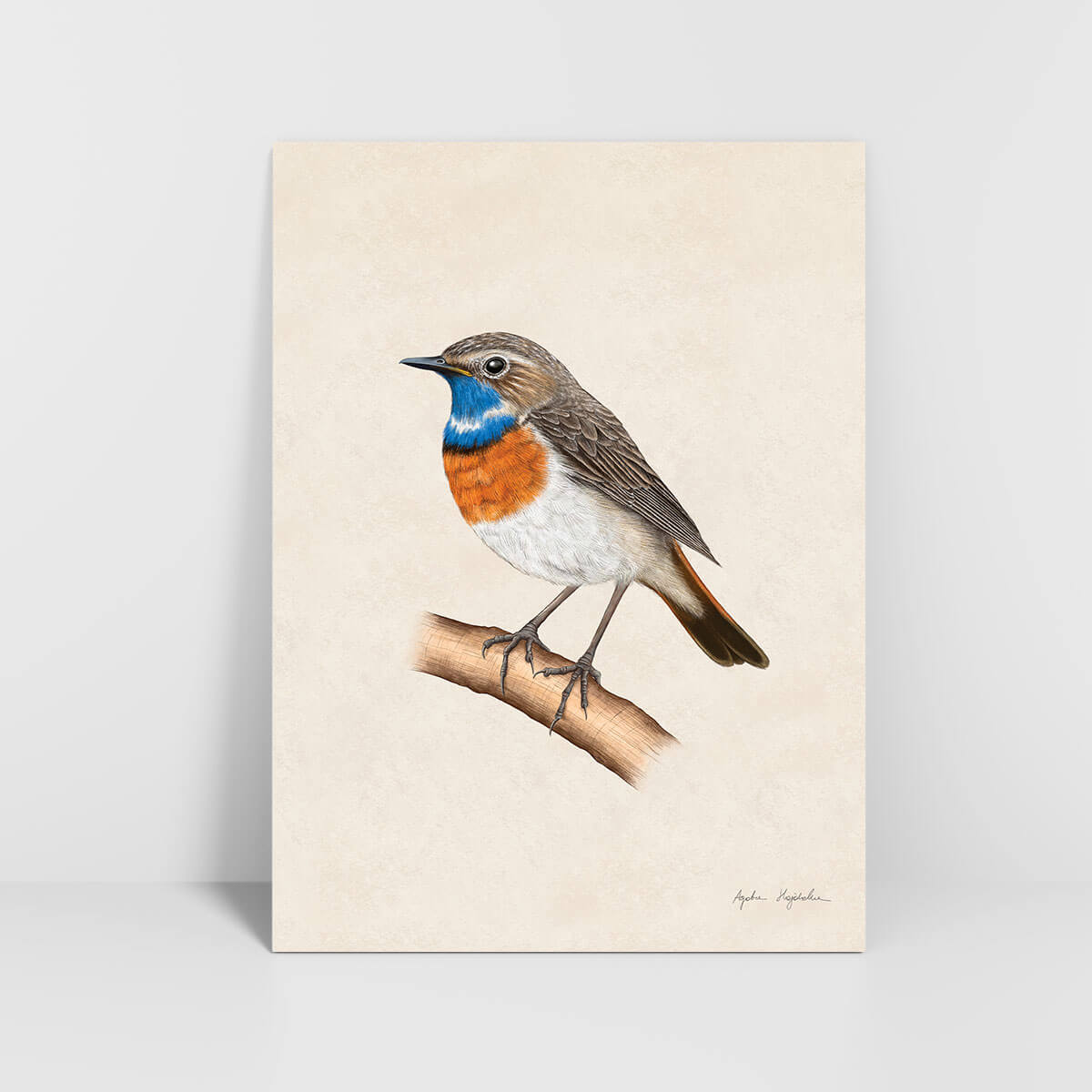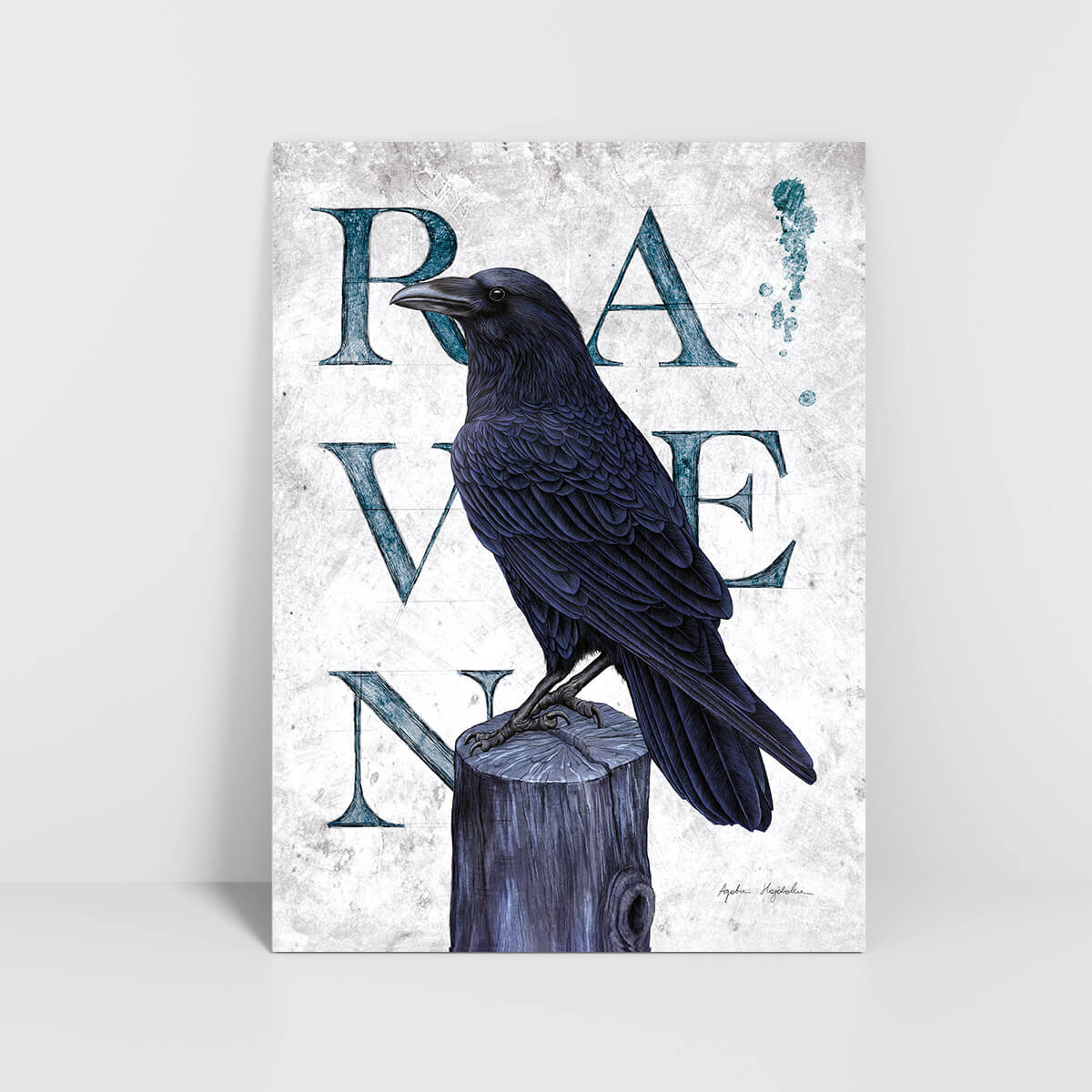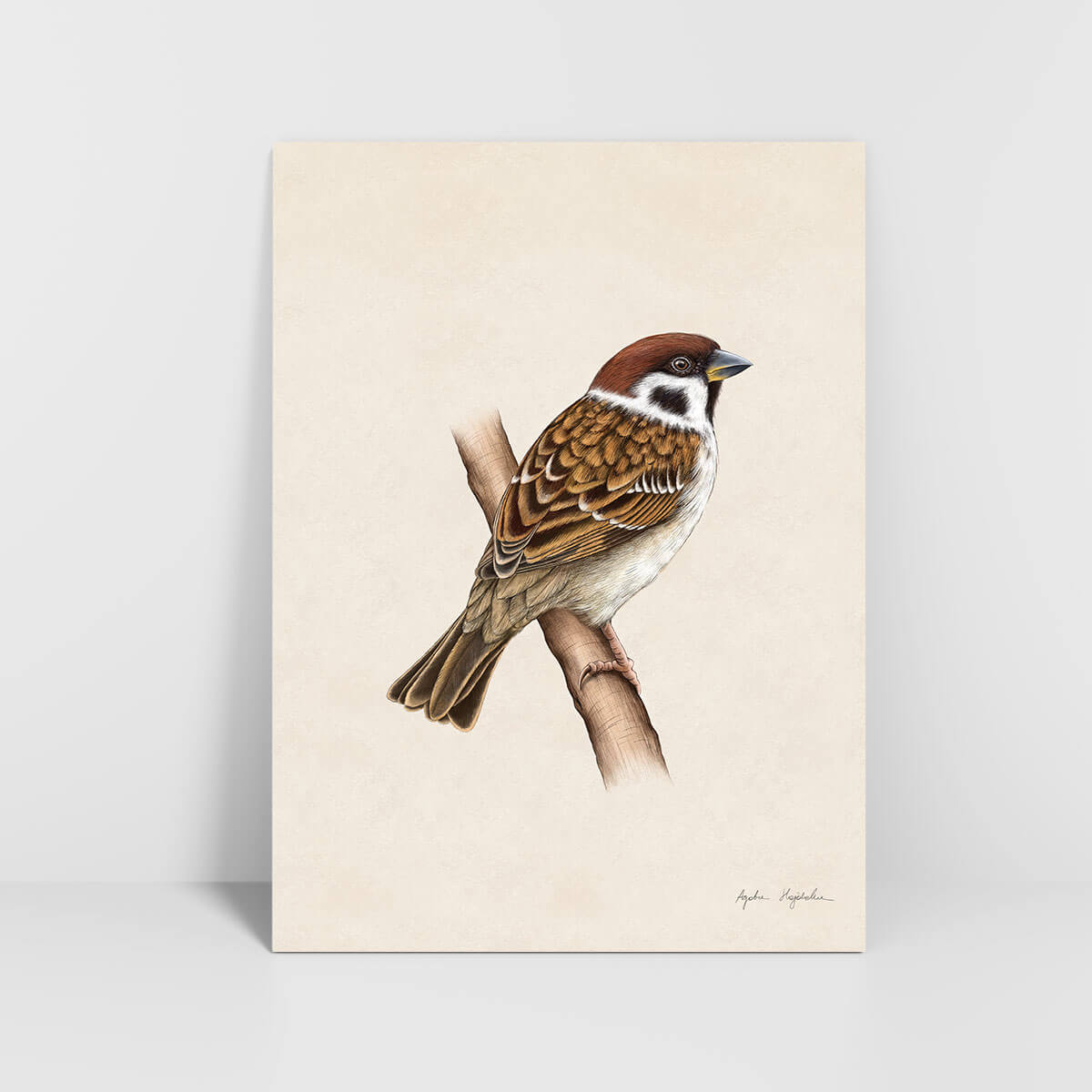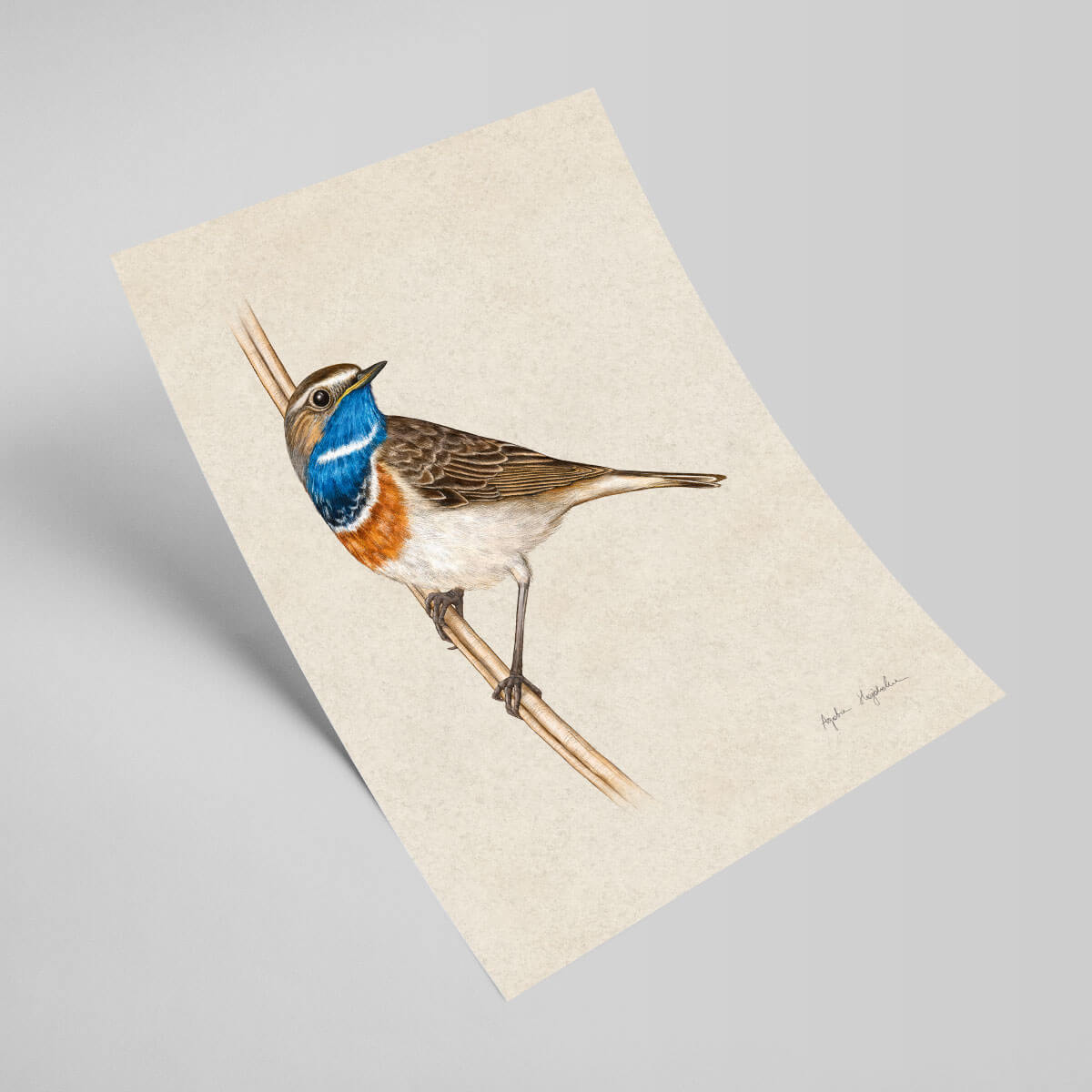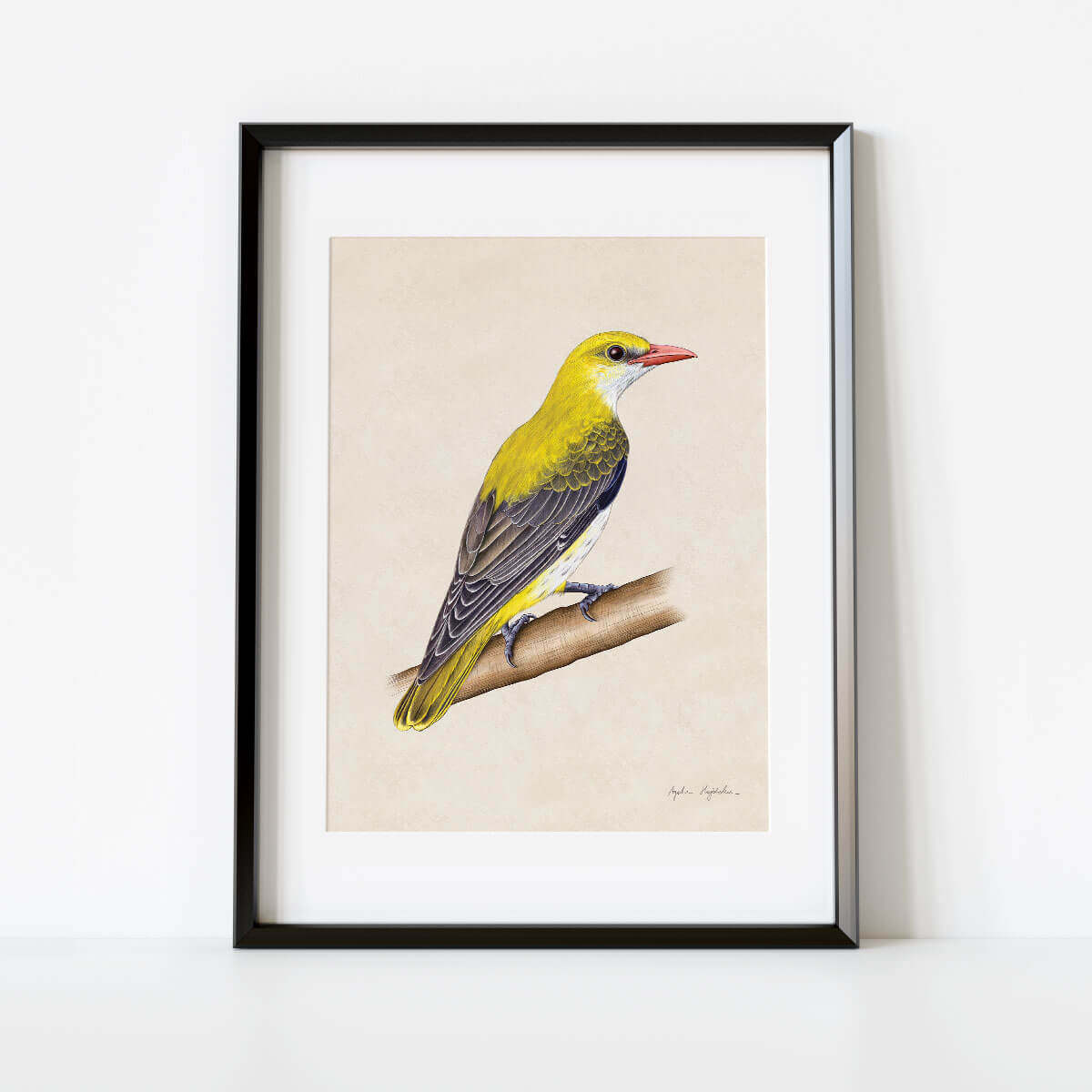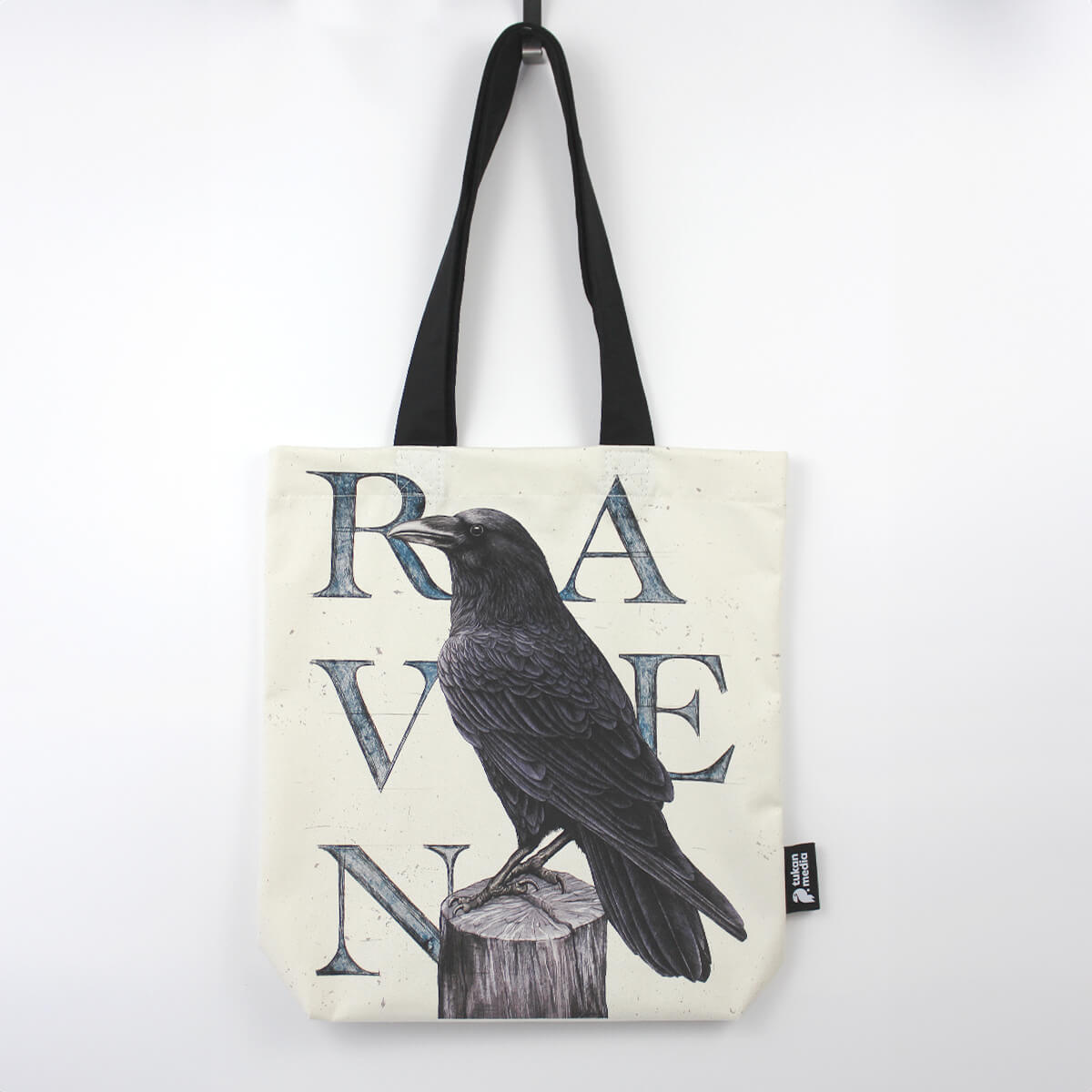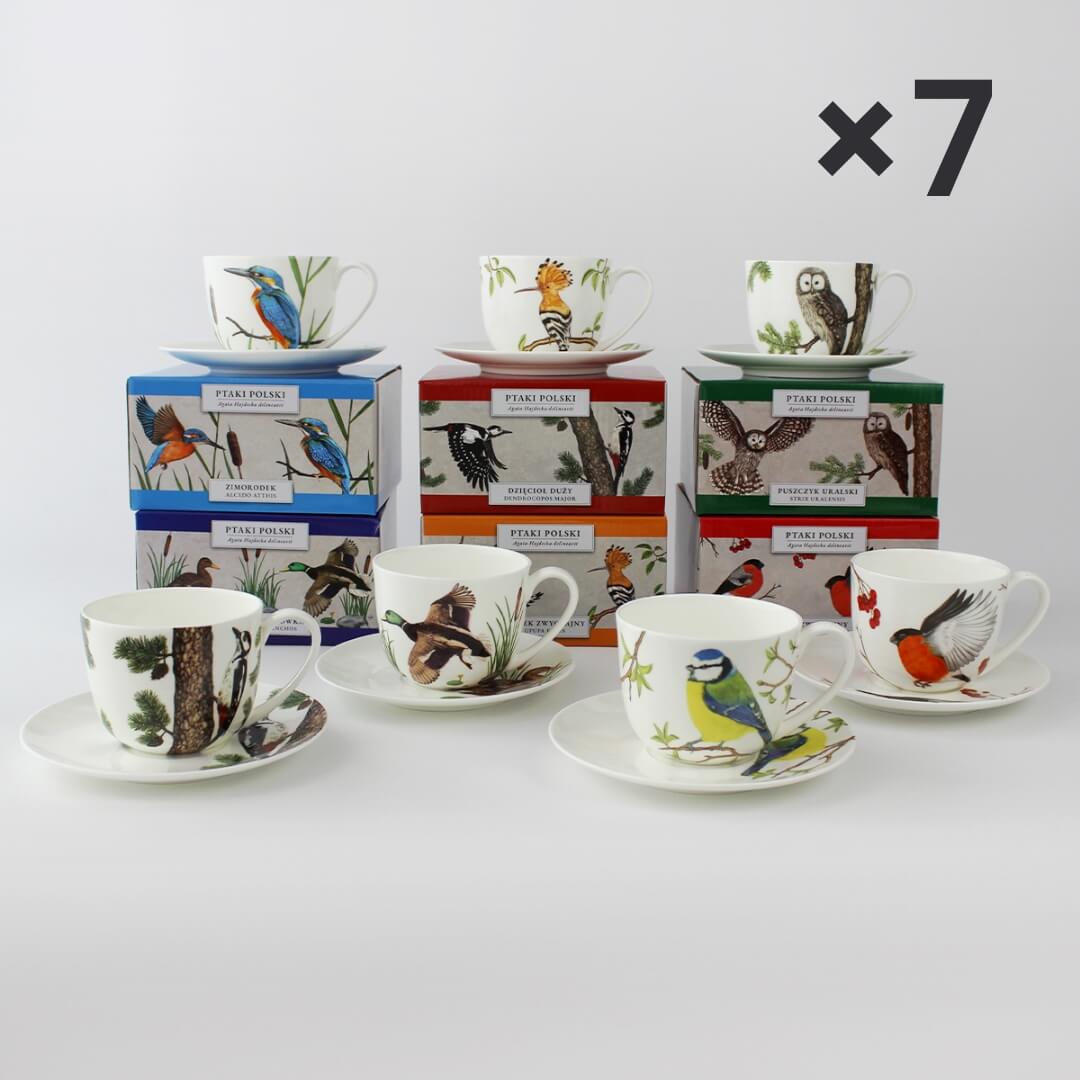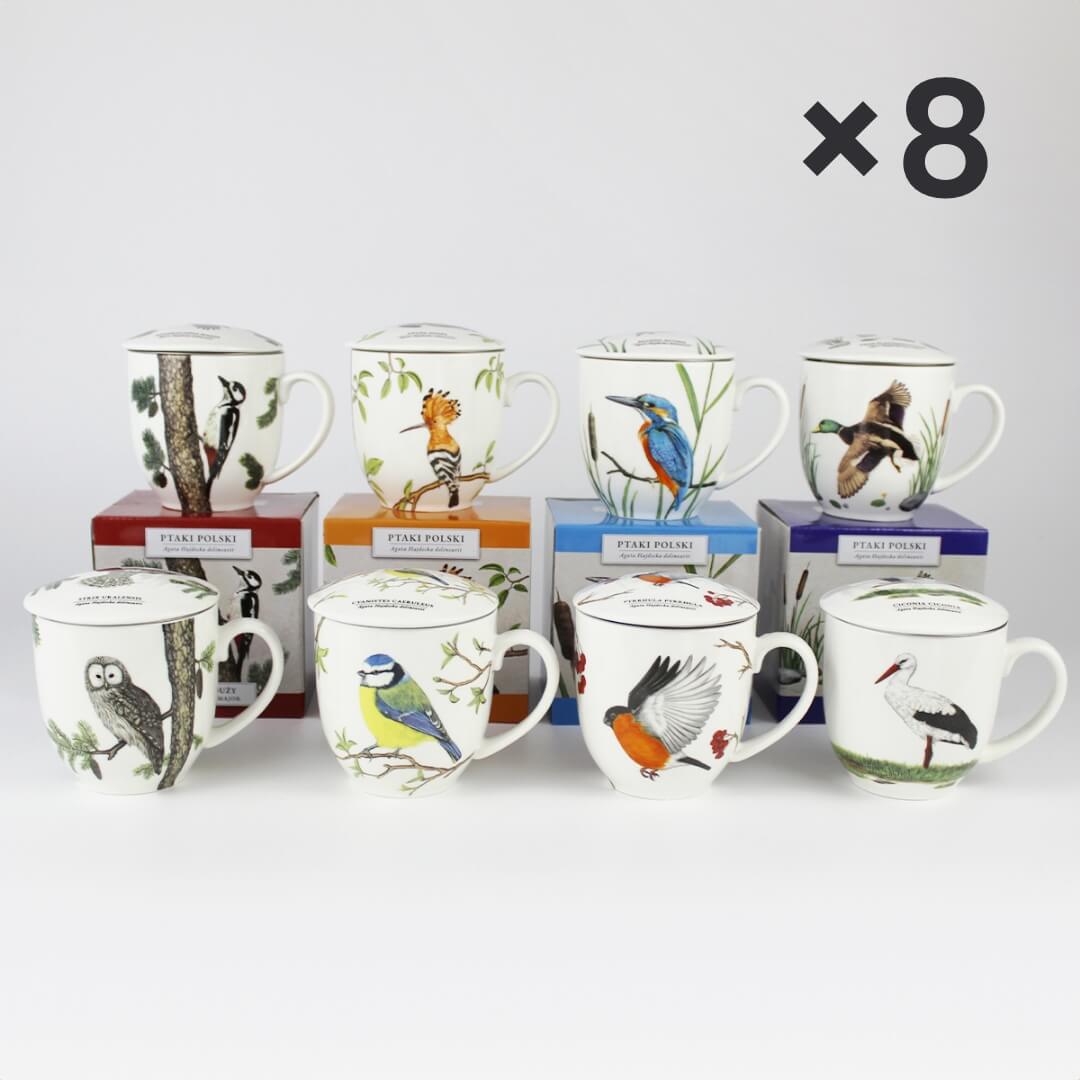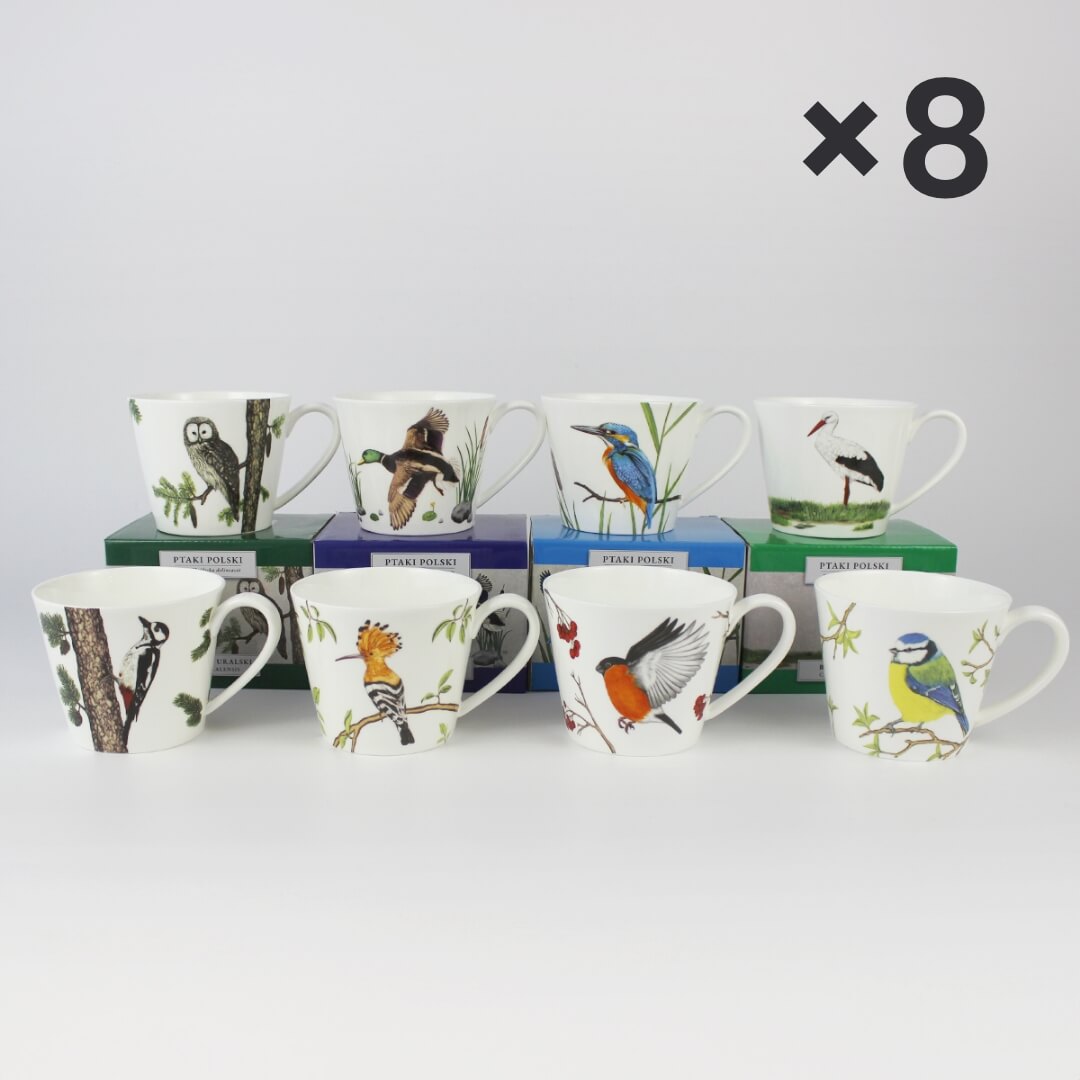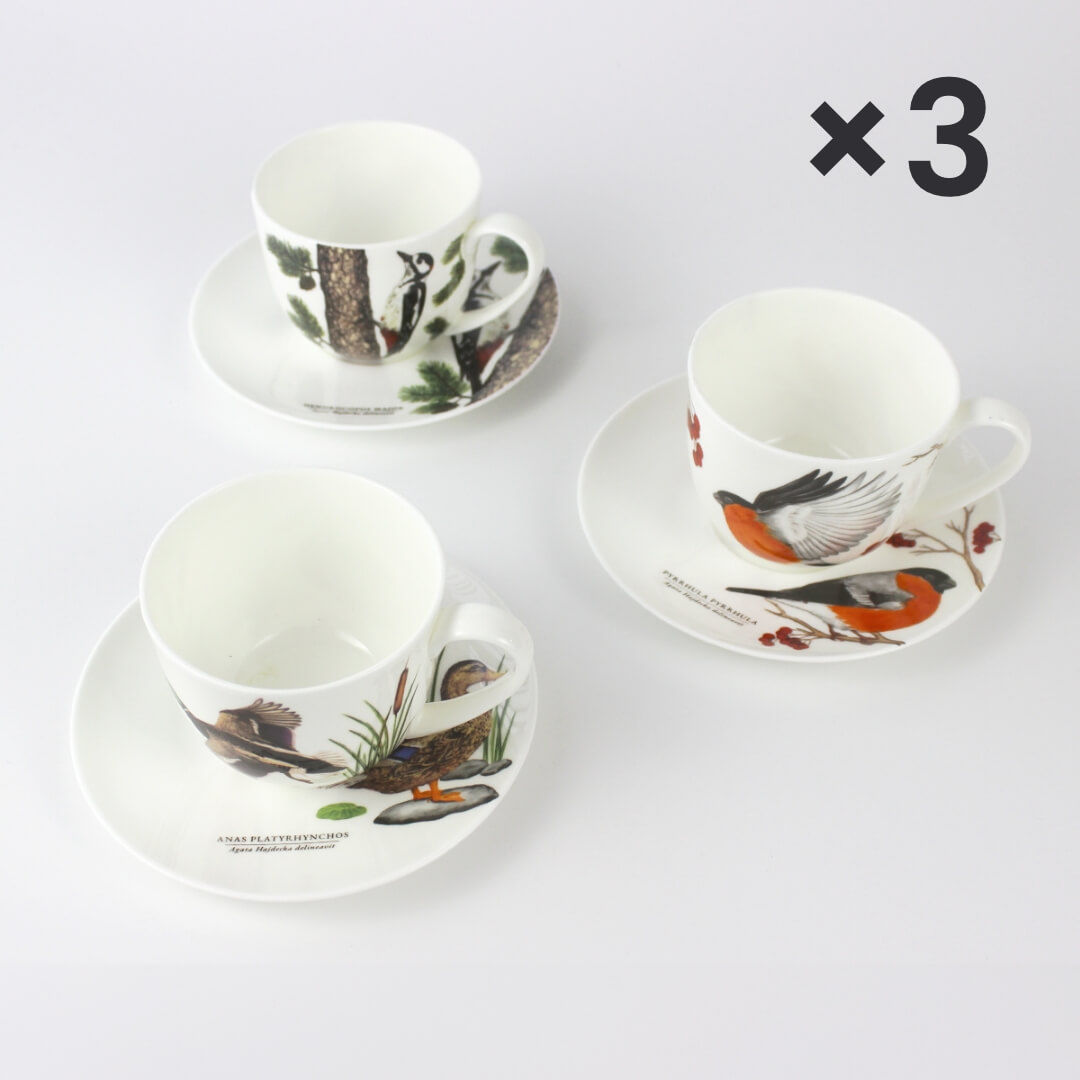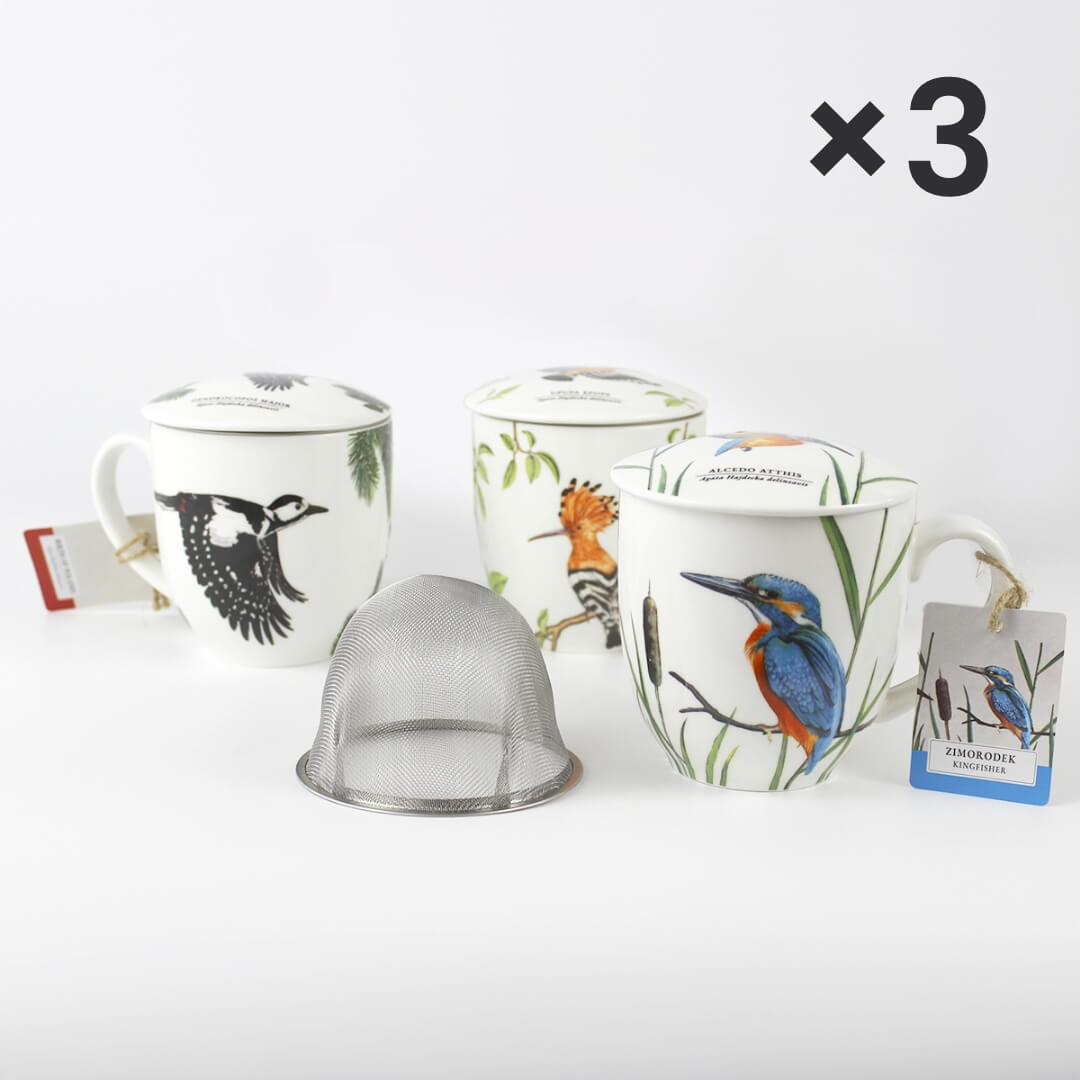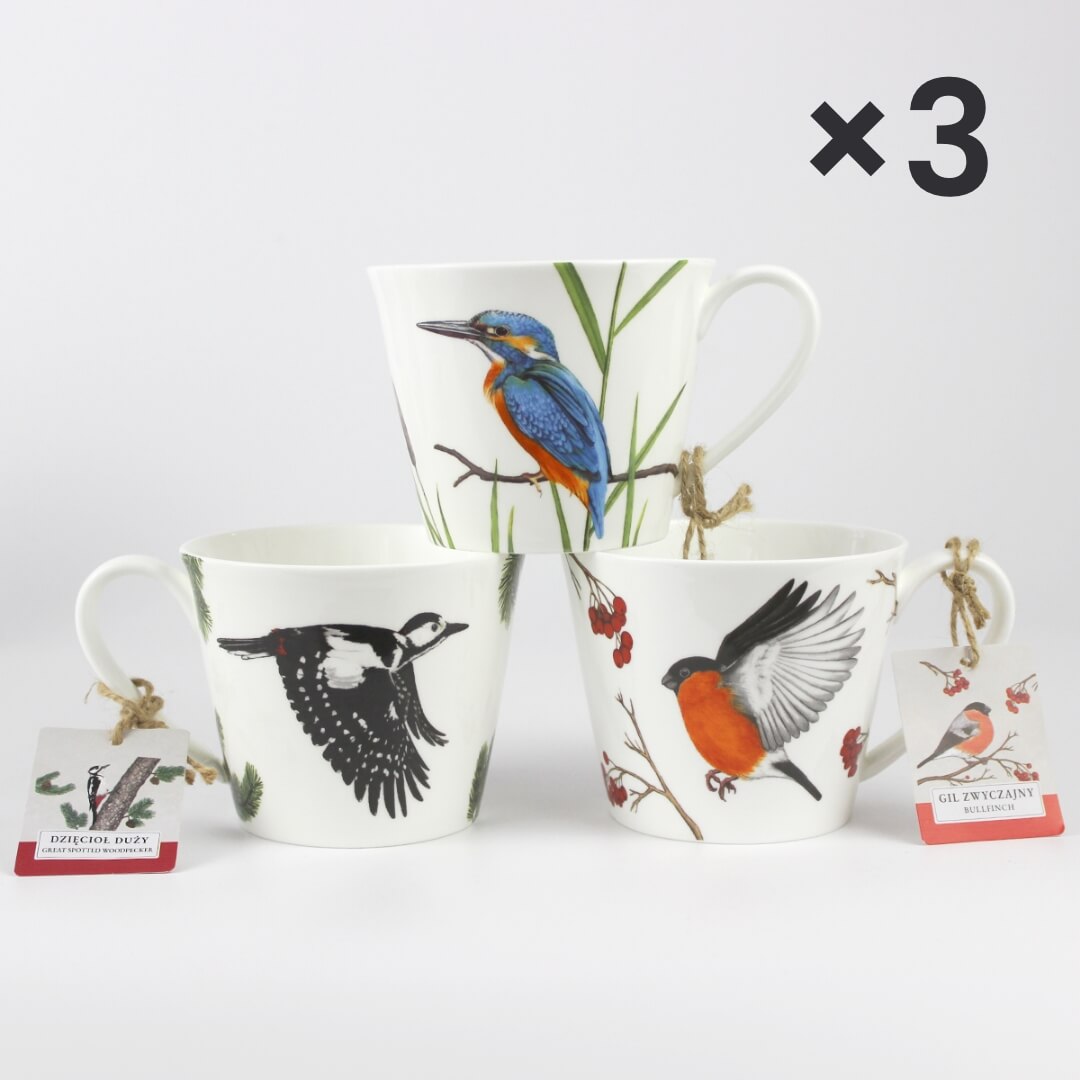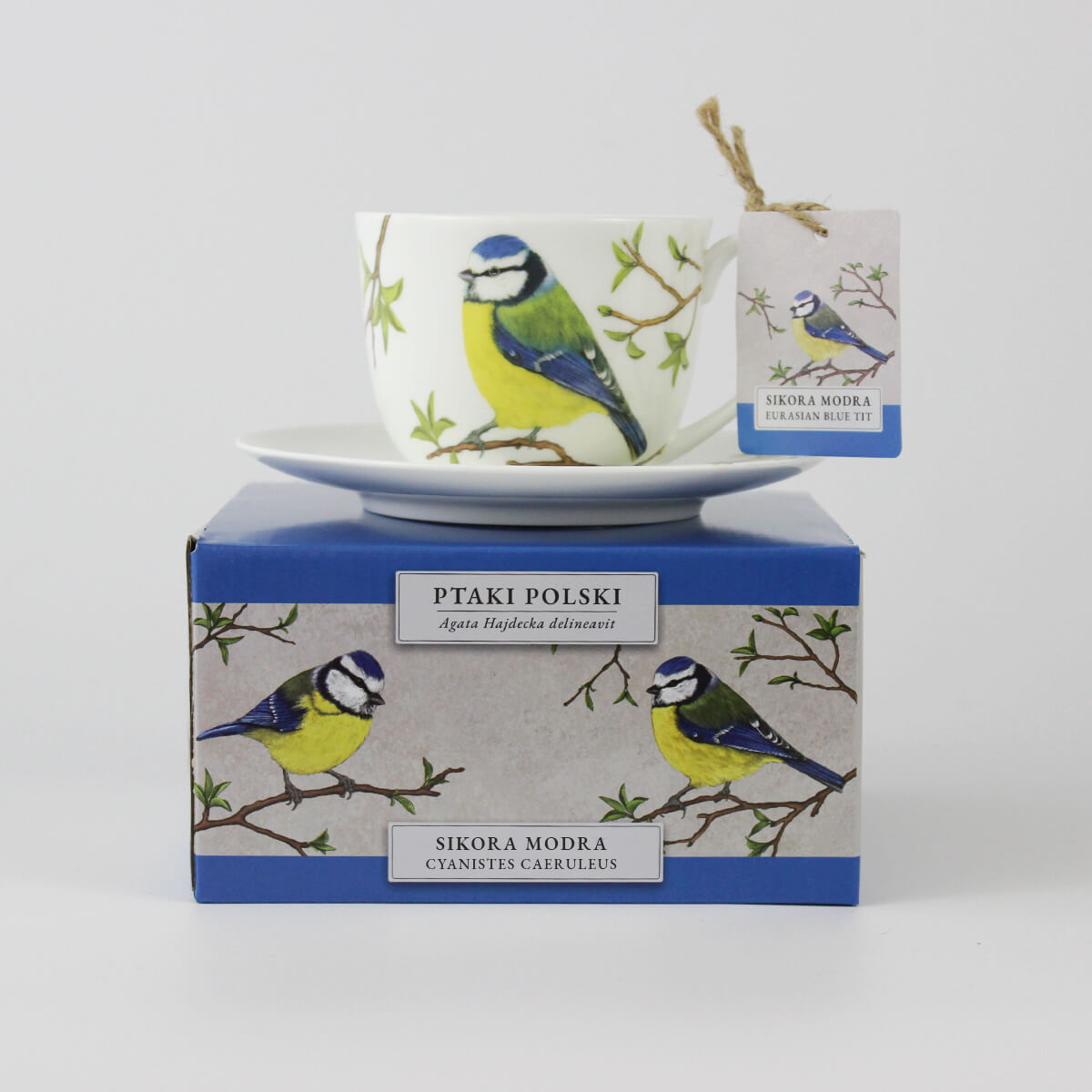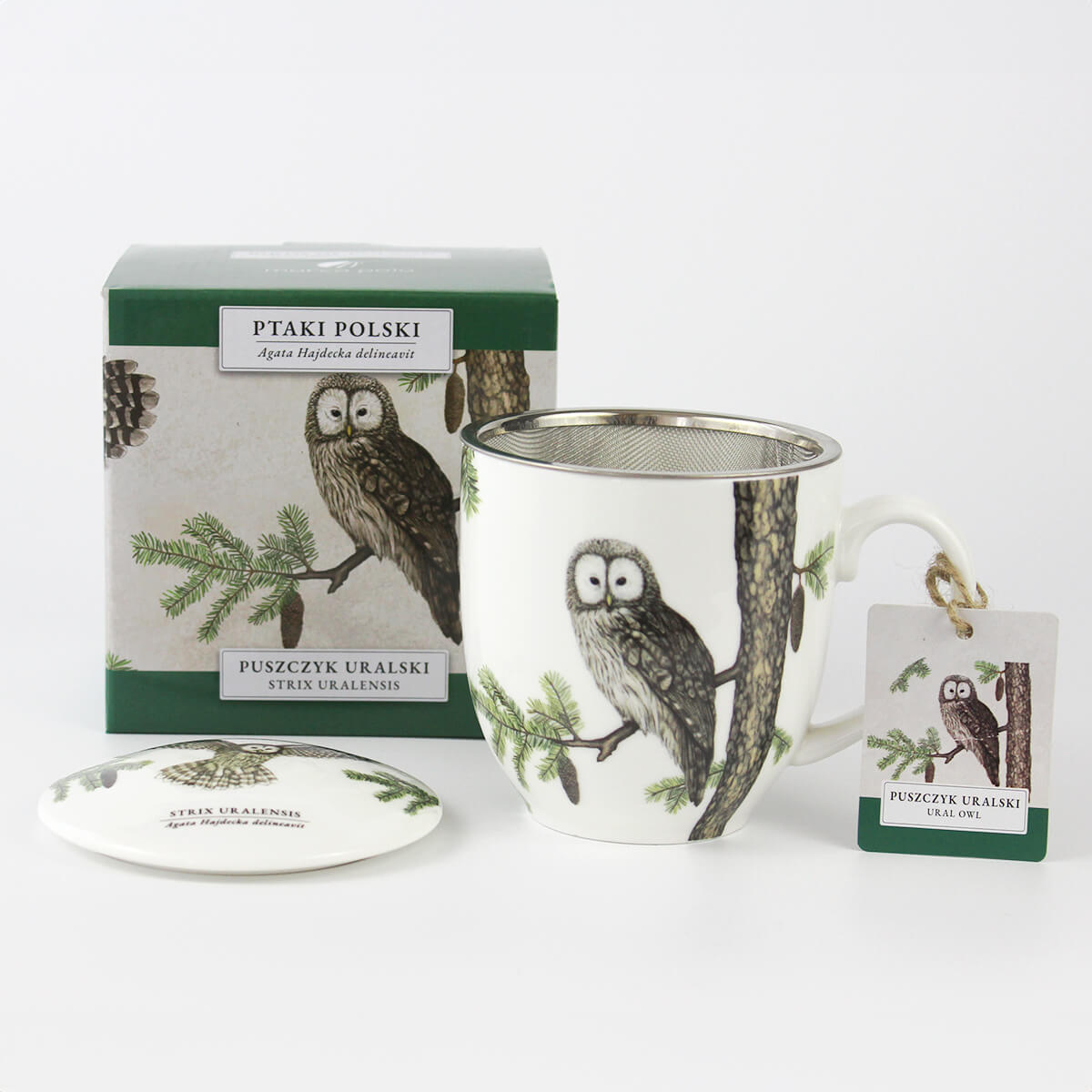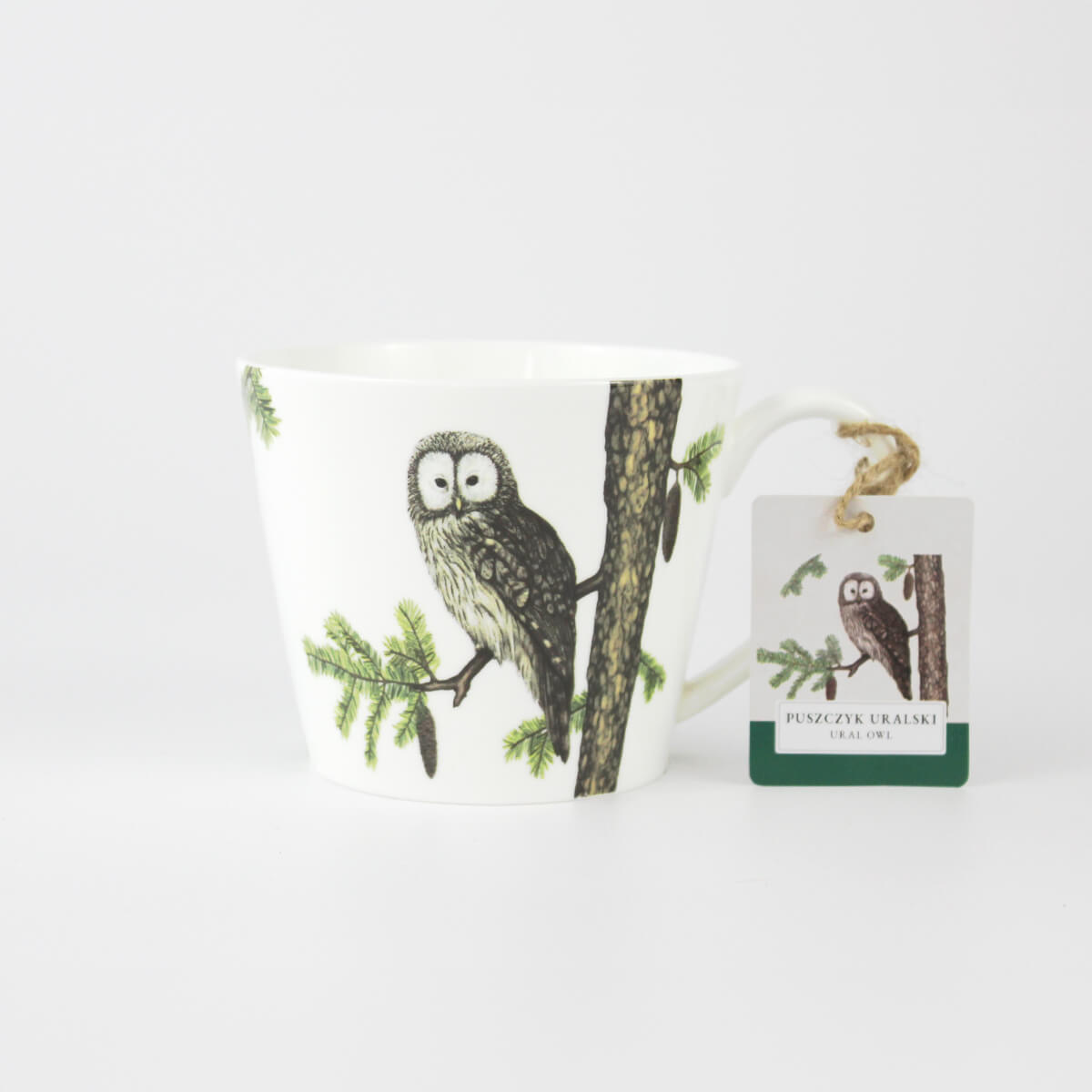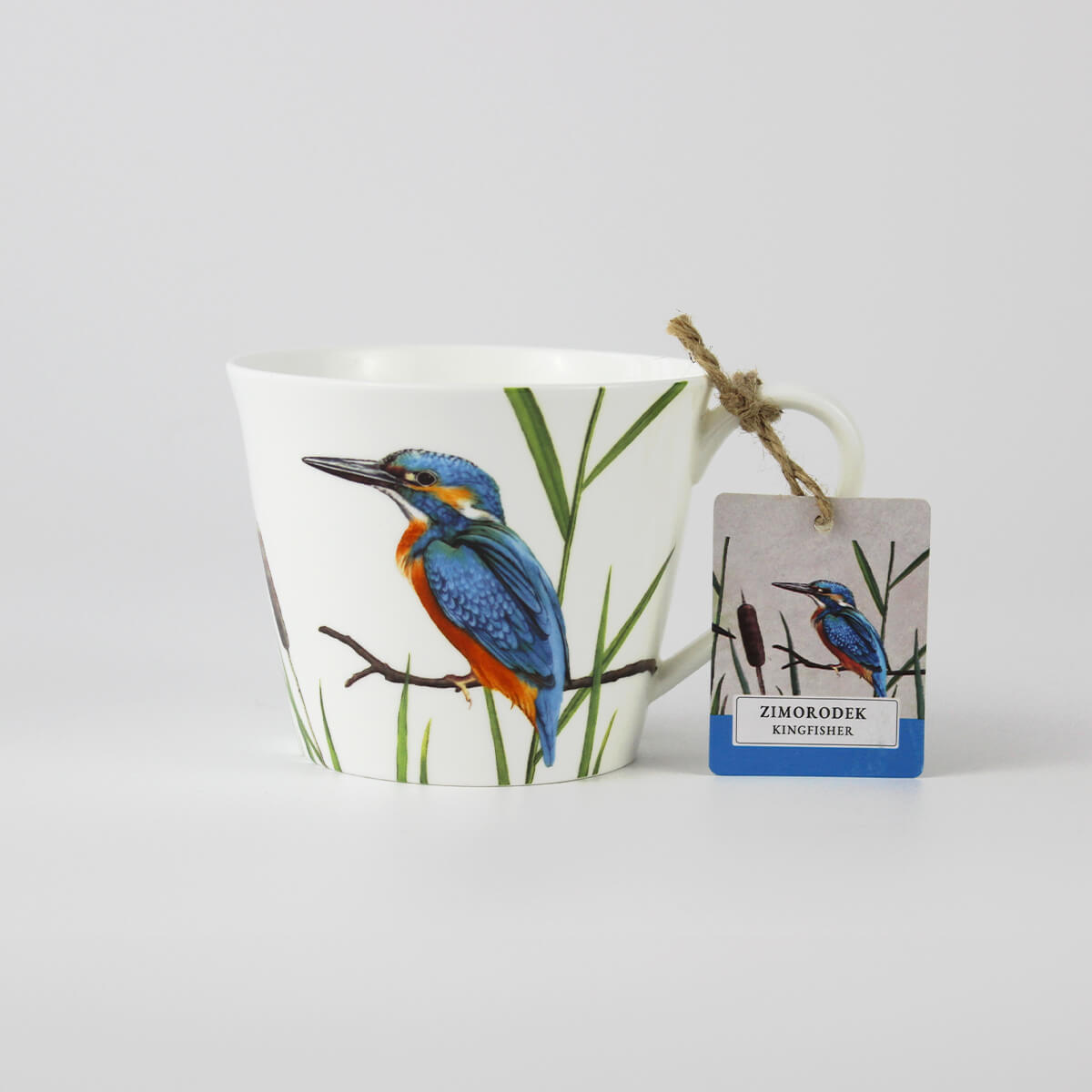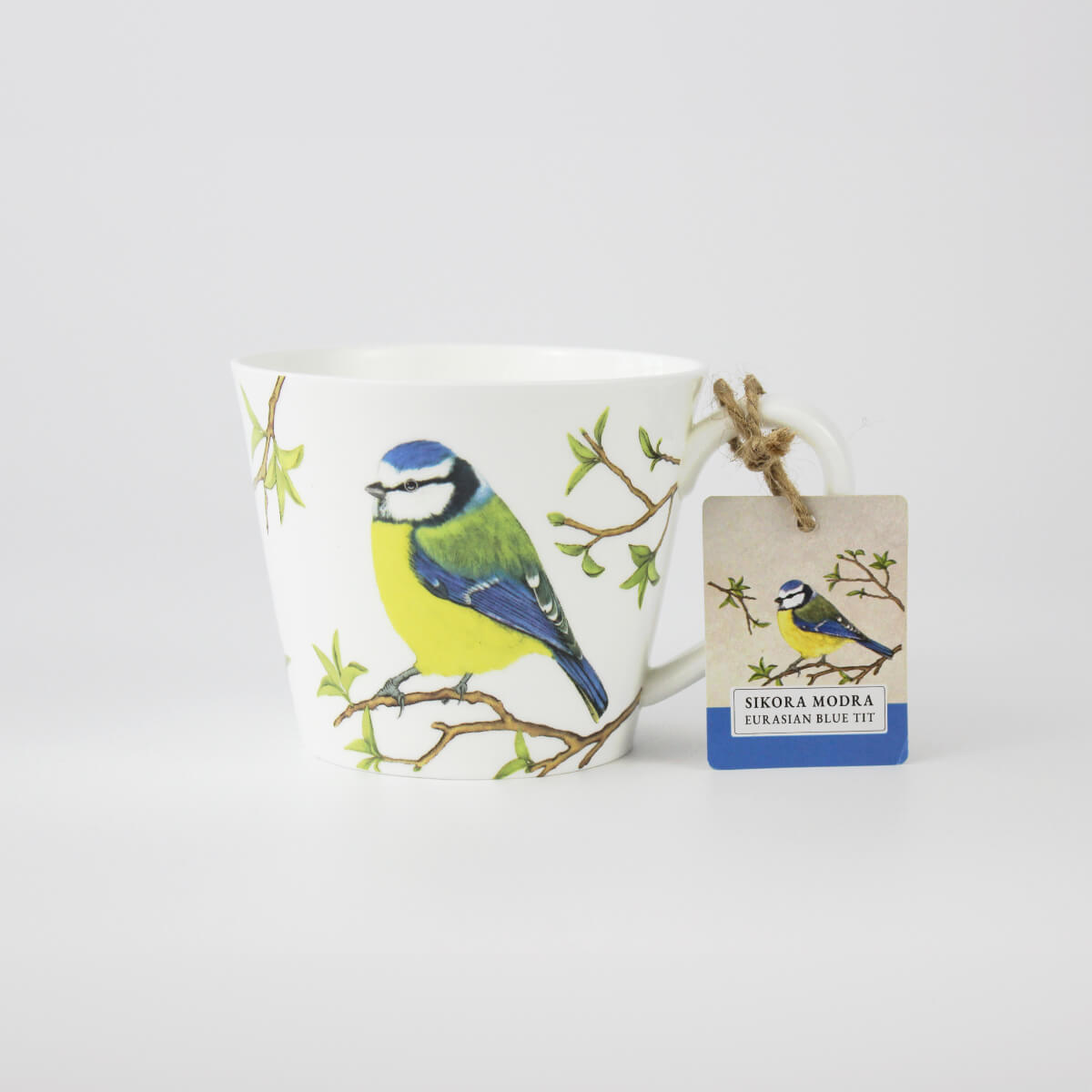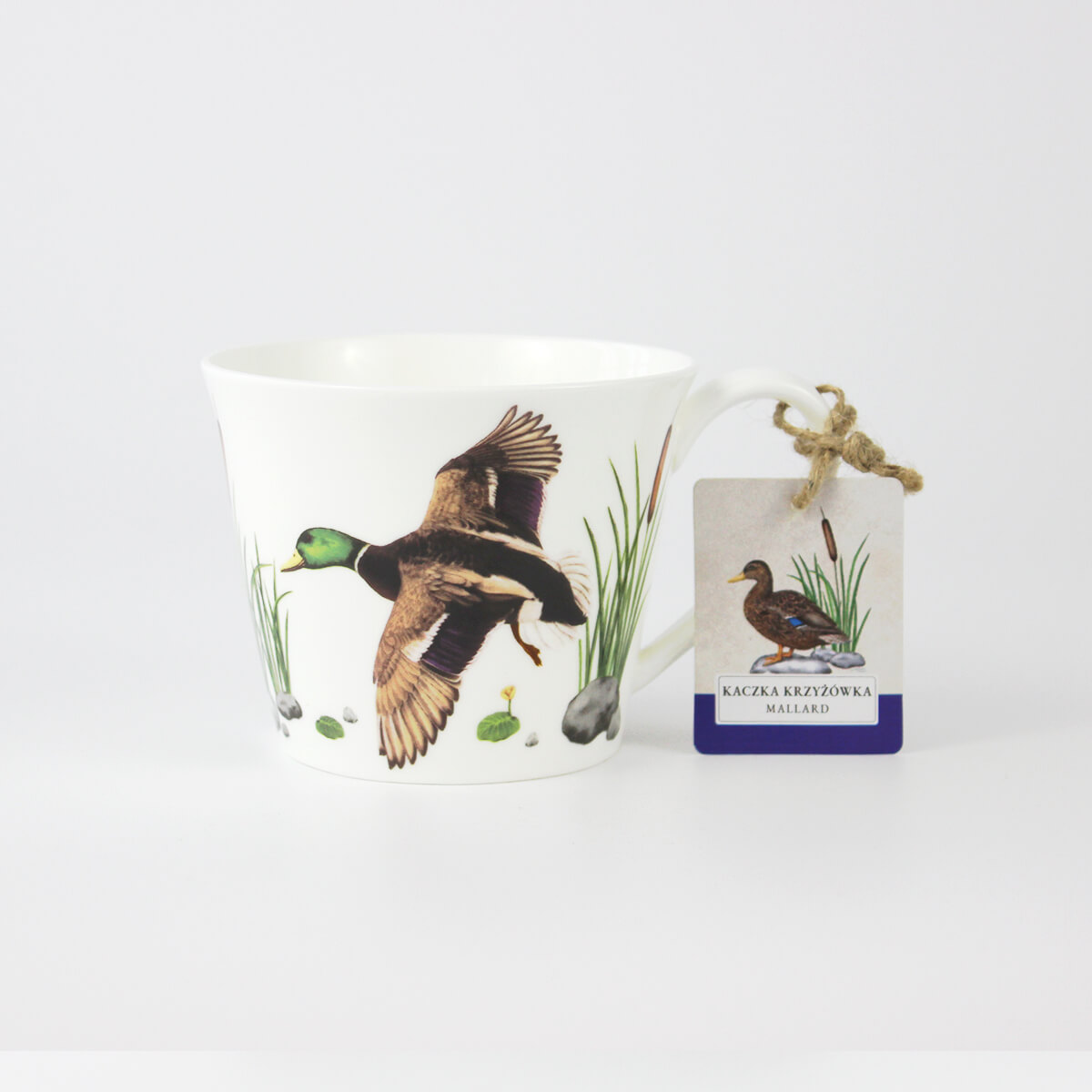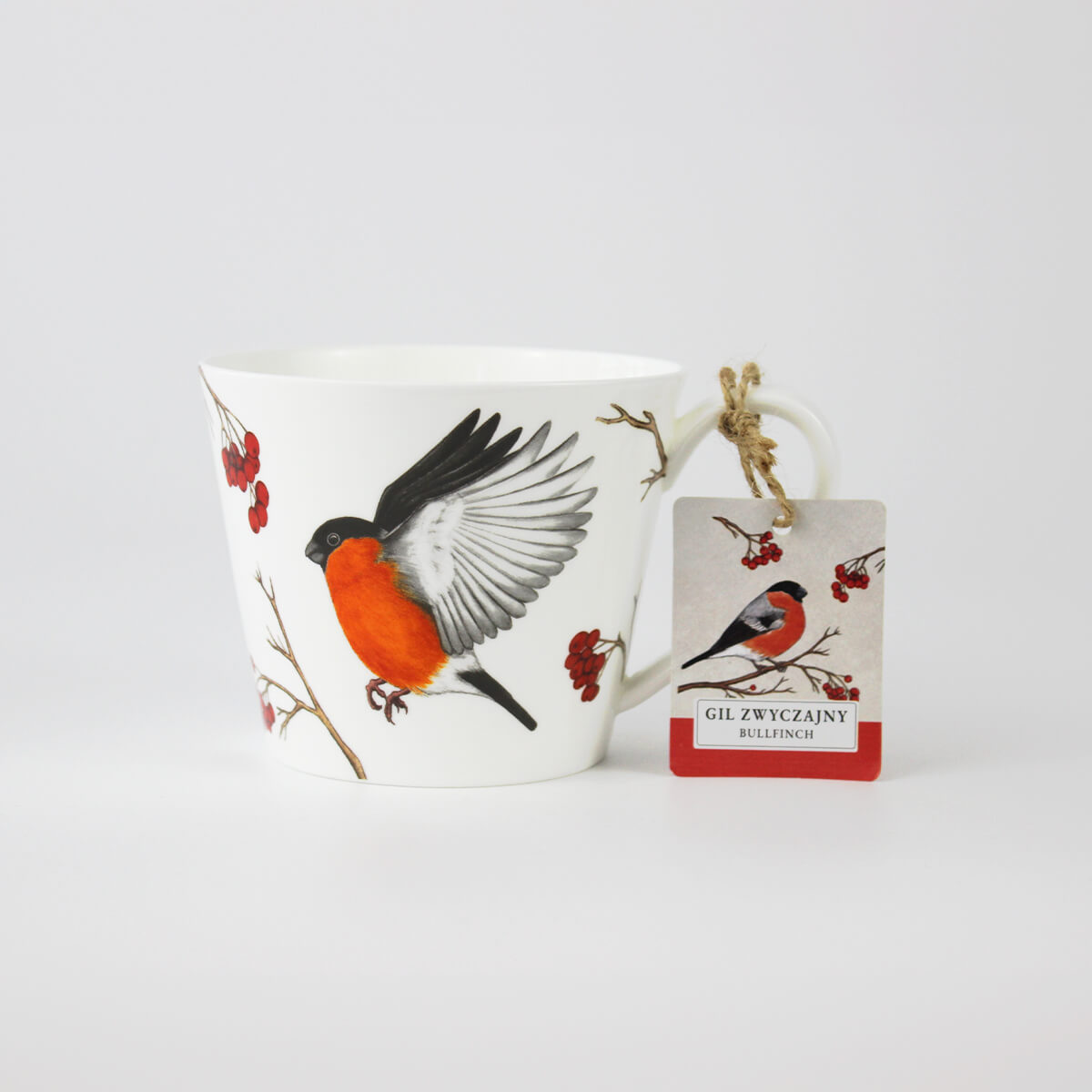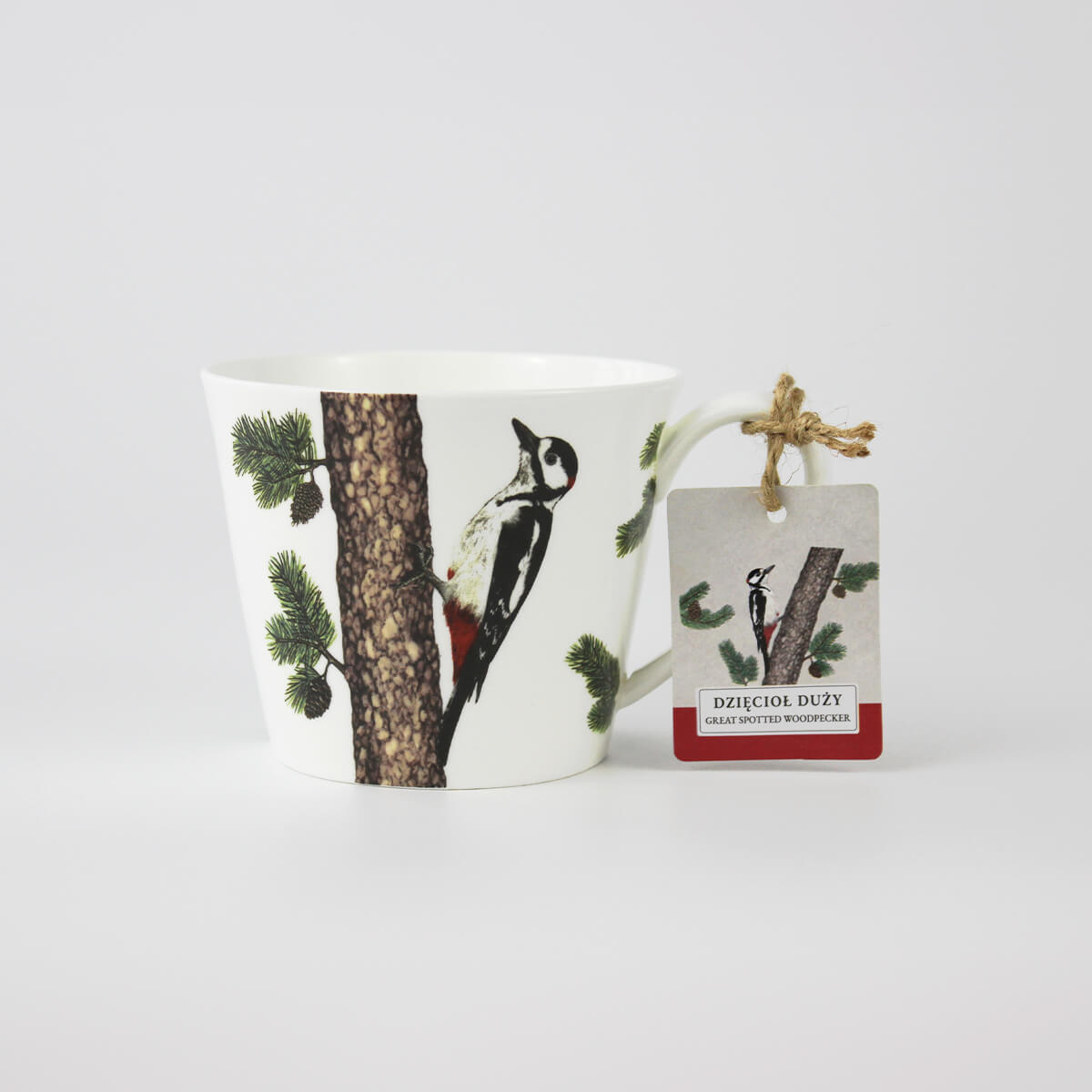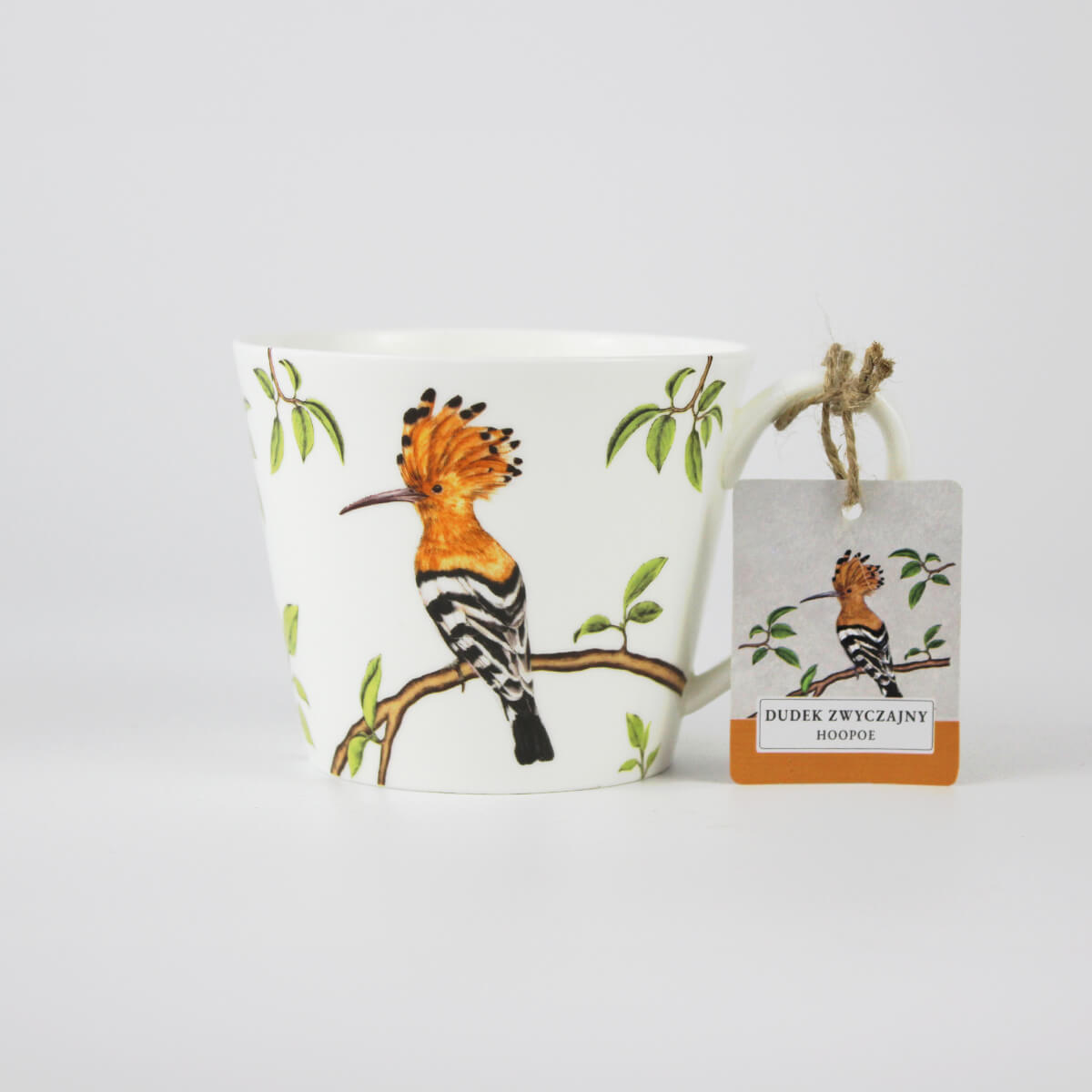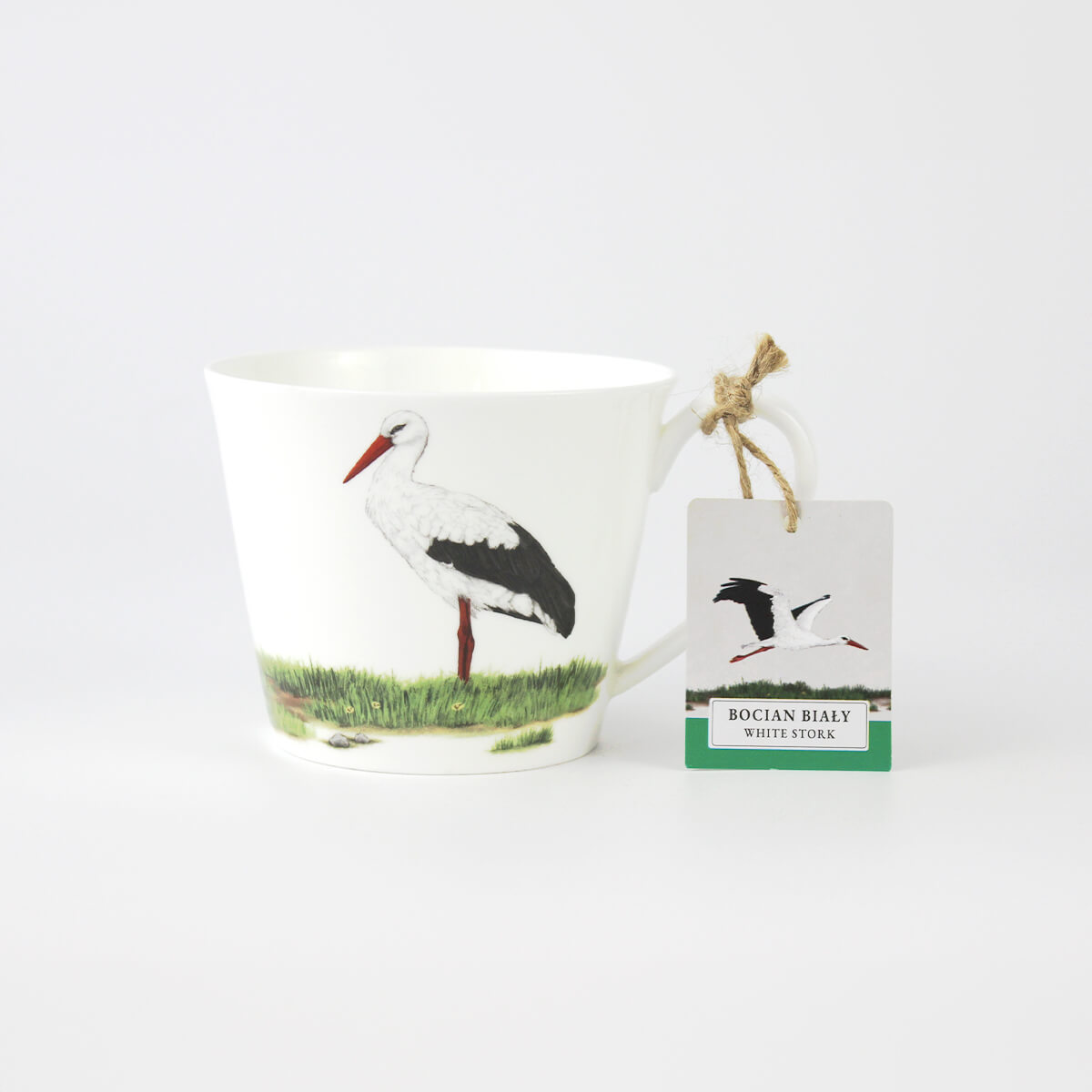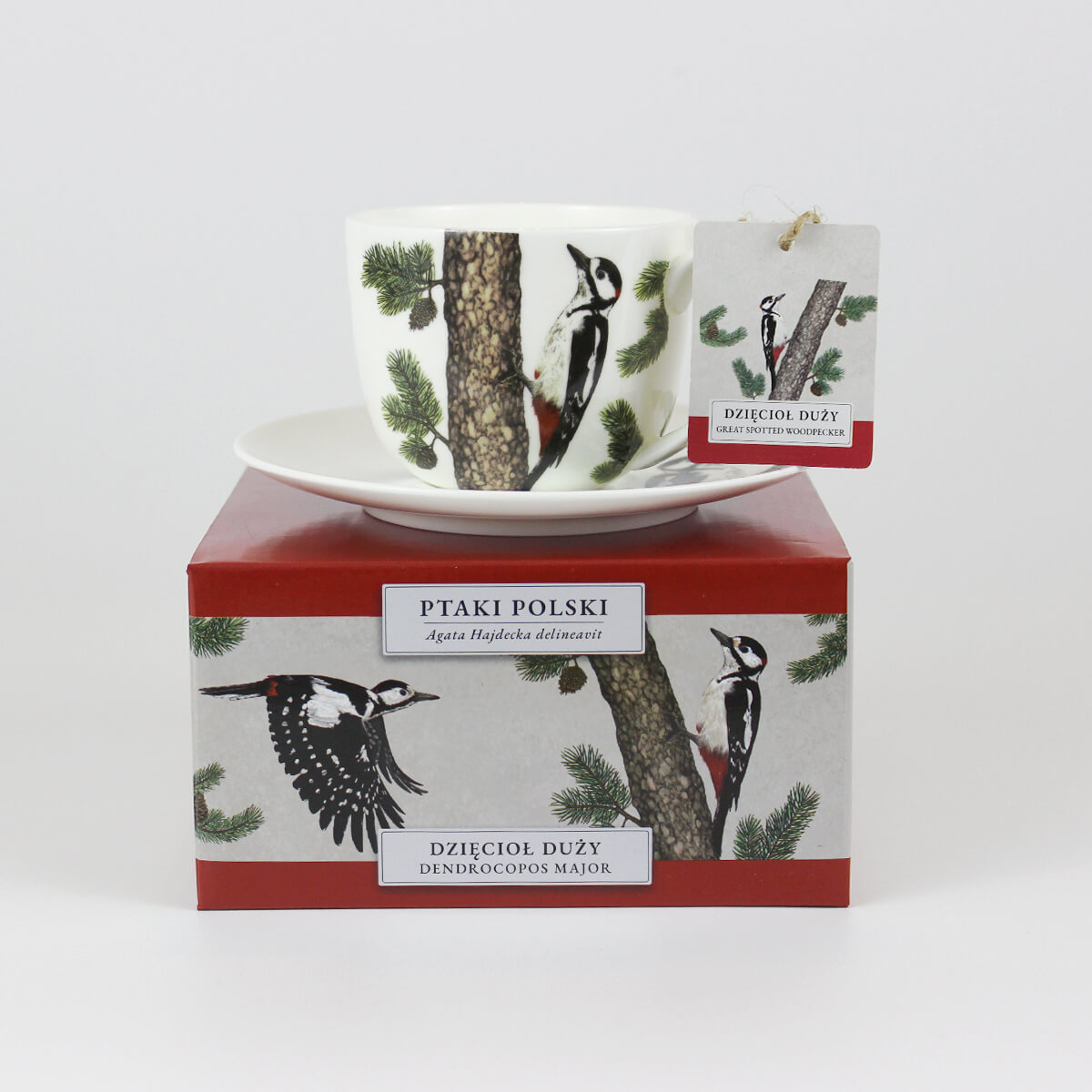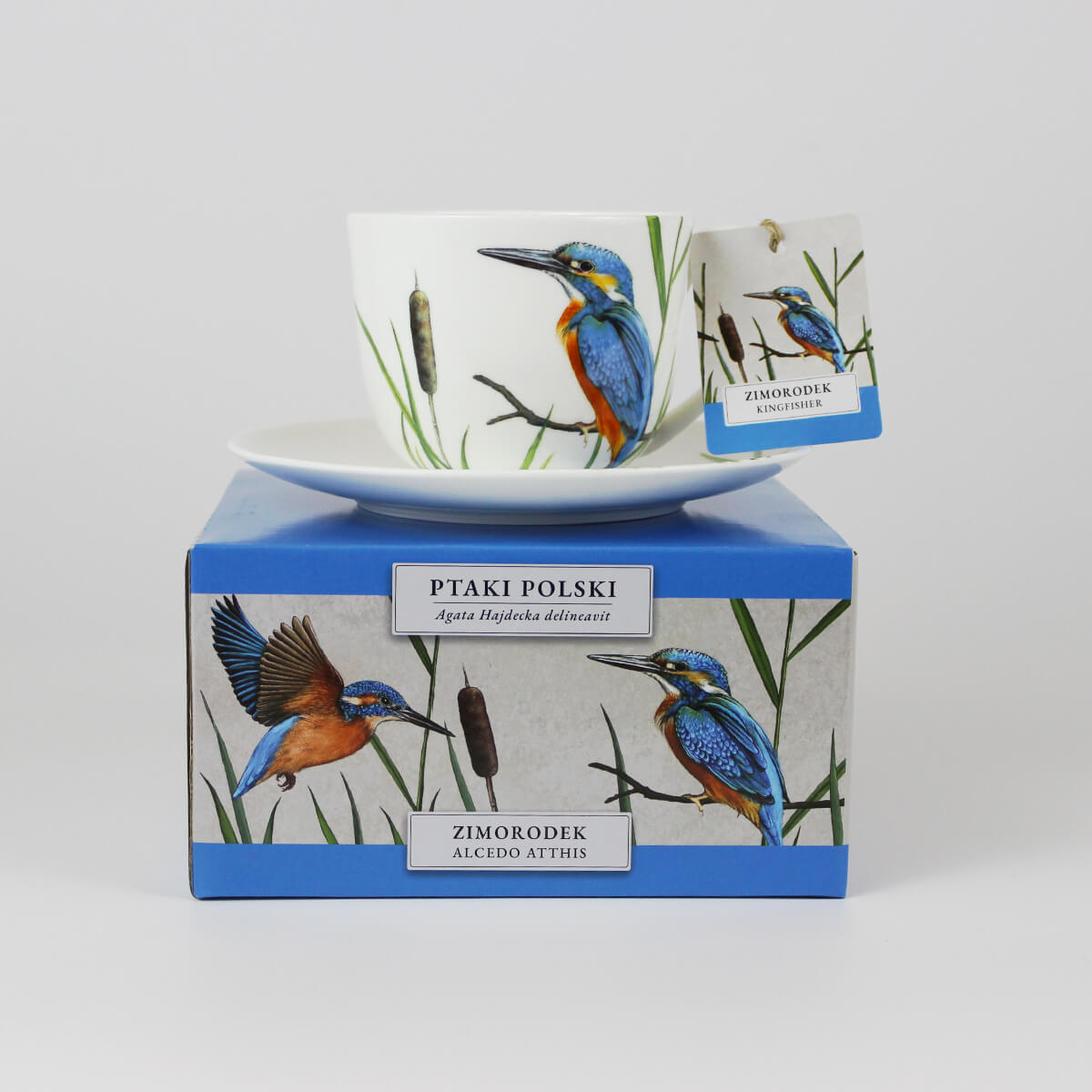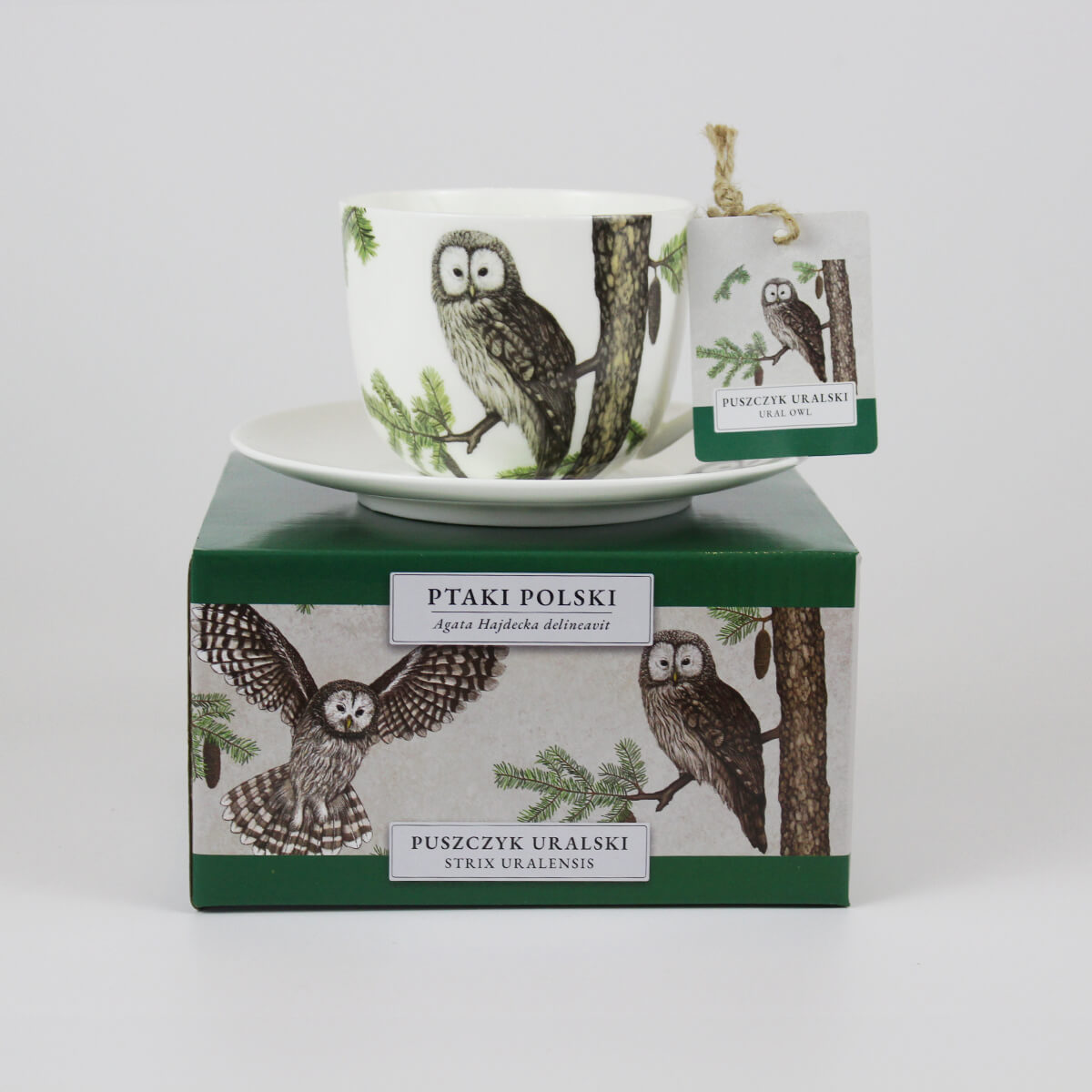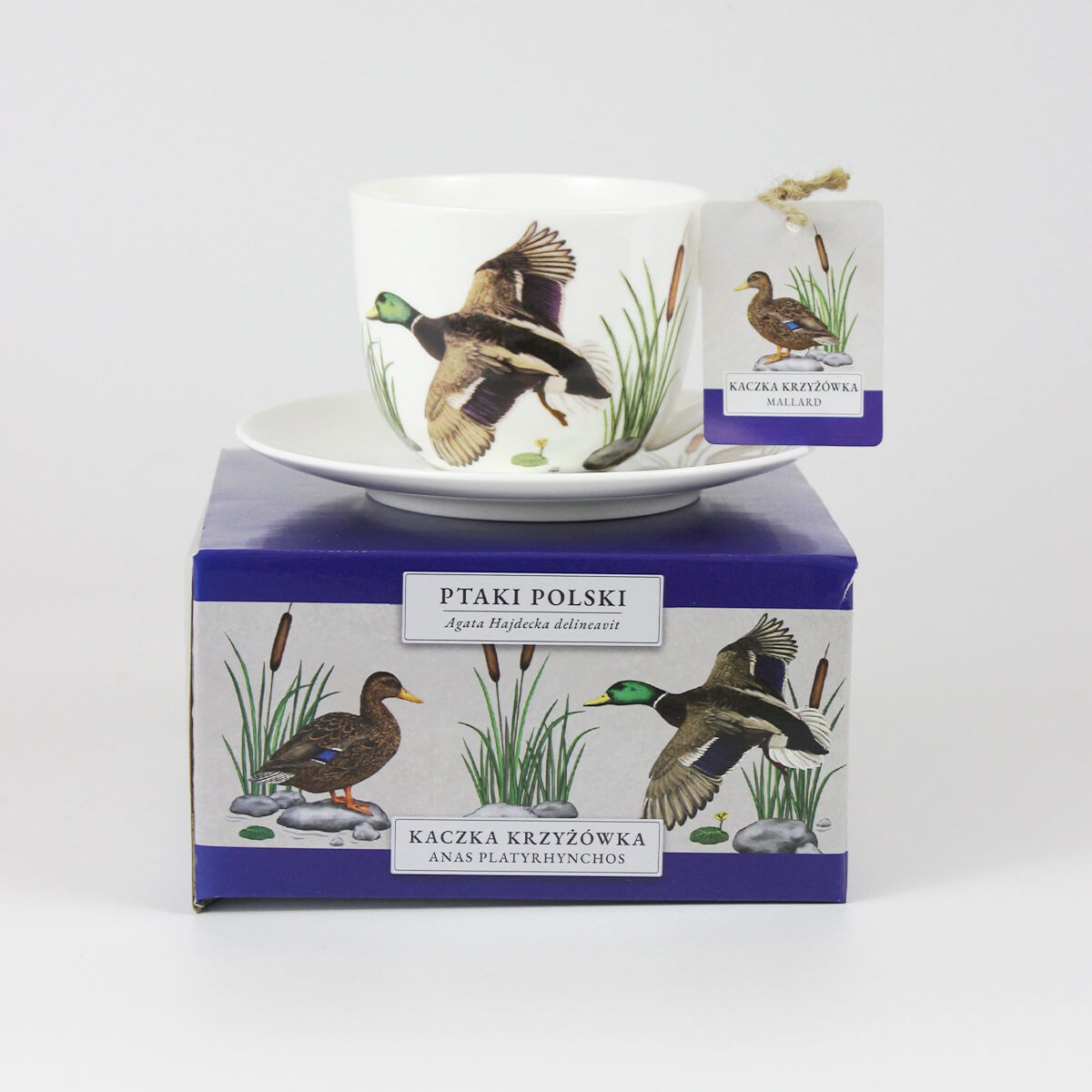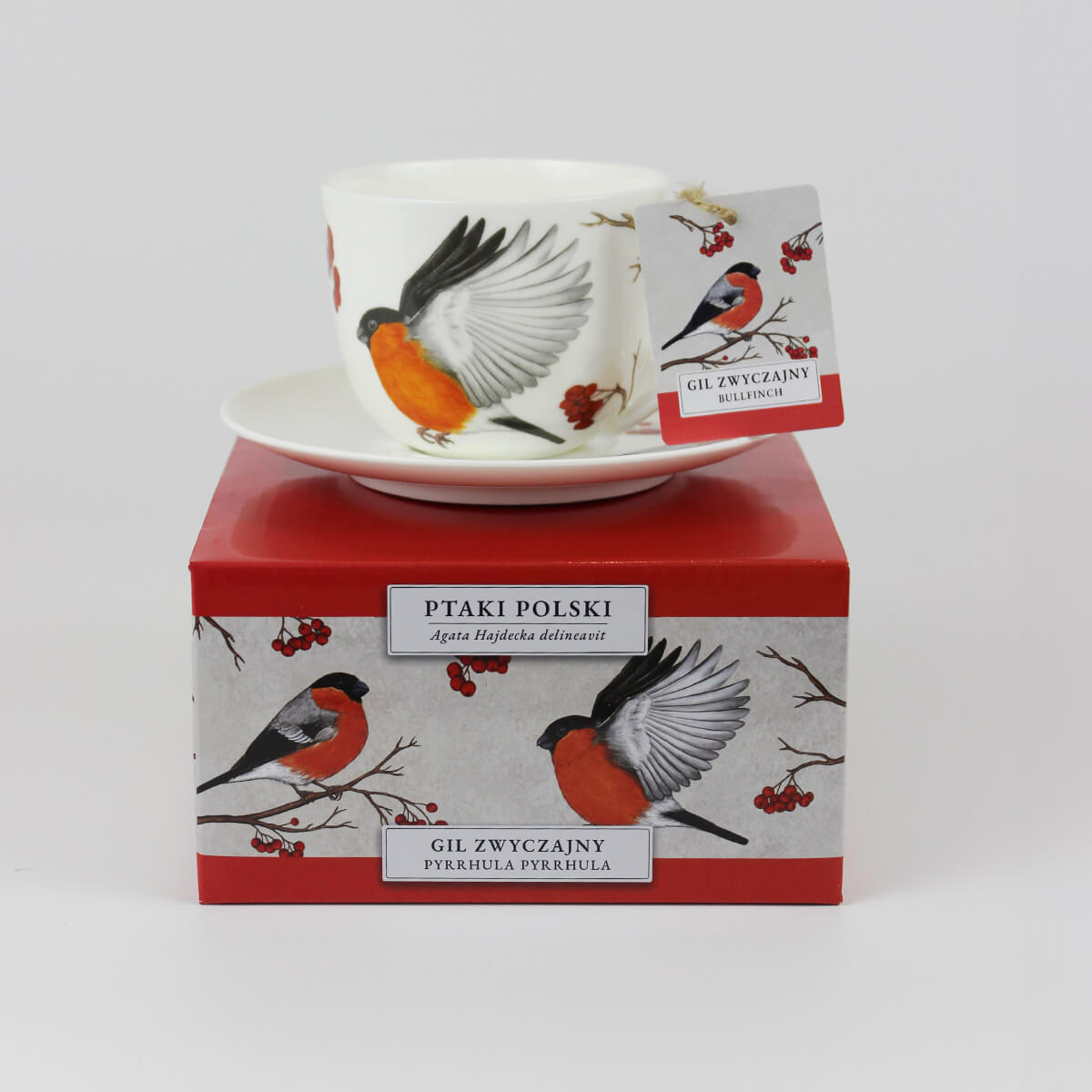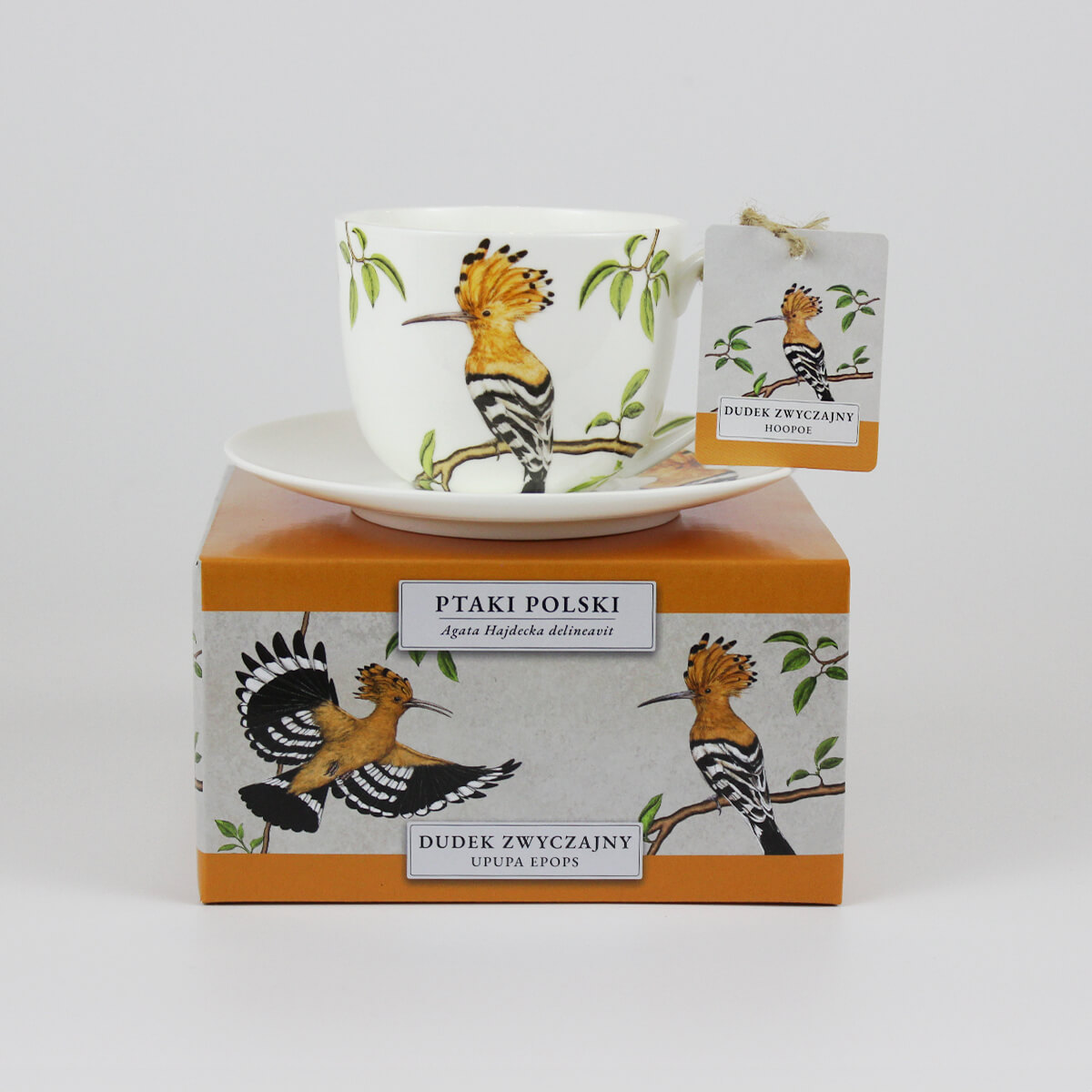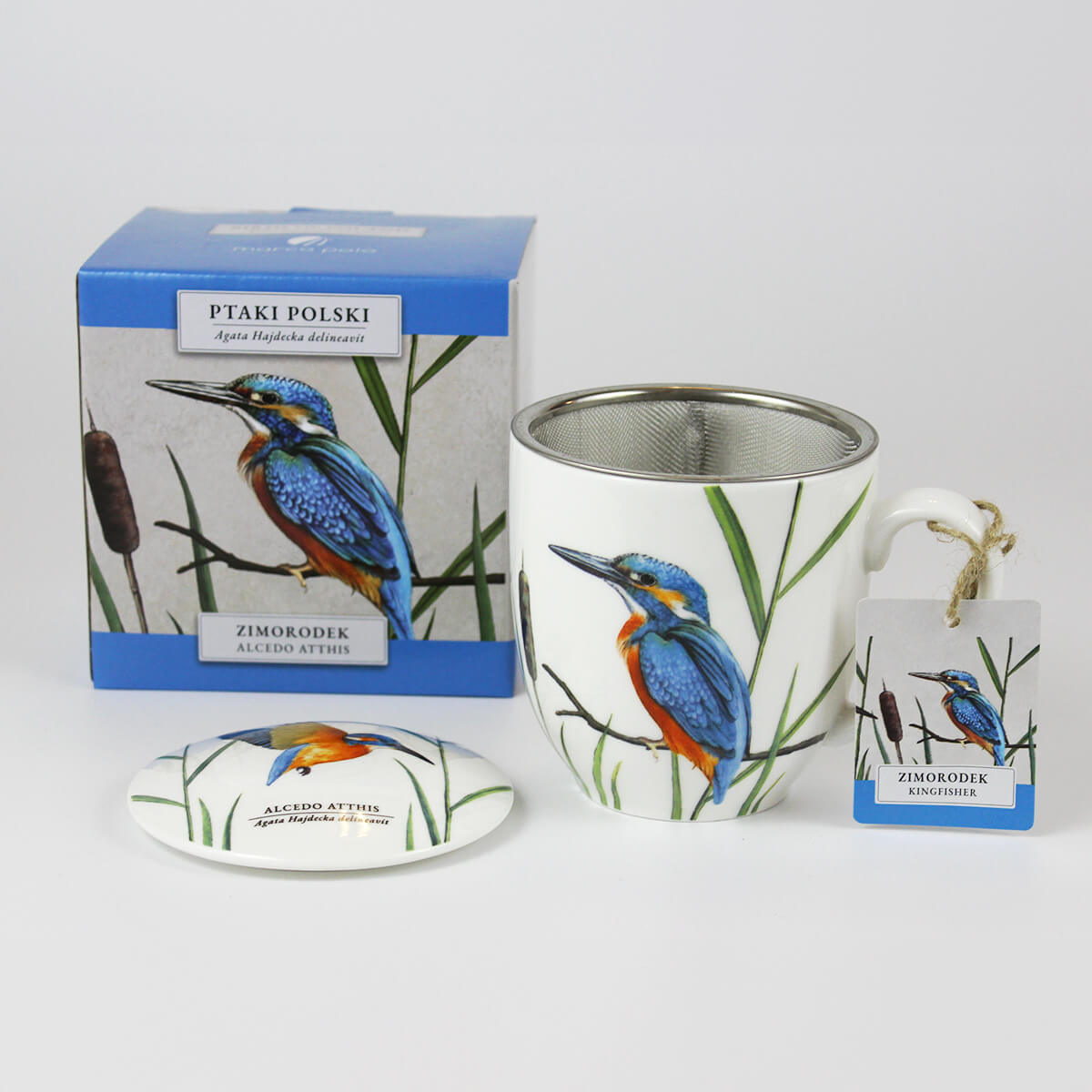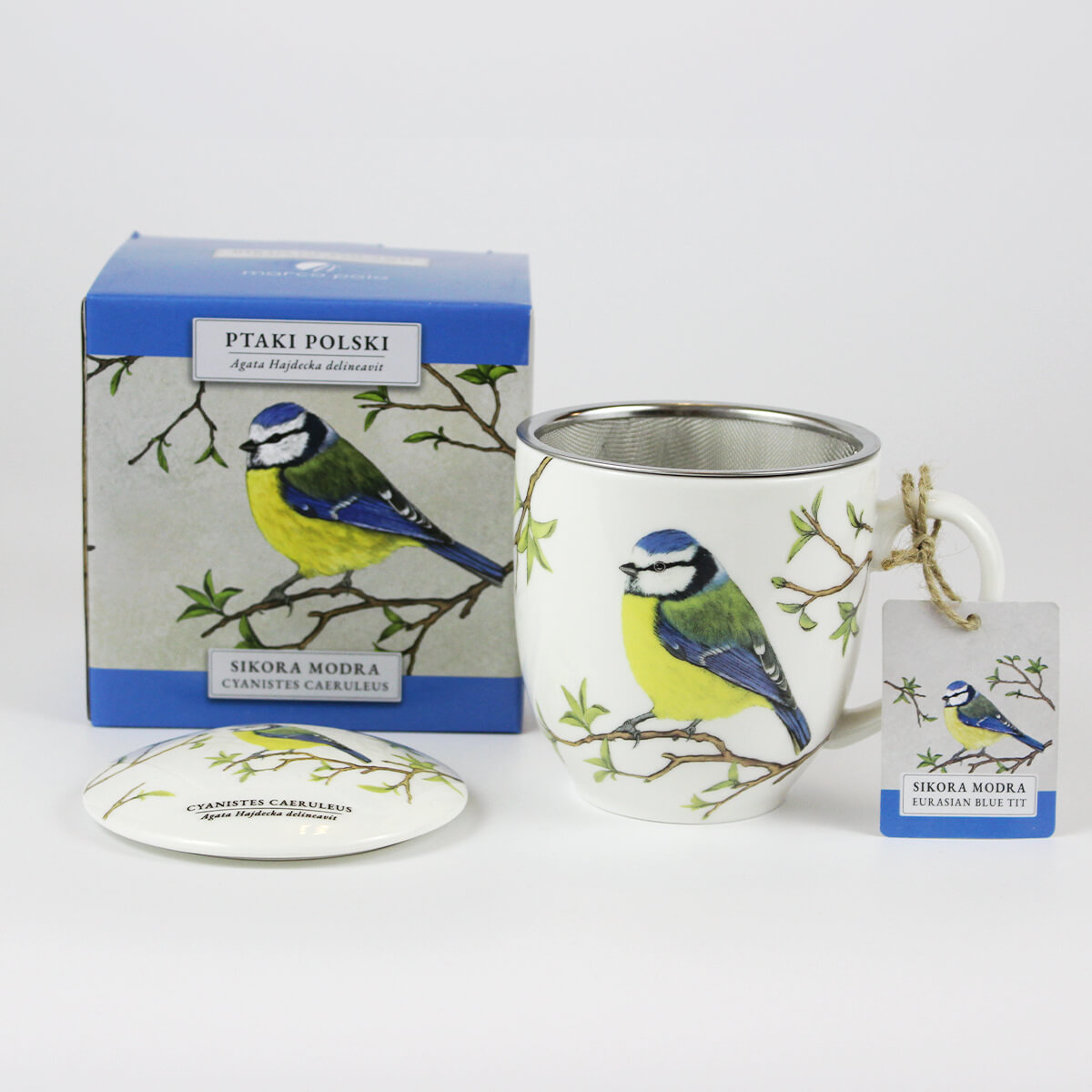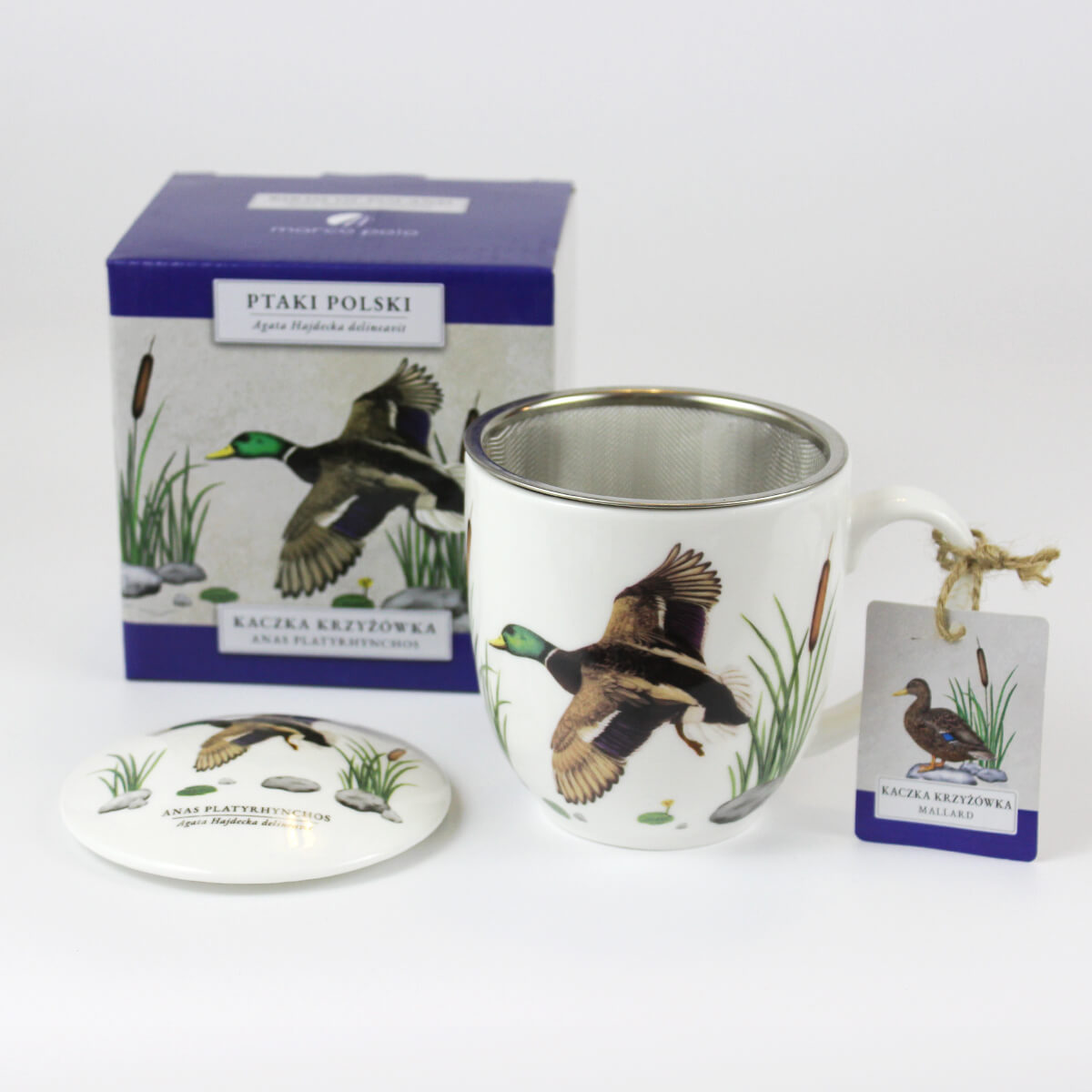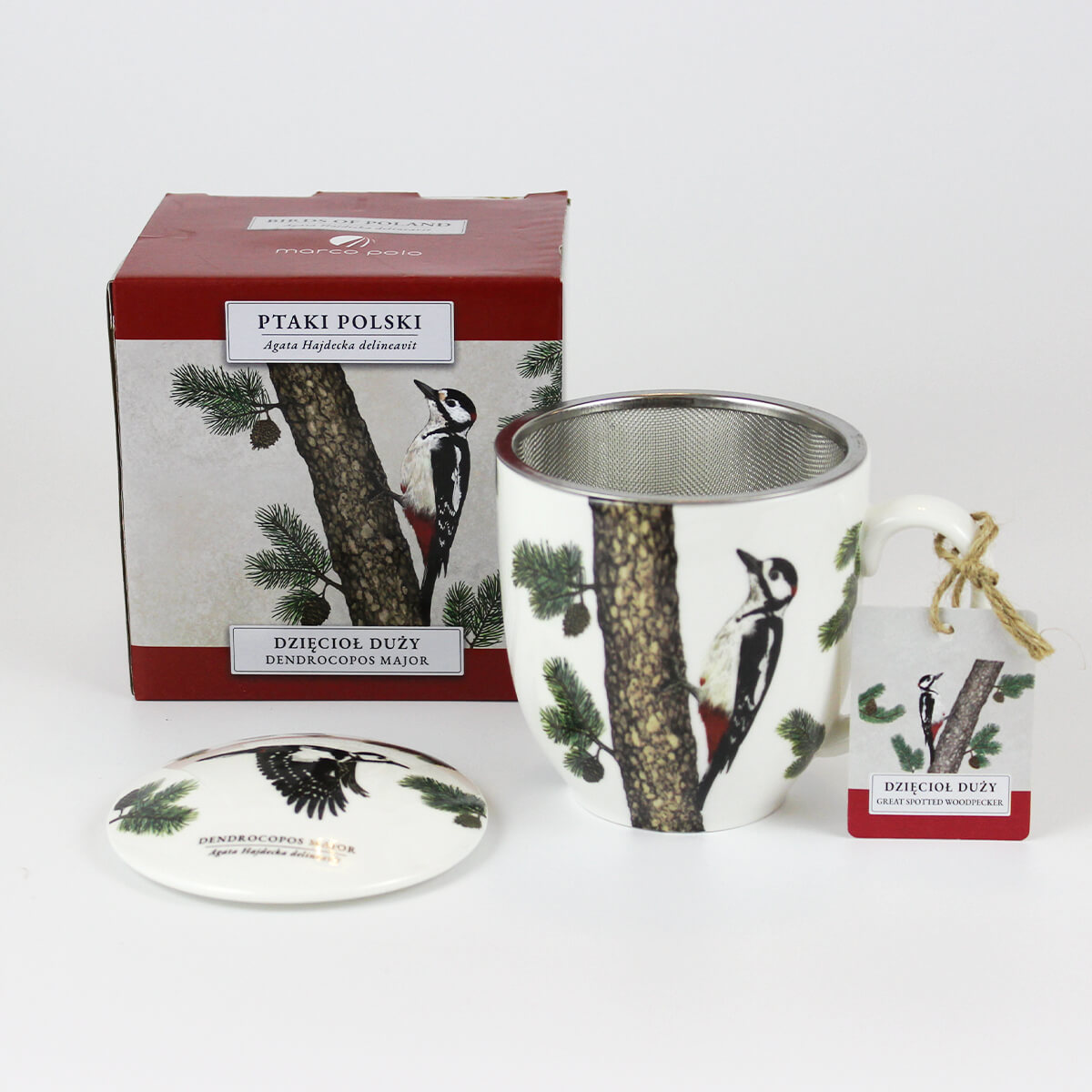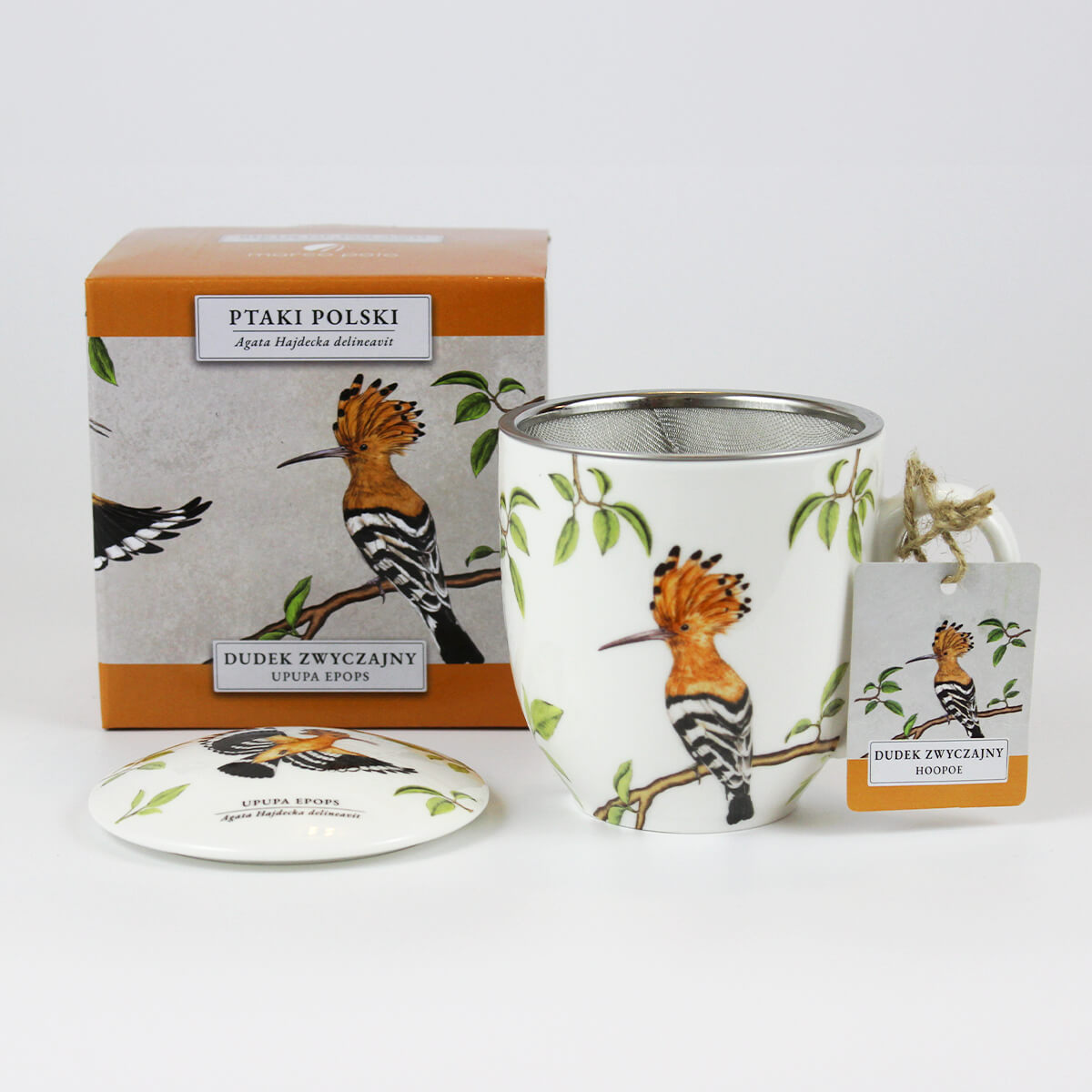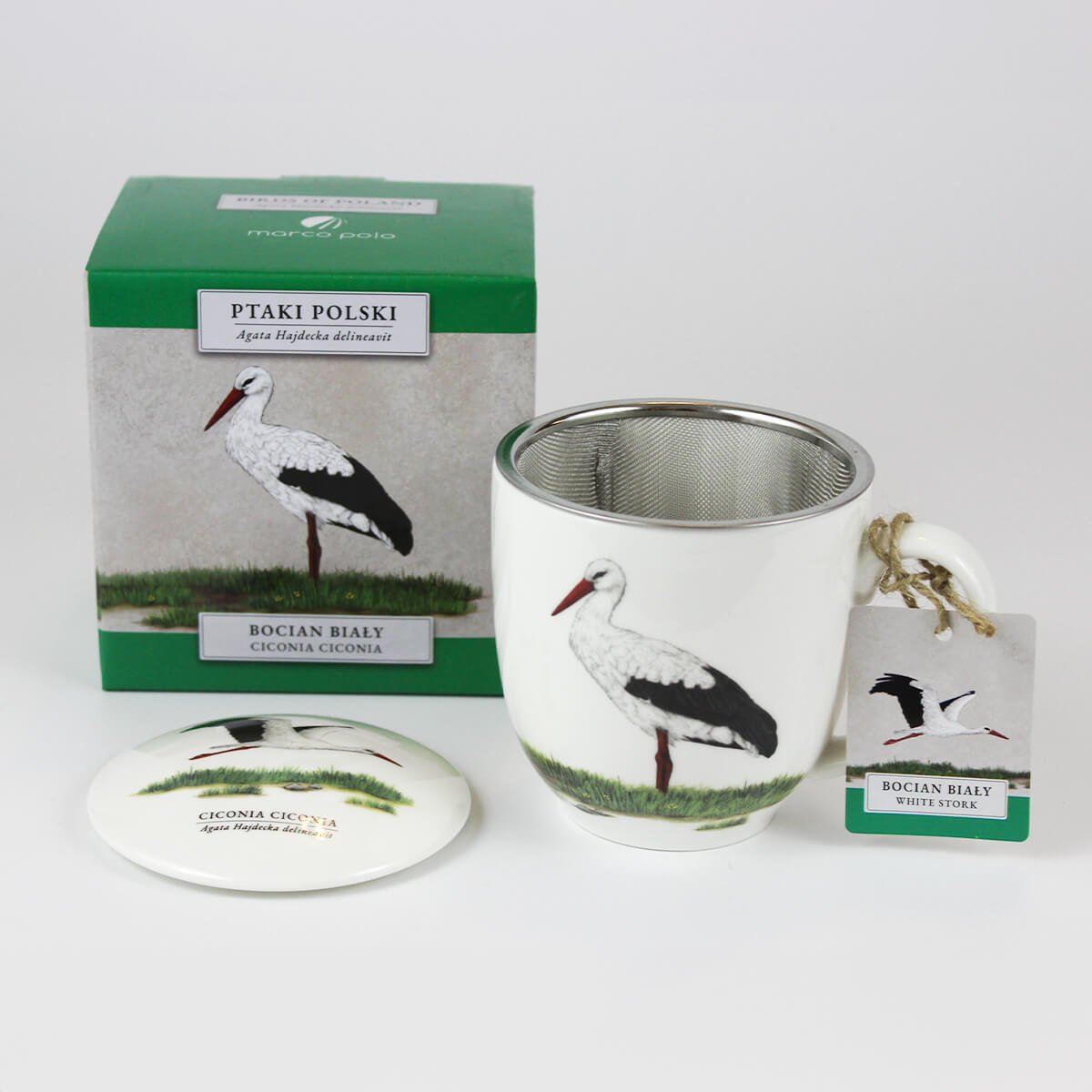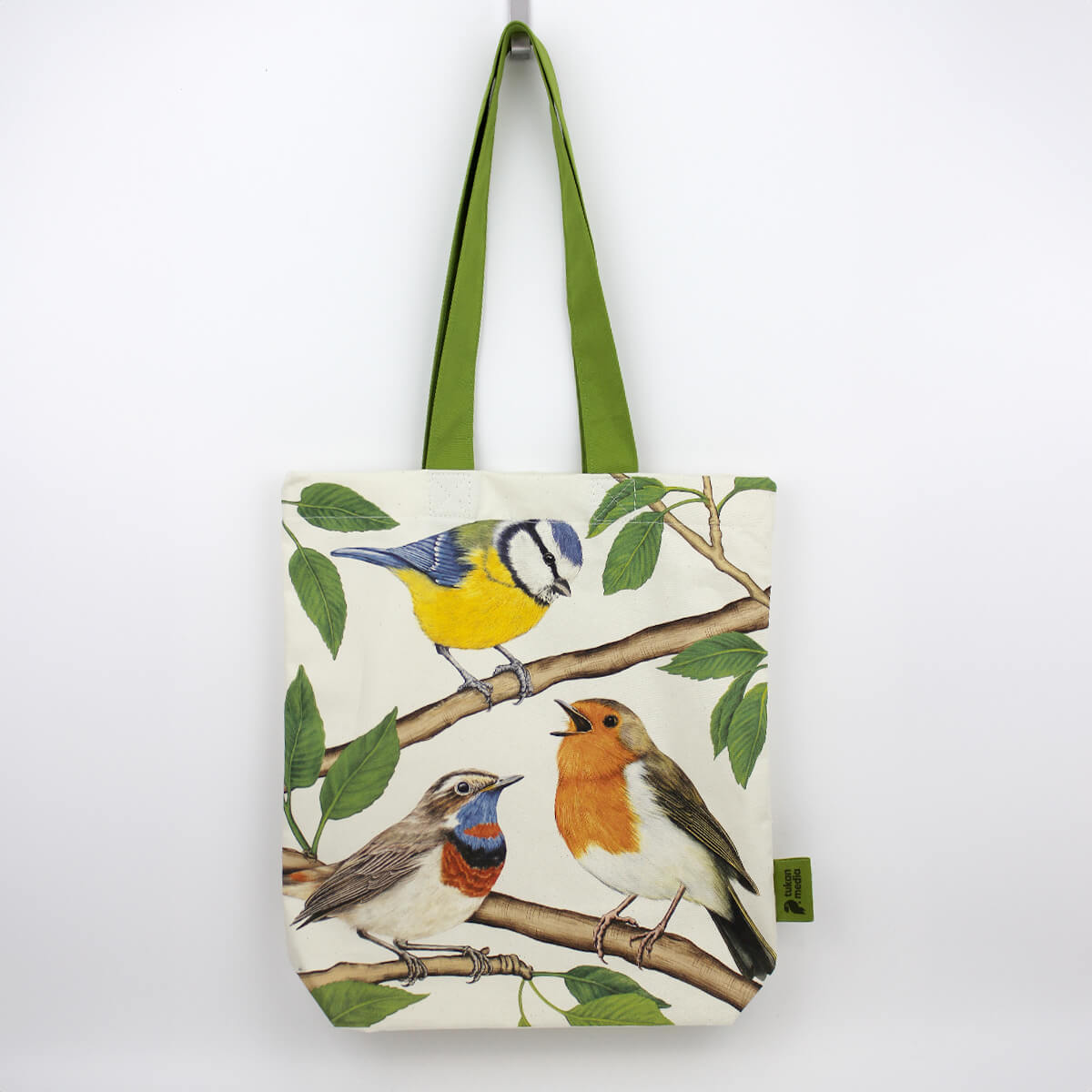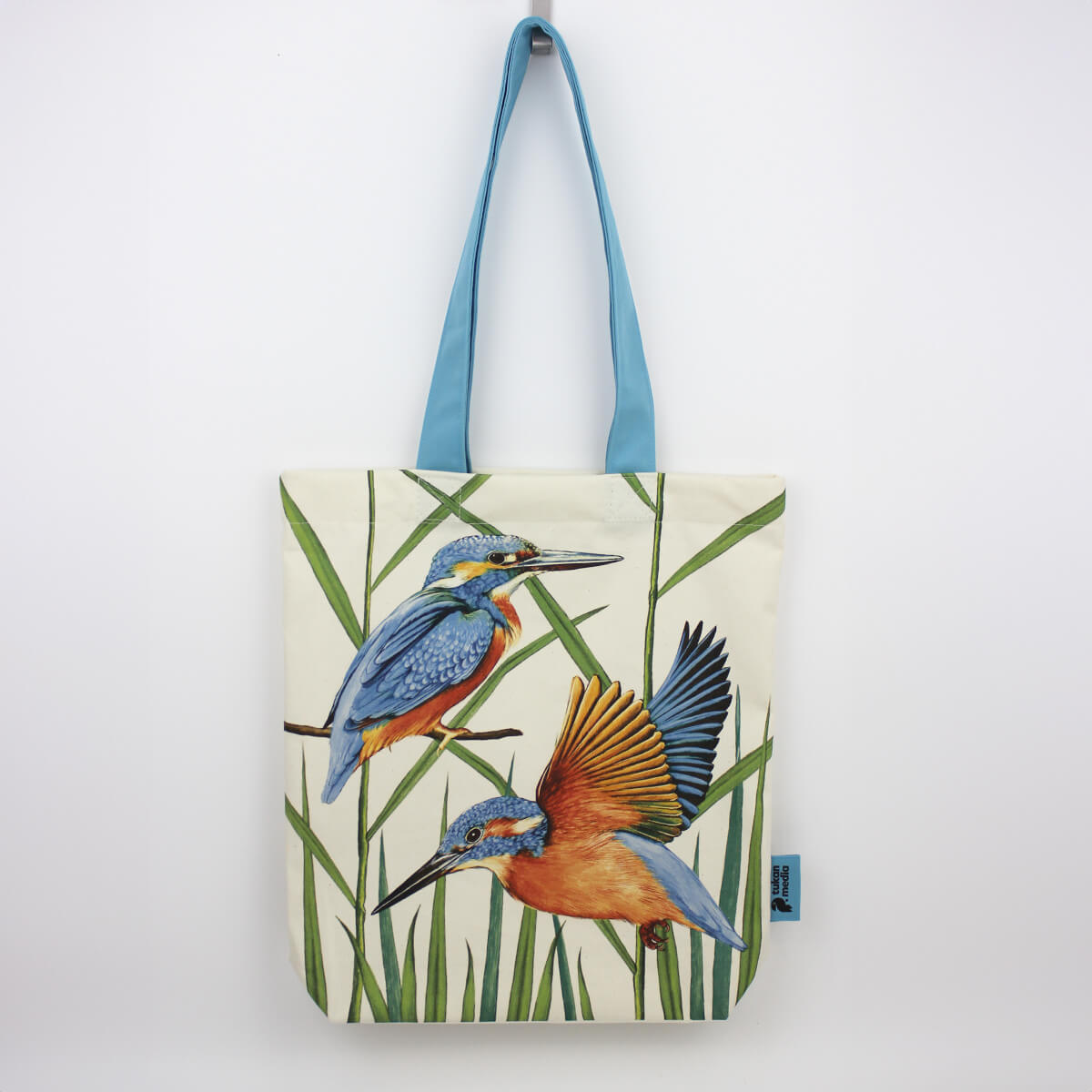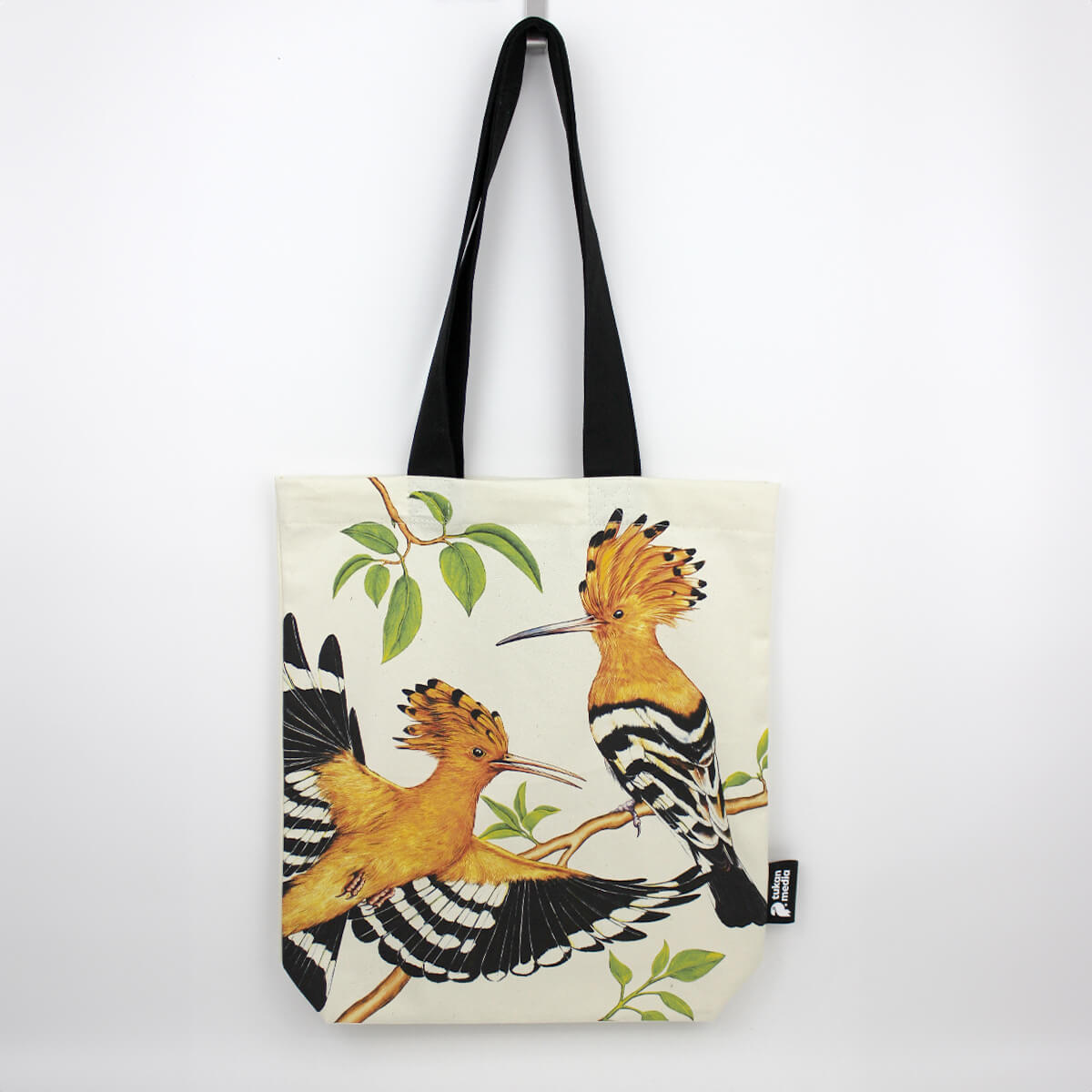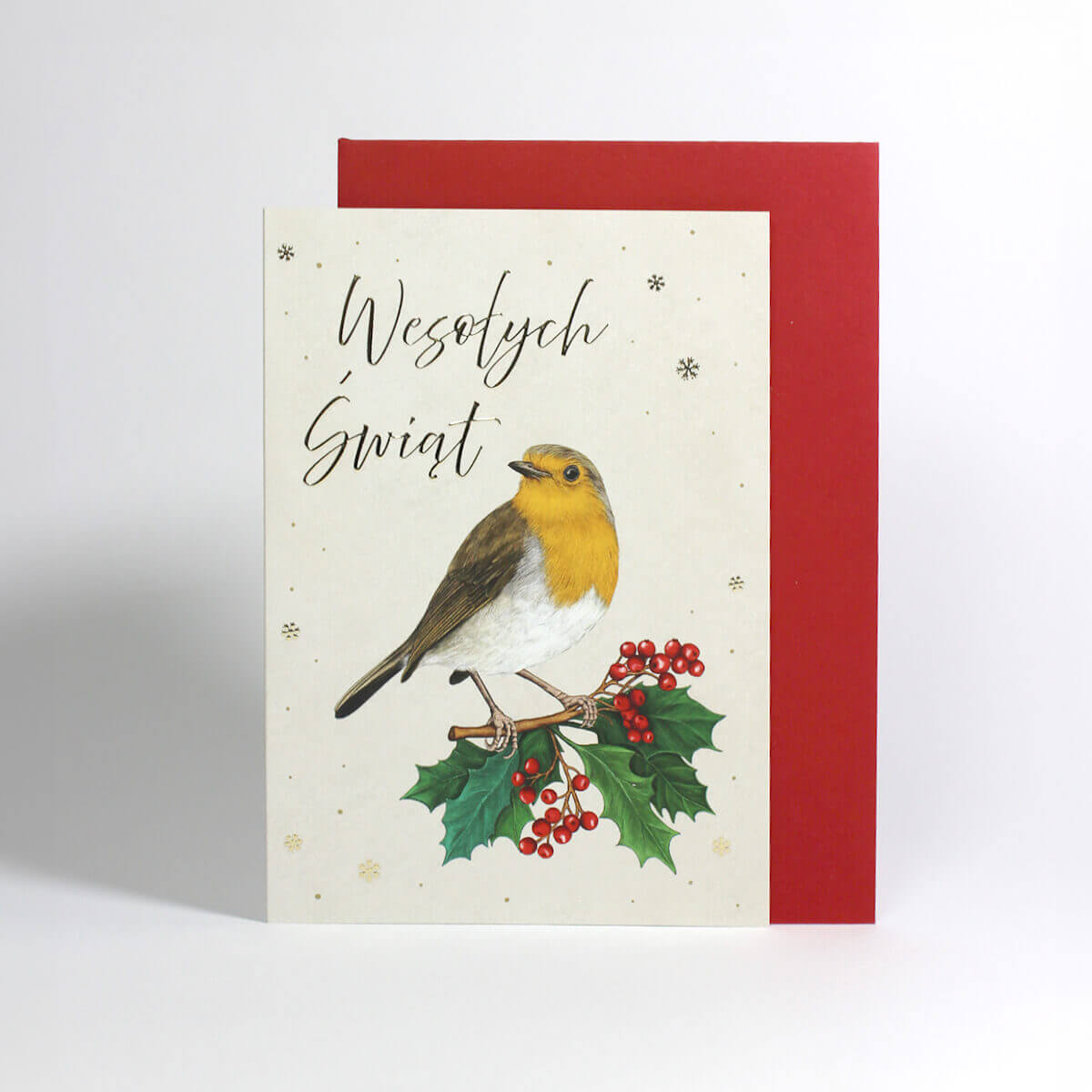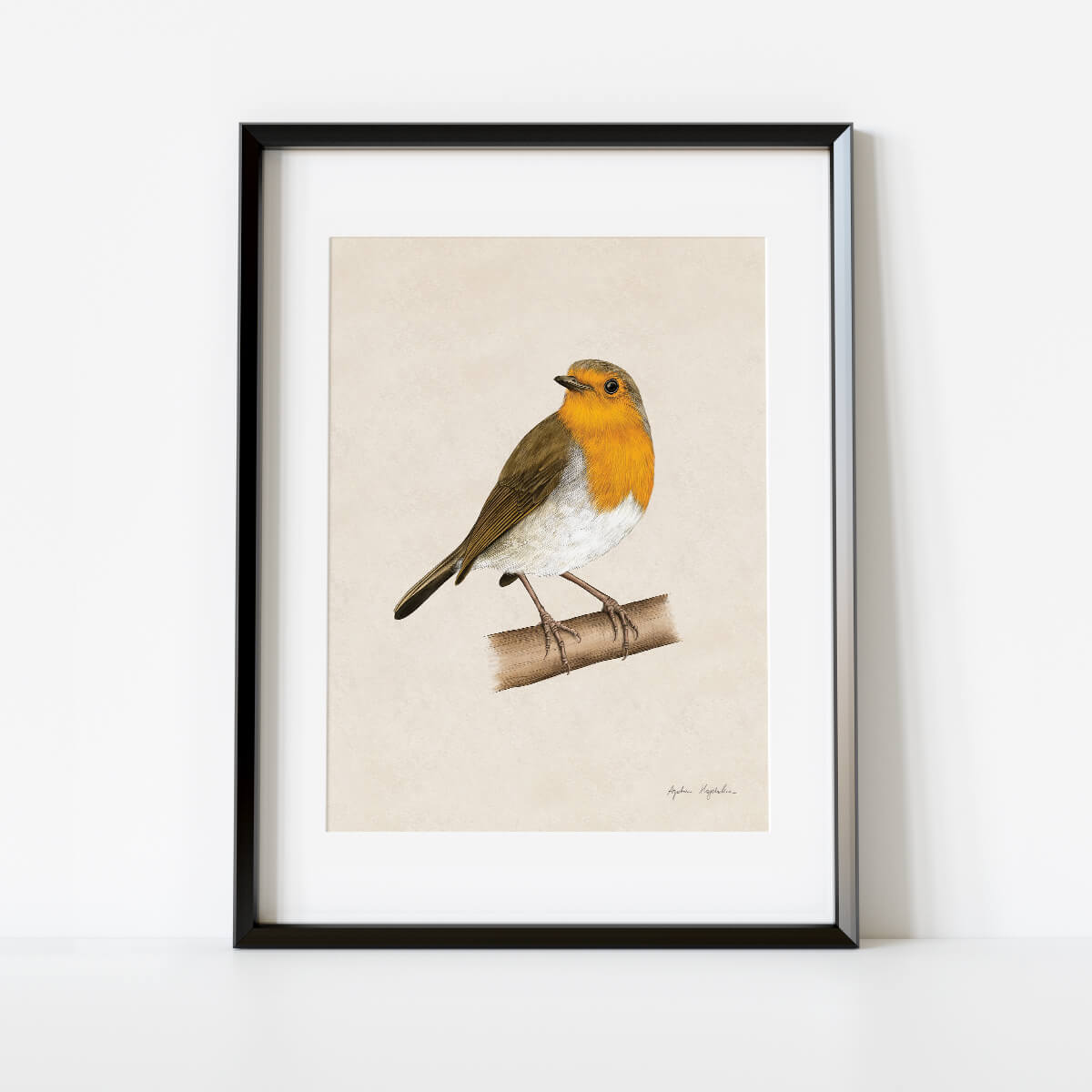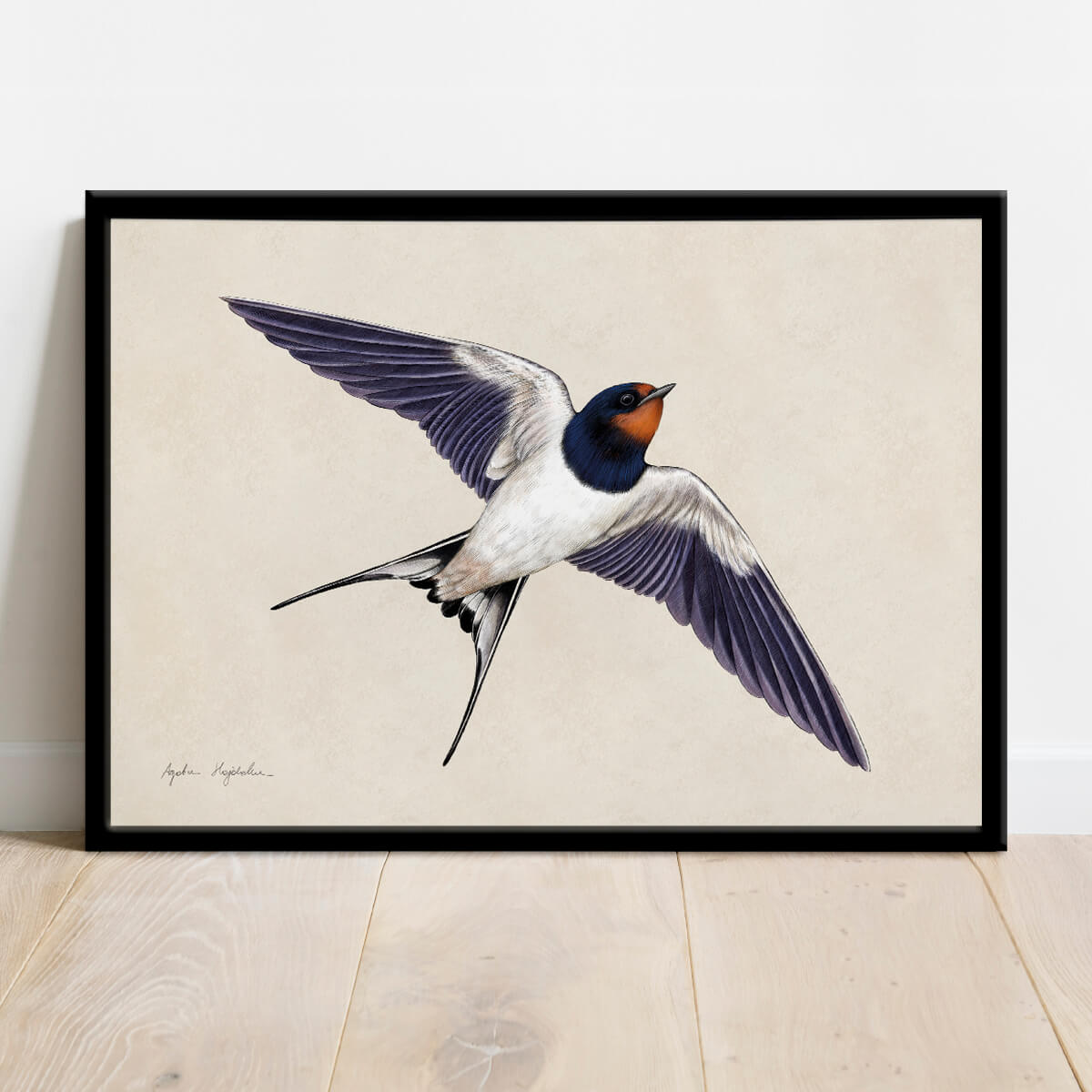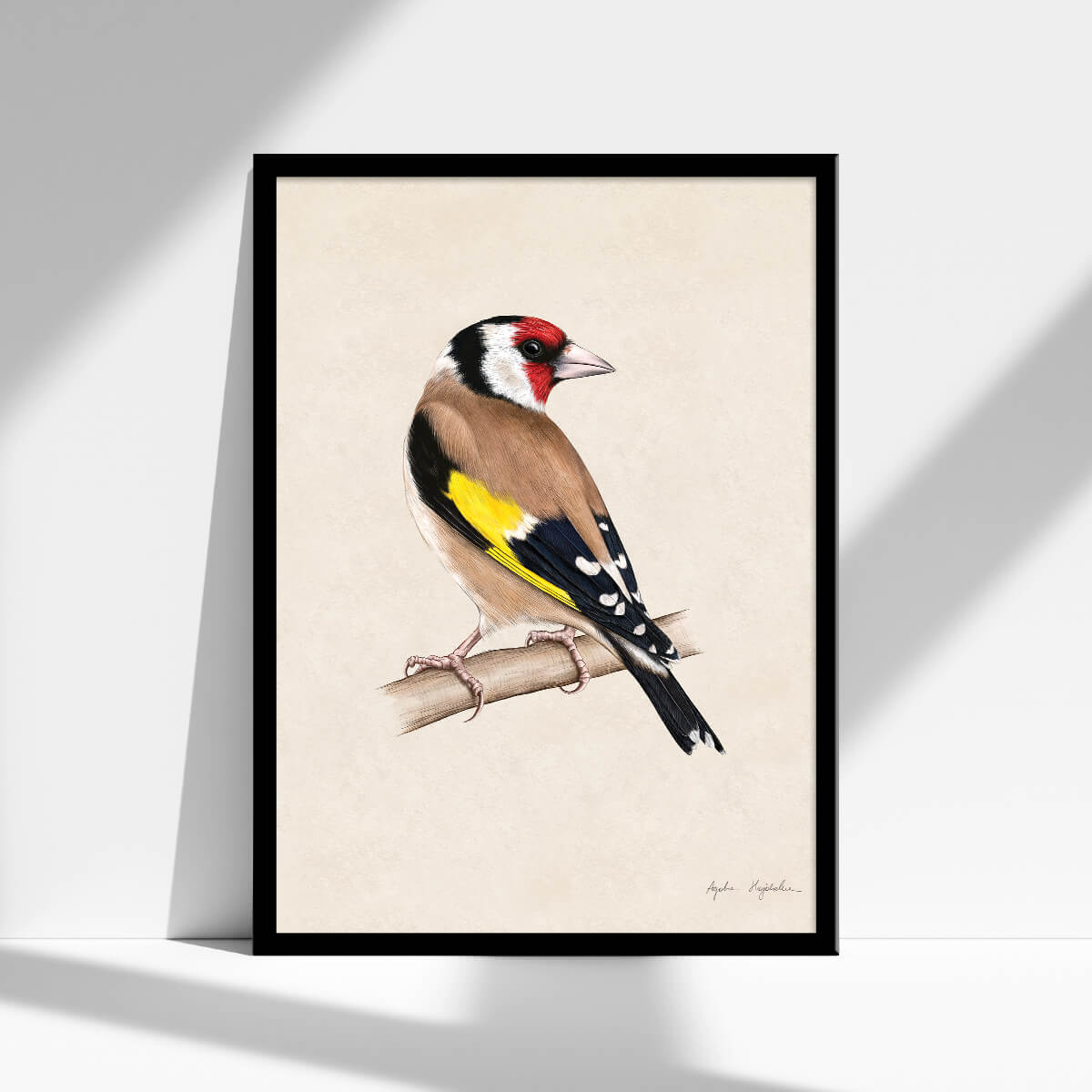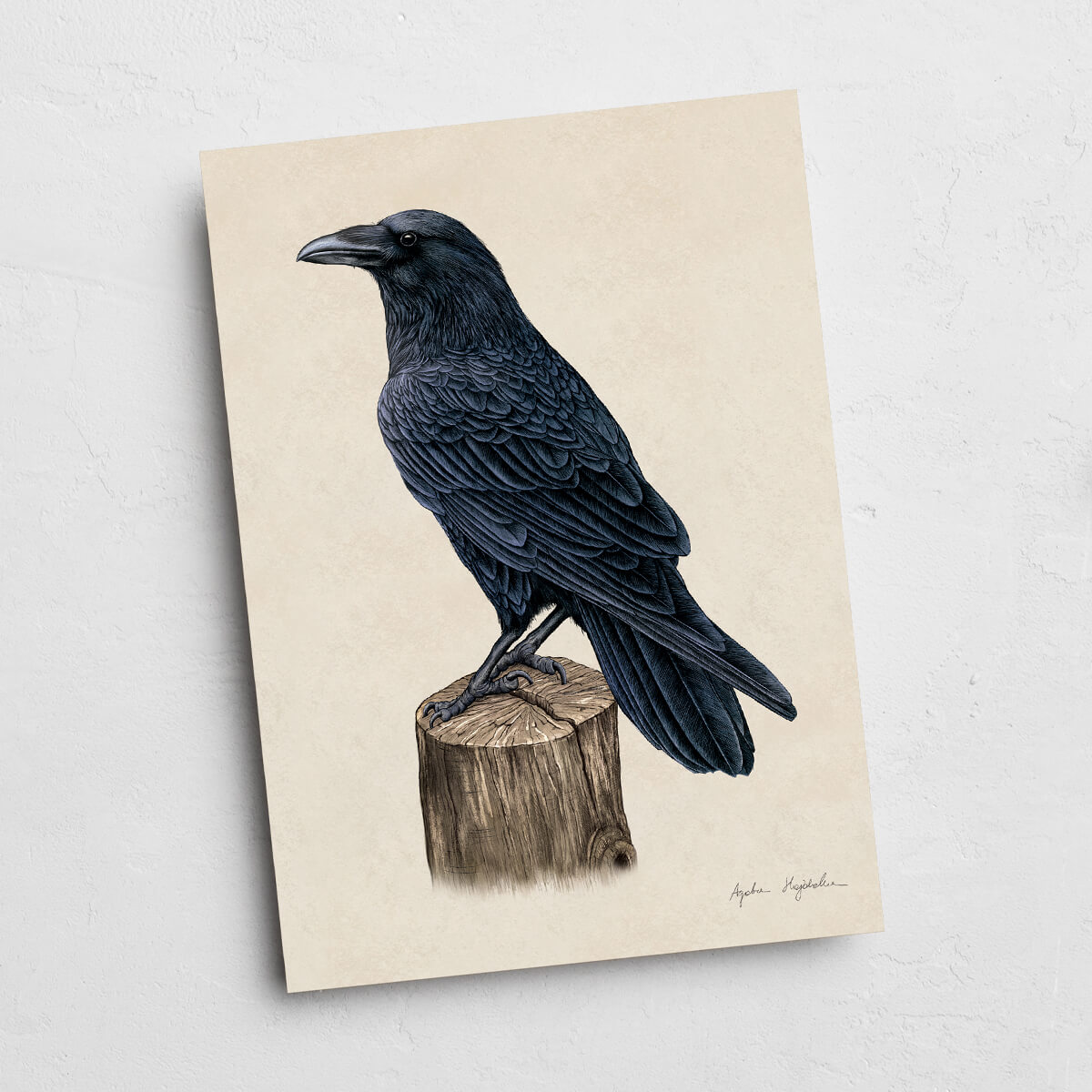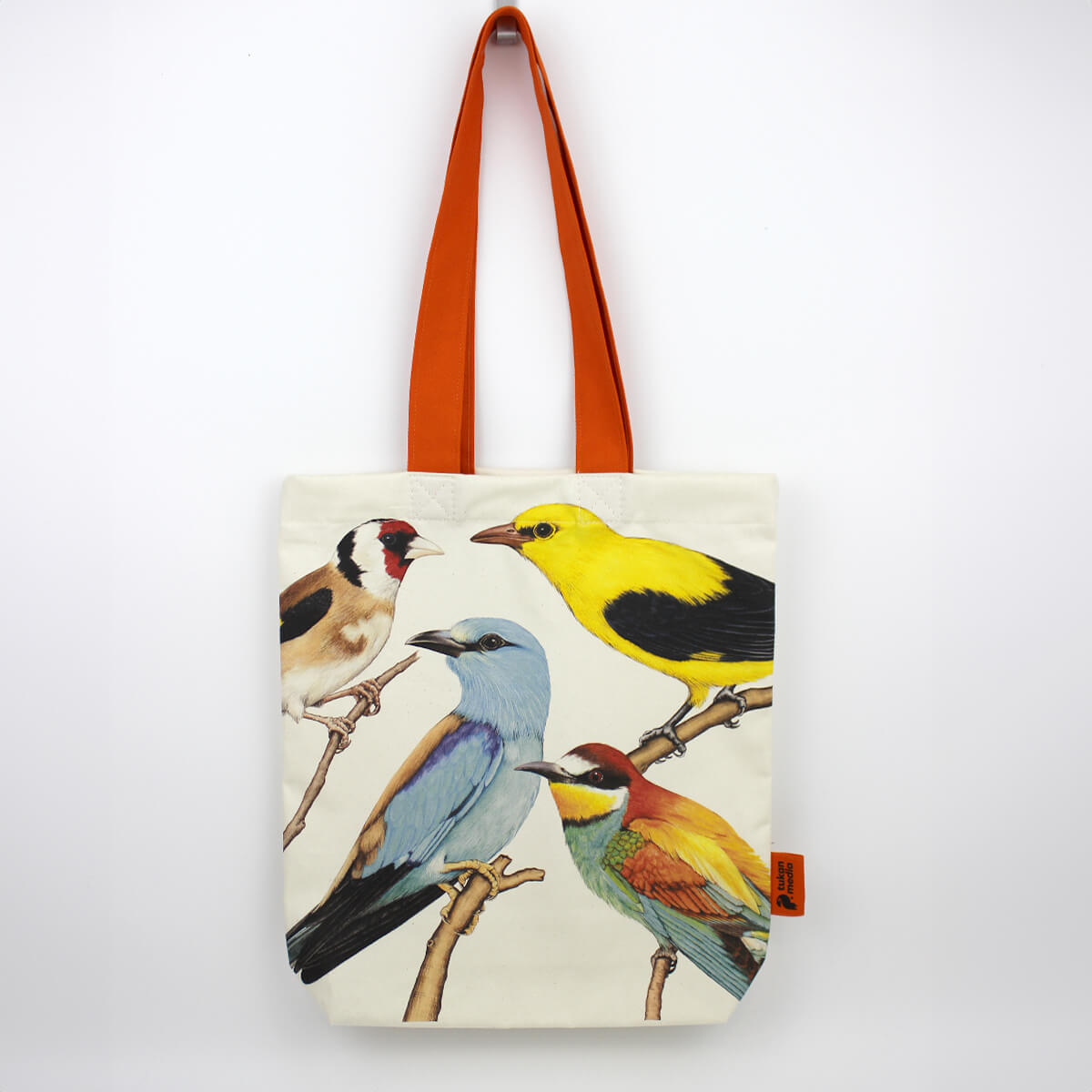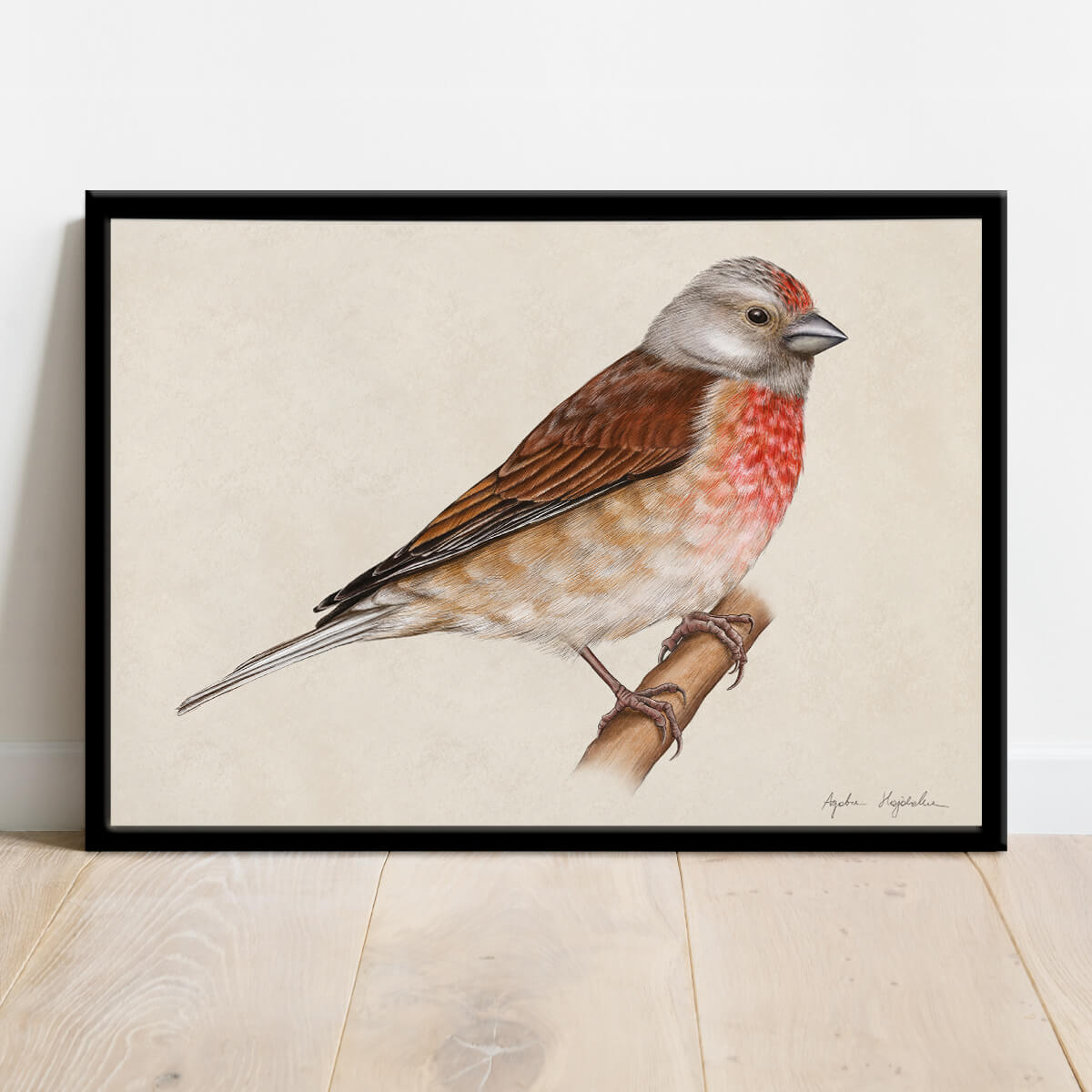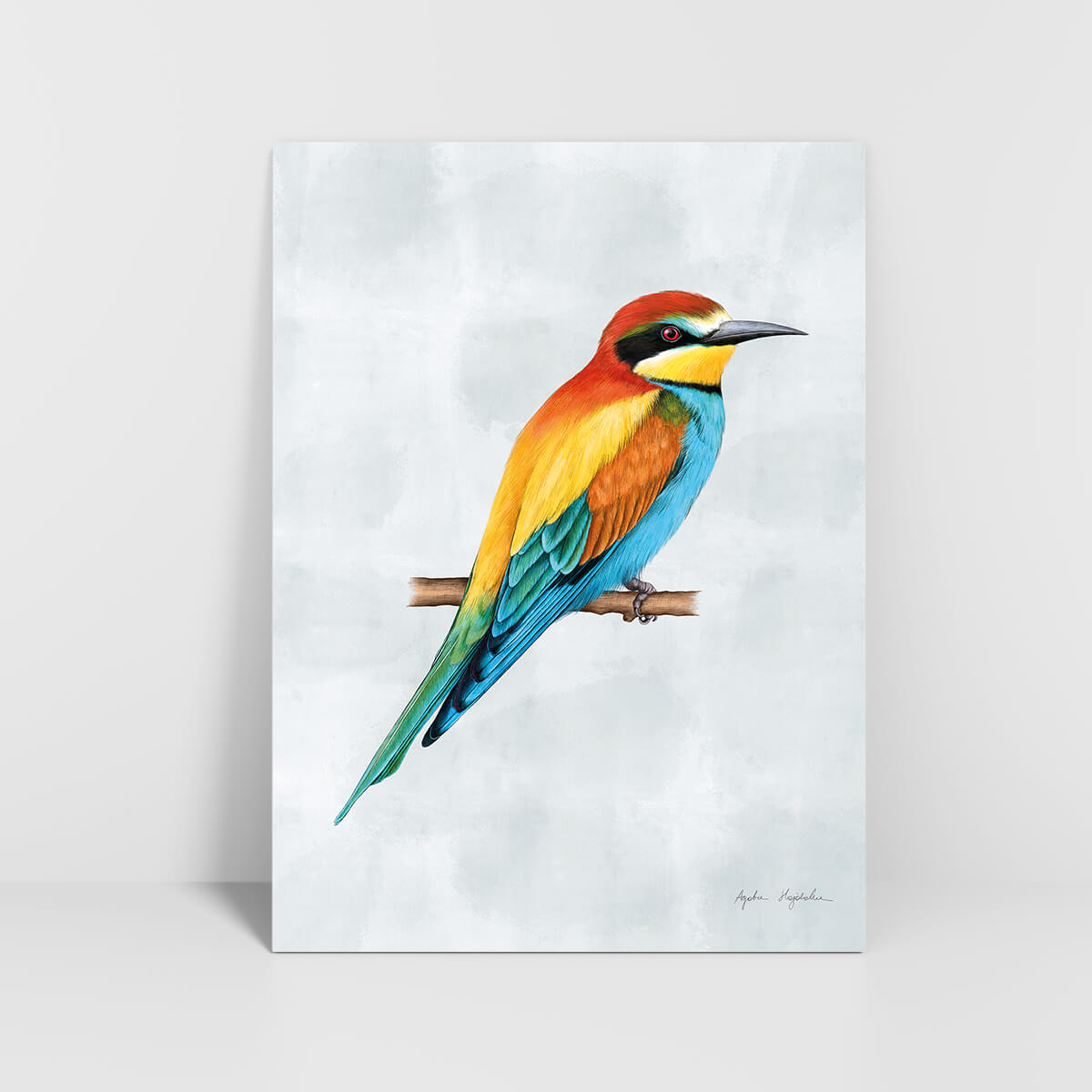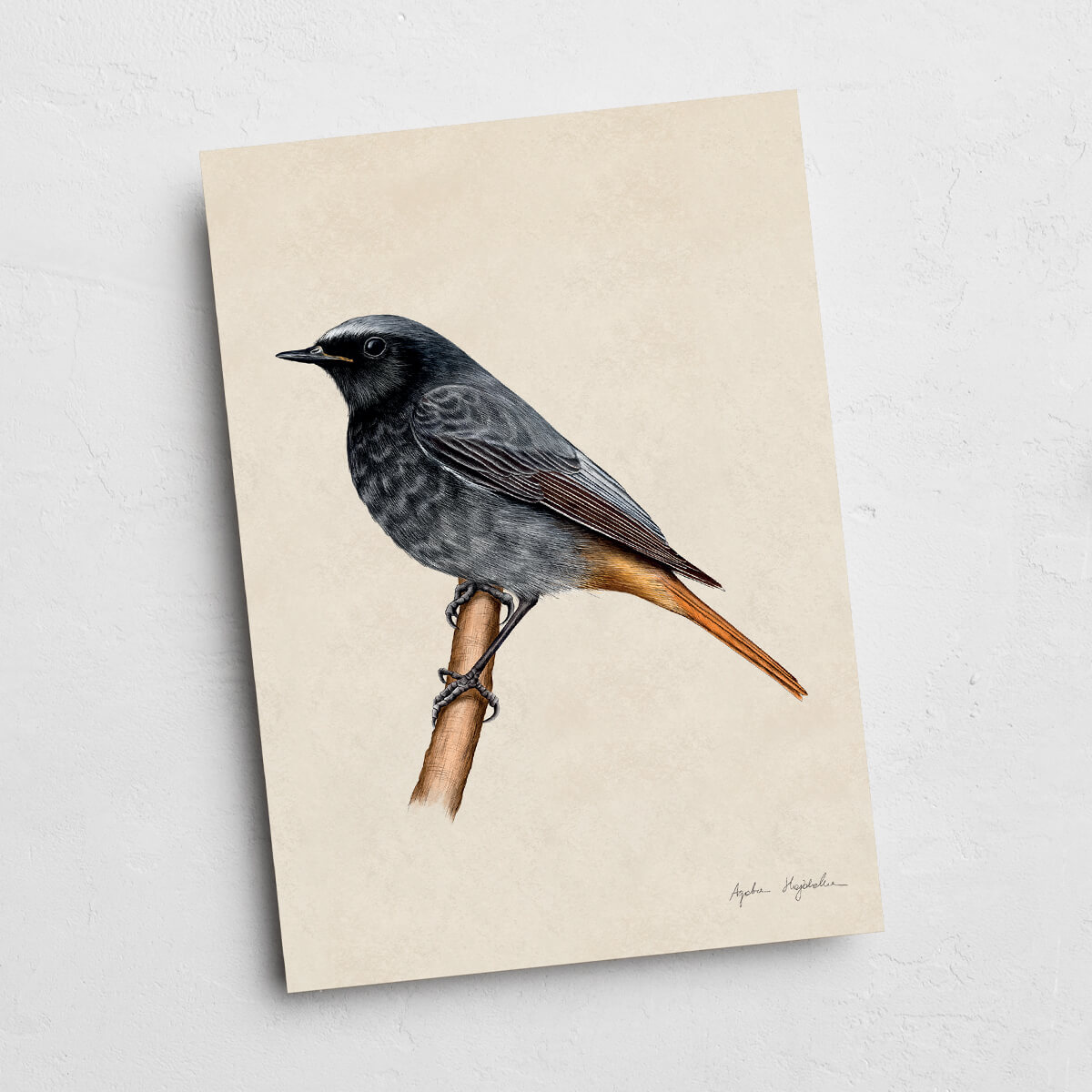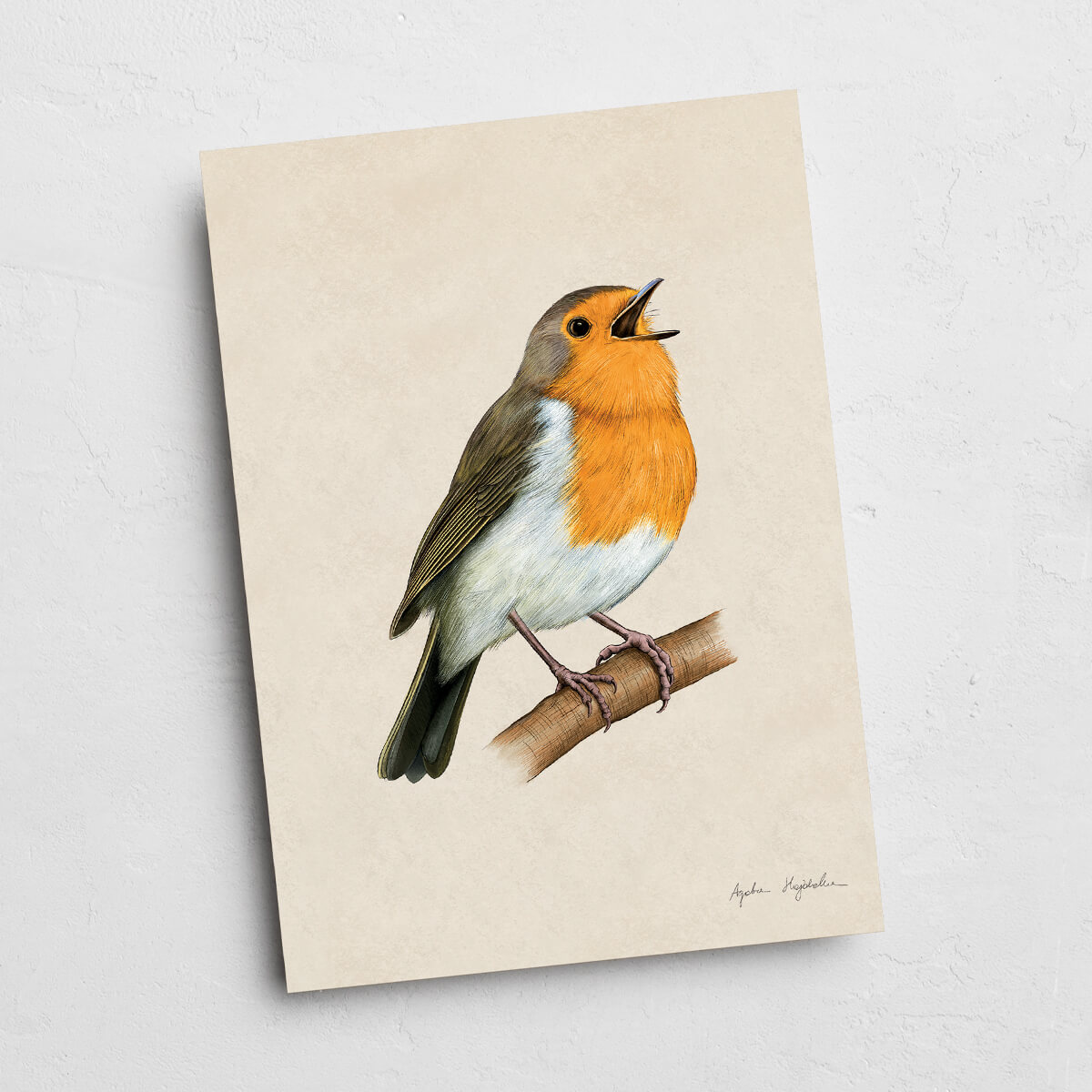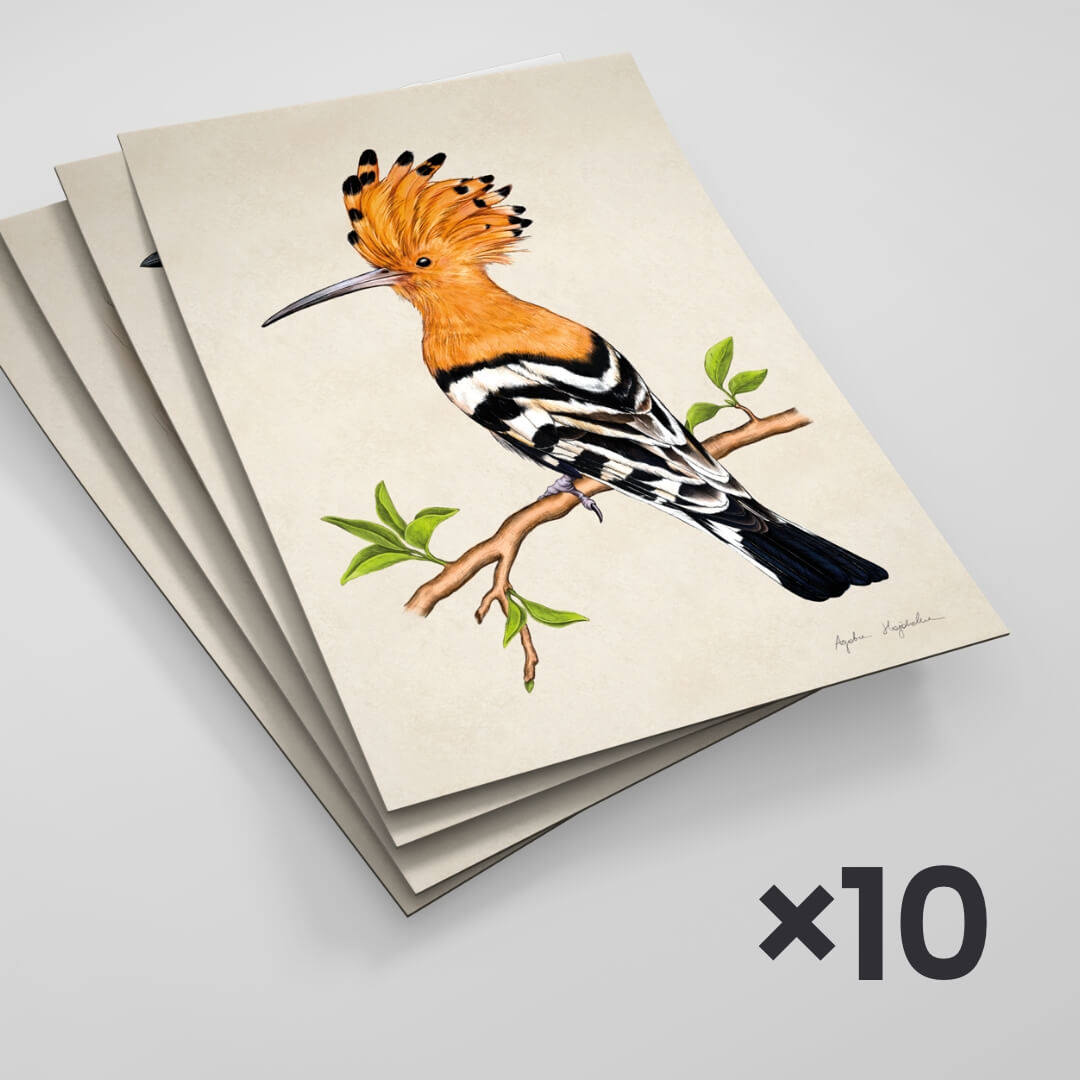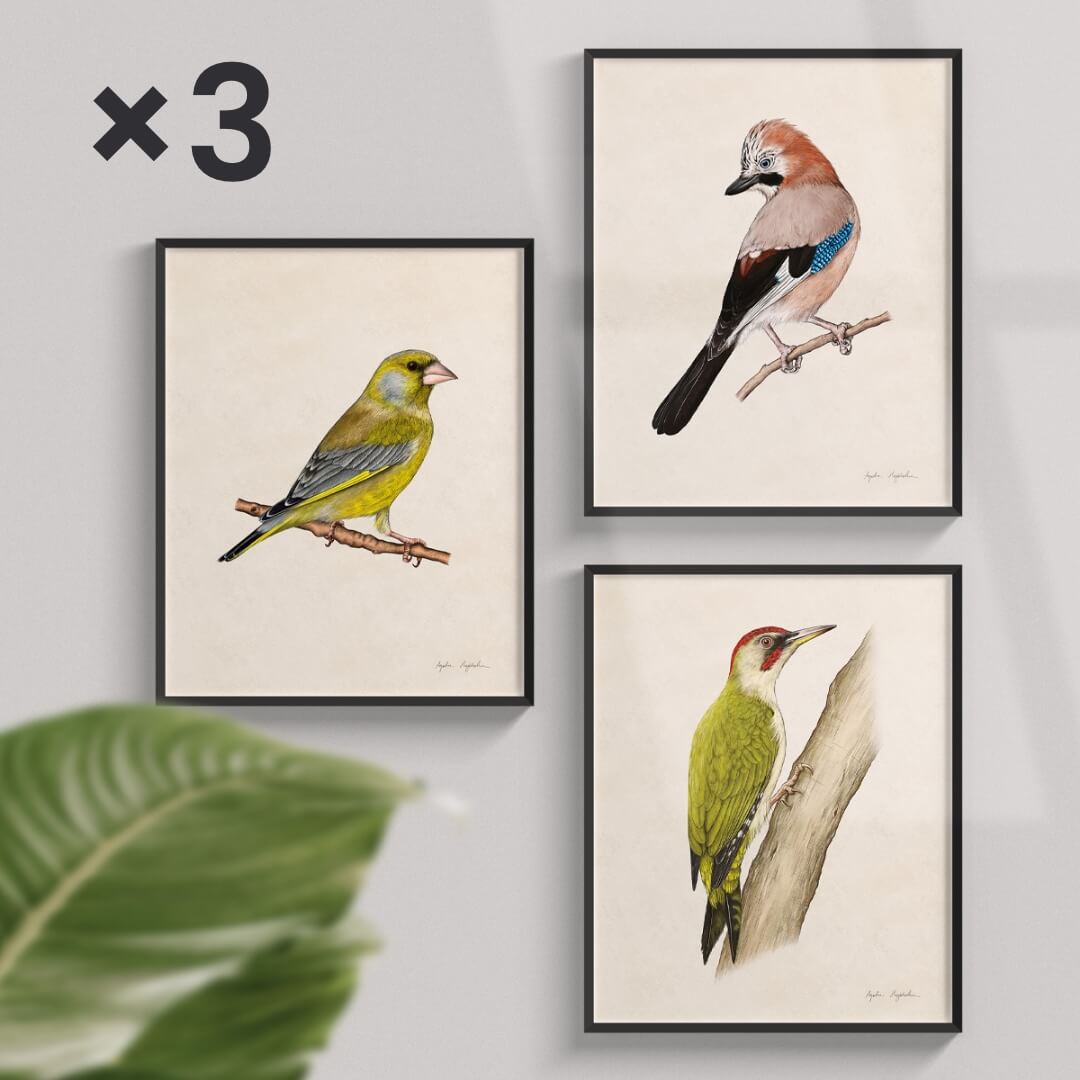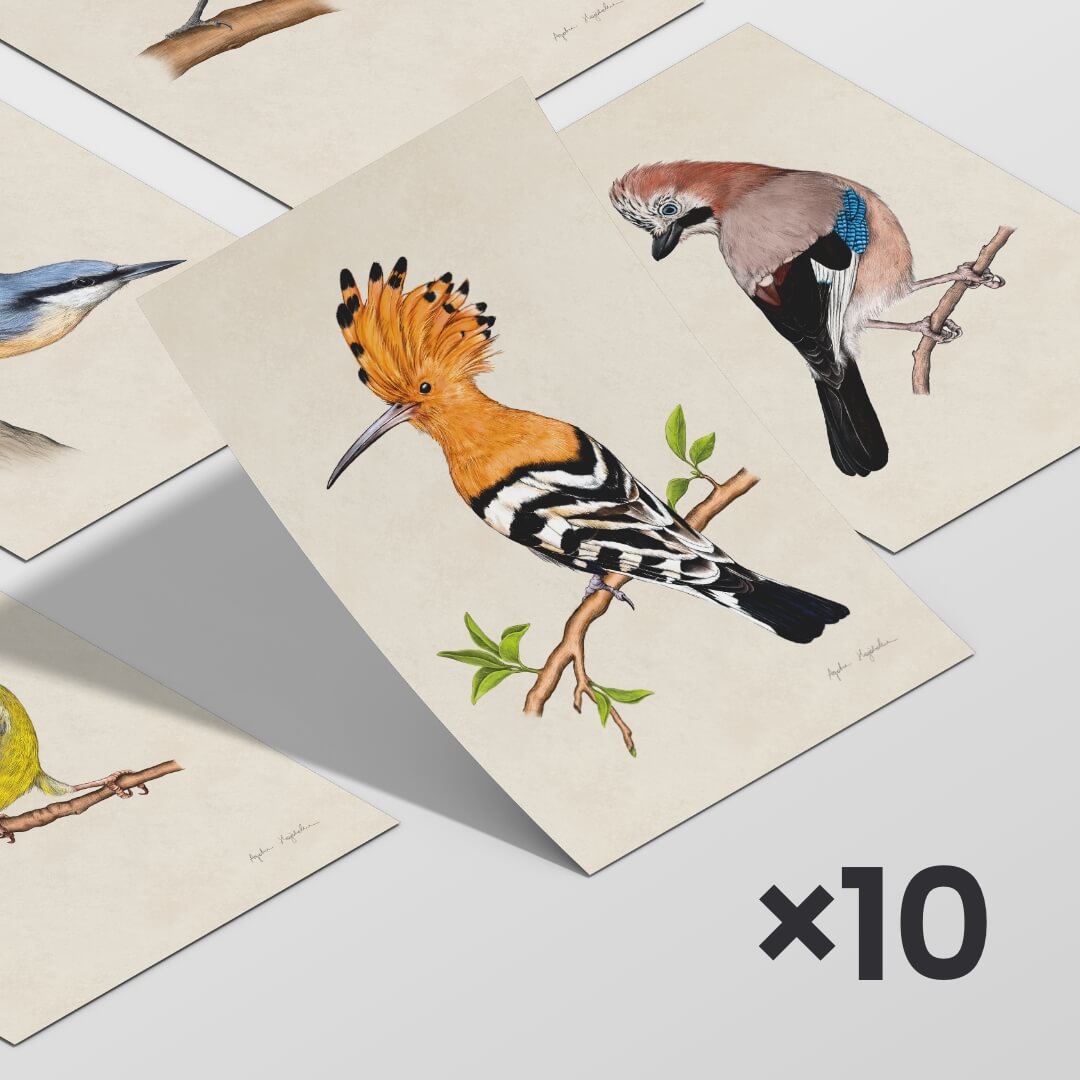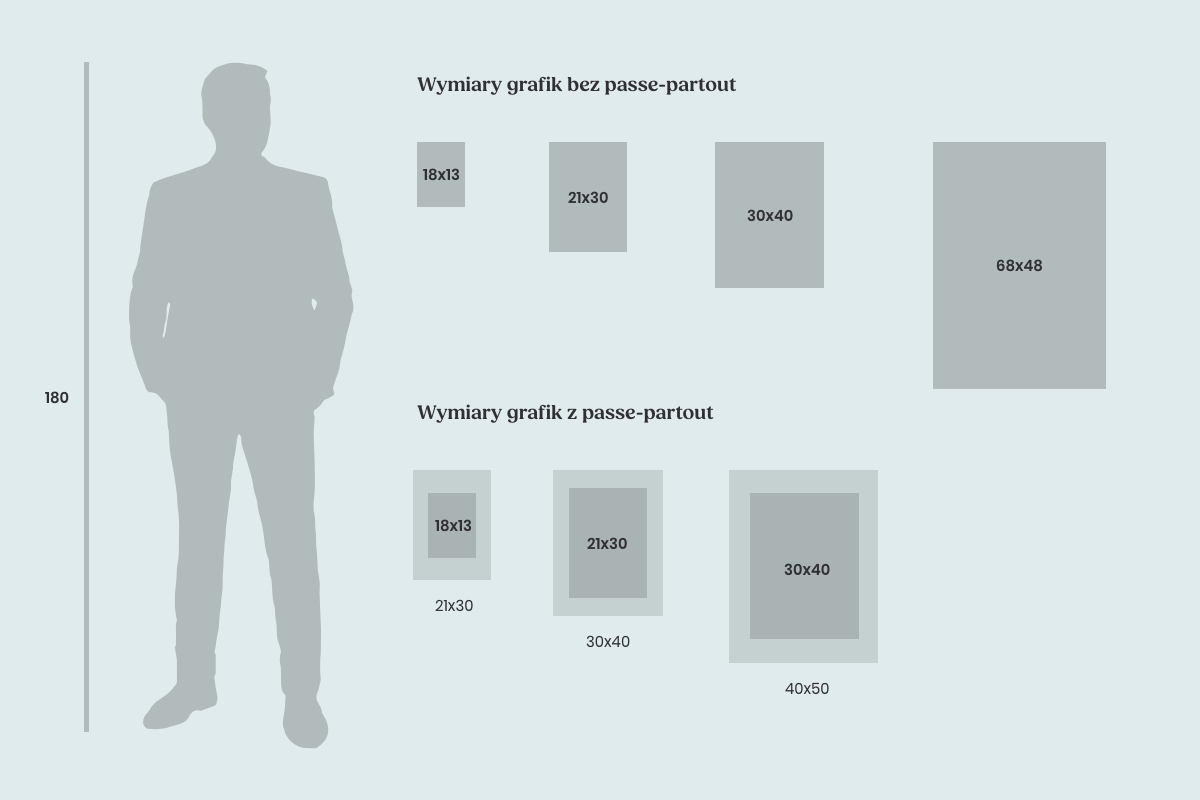- Tukan media
- Explore birds
- Redstart
Redstart
This small, just under fifteen-centimeter migratory bird arrives in our country in mid-April and departs in September. It builds its nests in spacious tree hollows or nesting boxes, crafting them from leaves and moss and lining them with feathers. It lays about 7 blue eggs in them, which it incubates for two weeks. After this time, the chicks hatch. Young Redstarts leave the nest after about 16 days. This species is protected in Poland. Redstarts are not very numerous birds; they don't draw much attention and avoid human settlements. Read on to discover a few interesting facts about this unassuming bird!
Redstart – occurrence
Wondering where you can encounter the Redstart? It can be found throughout the lowland areas of our country, preferring parks, orchards, and gardens, and also inhabiting forest edges. It's often seen in allotment gardens. It migrates to Africa for the winter, so if you want to observe it in nature, conduct your observations between April and September.
What does the Redstart look like?
First, it's worth noting the sexual dimorphism, which characterizes the Redstart – the male and female differ from each other, but both are characterized by a slender, upright silhouette and a specific tail-shaking behavior. As for the coloration:
- the chest and tail of the male are reddish, and he also has a black throat and sides of the head, with a white spot on the forehead; the rest of the body is grayish;
- the female's plumage is much less intense; the underside of her body is pale-buff, and the upper parts are grayish-brown. She closely resembles a female Black Redstart, which is why they are easily confused.
What does the Redstart eat?
What does the Redstart eat? Primarily insects, and in the autumn, berries as well. These birds hunt for flying insects during flight and also collect them from leaves, branches, or tree trunks. Females prefer to forage from the ground, while males often capture prey in flight.
Redstart - interesting facts worth knowing!
- Redstarts can eat more insects within eight hours than they weigh themselves - if they consume less than 10g of insects per day, they die of starvation.
- It's the male that chooses the nest cavity and invites the female by spreading his reddish tail wide.
- These birds are not very demanding when it comes to nesting places – they sometimes surprise ornithologists by choosing damaged and old nesting boxes as their place of residence.
- Due to the fact that Redstarts nest in semi-open boxes and cavities with wide entrance holes, they often become unwitting foster parents to cuckoo eggs – both Redstart and cuckoo eggs are turquoise in color, making them easily confused.
- By crouching and flicking their tails, Redstarts display their affiliation to the species.
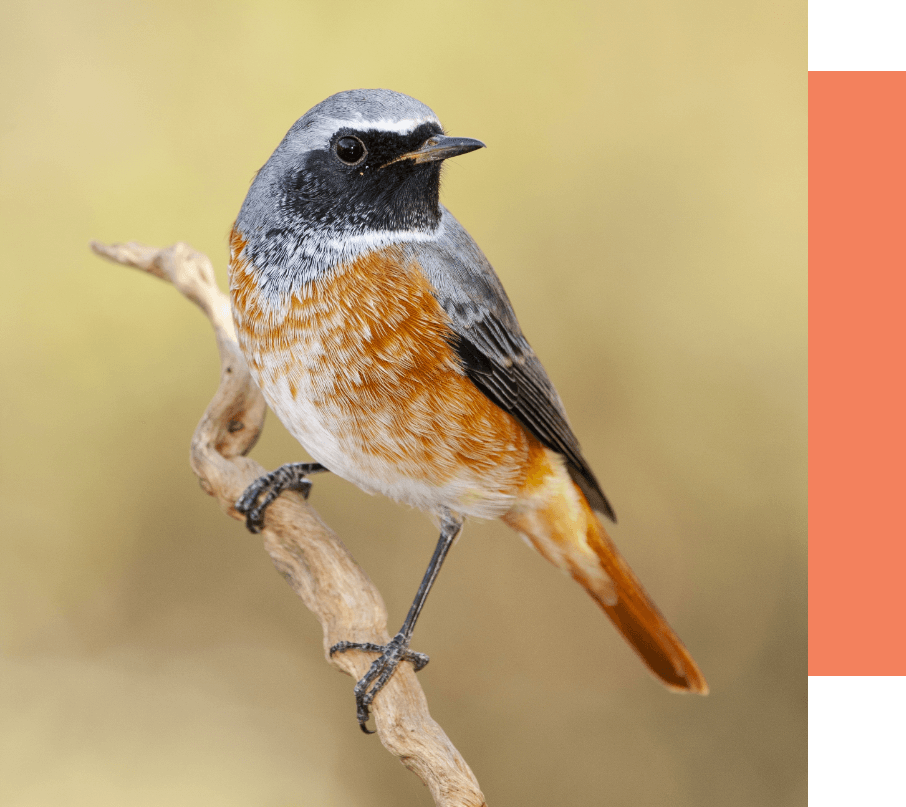
Listen to the voice
Gadgets with a Redstart illustration
If this little bird has piqued your interest, be sure to check out products from my collection featuring the Redstart's image. Delight in illustrations depicting this species and use them to learn how to recognize it in nature!
View products with redstart
267.00 zł 230.00 zł
89.00 zł
60.00 zł – 120.00 zł
20.00 zł – 120.00 zł
Redstart - Additional Information
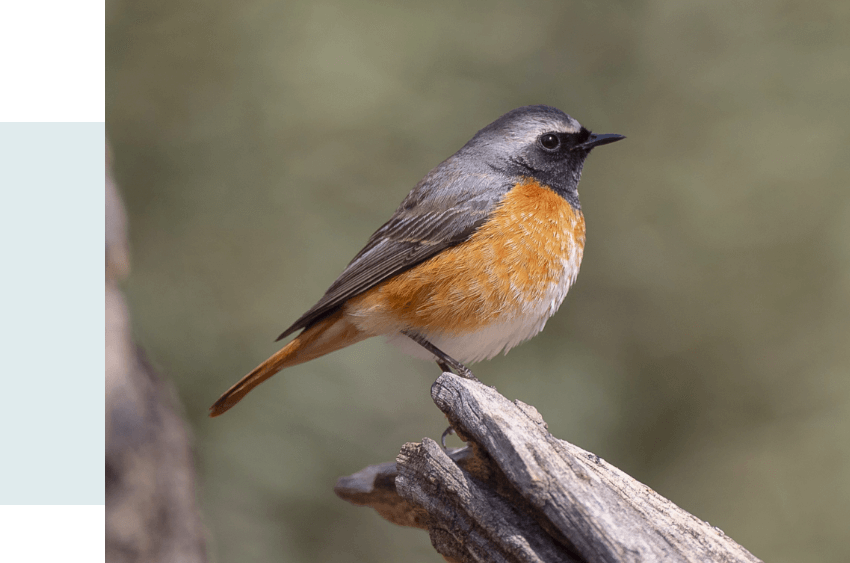
Redstart
Phoenicurus phoenicurus
Family
Thrushes
Locations of Occurrence
The entire lowland area of the country
Food
Insects, and in the autumn, berries as well
Population
A rare breeding bird
Migrations
Migratory, arrival: April, departure: September
Breeding
6-7 blue eggs. Incubation: 13-14 days. Young birds leave the nest after 14-16 days
See other products with birds
89.00 zł
89.00 zł
20.00 zł – 120.00 zł
20.00 zł – 120.00 zł
20.00 zł – 120.00 zł
60.00 zł – 120.00 zł
20.00 zł – 120.00 zł
20.00 zł – 120.00 zł
20.00 zł – 120.00 zł
267.00 zł 230.00 zł
553.00 zł 499.00 zł
400.00 zł 375.00 zł
464.00 zł 439.00 zł
237.00 zł 225.00 zł
150.00 zł 143.00 zł
174.00 zł 165.00 zł
89.00 zł
50.00 zł
50.00 zł
58.00 zł
79.00 zł
79.00 zł
79.00 zł
79.00 zł
79.00 zł
50.00 zł
50.00 zł
50.00 zł
50.00 zł
50.00 zł
89.00 zł
89.00 zł
20.00 zł – 120.00 zł
20.00 zł – 120.00 zł
20.00 zł – 120.00 zł
20.00 zł – 120.00 zł
89.00 zł
20.00 zł – 120.00 zł
20.00 zł – 120.00 zł
60.00 zł – 120.00 zł
20.00 zł – 120.00 zł
20.00 zł – 120.00 zł
20.00 zł – 120.00 zł
600.00 zł 500.00 zł
160.00 zł – 320.00 zł
450.00 zł 400.00 zł
